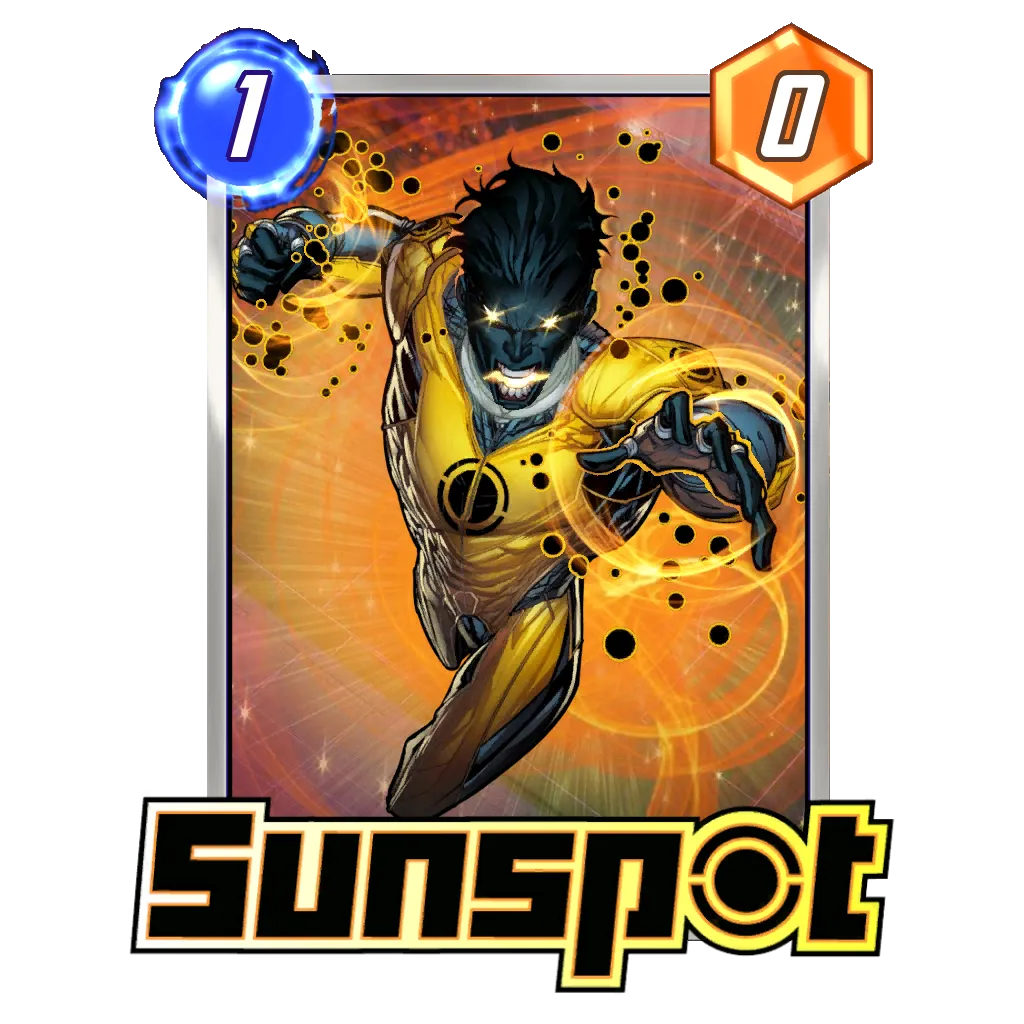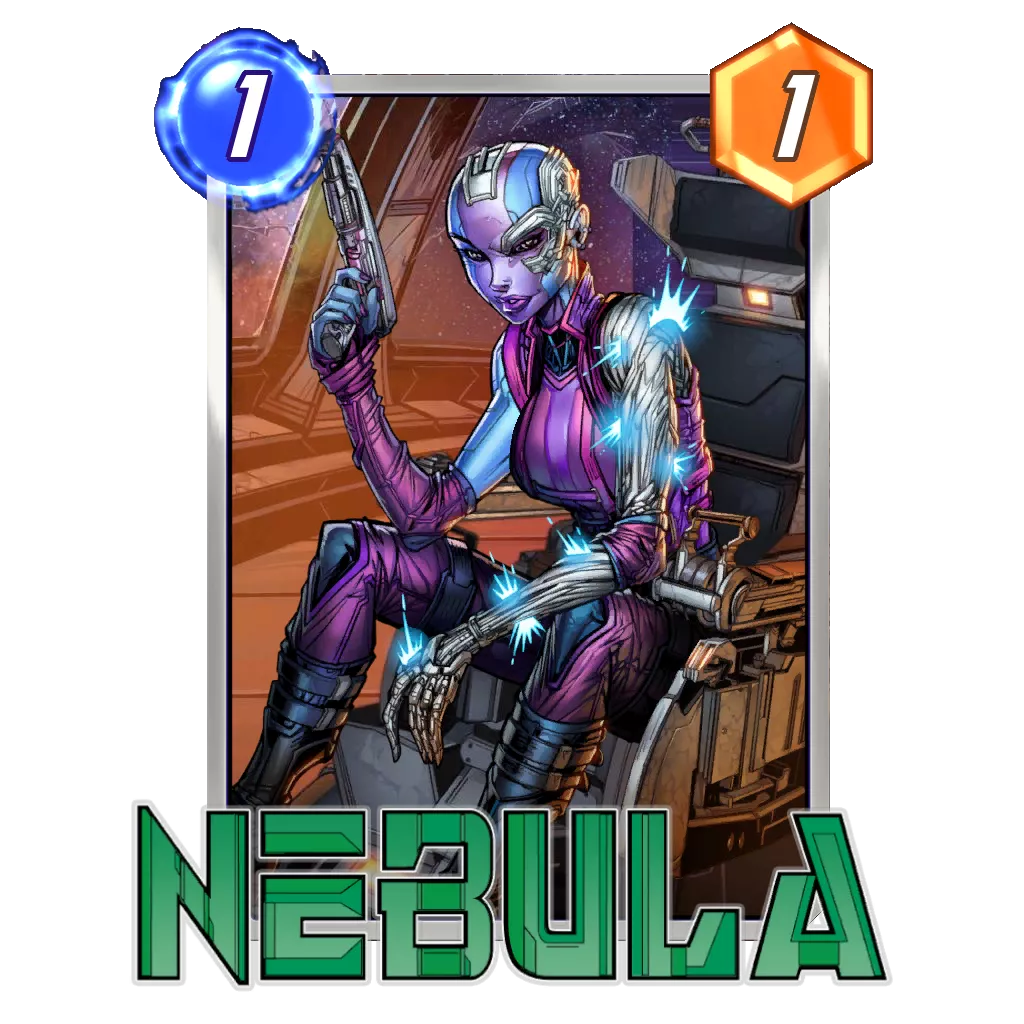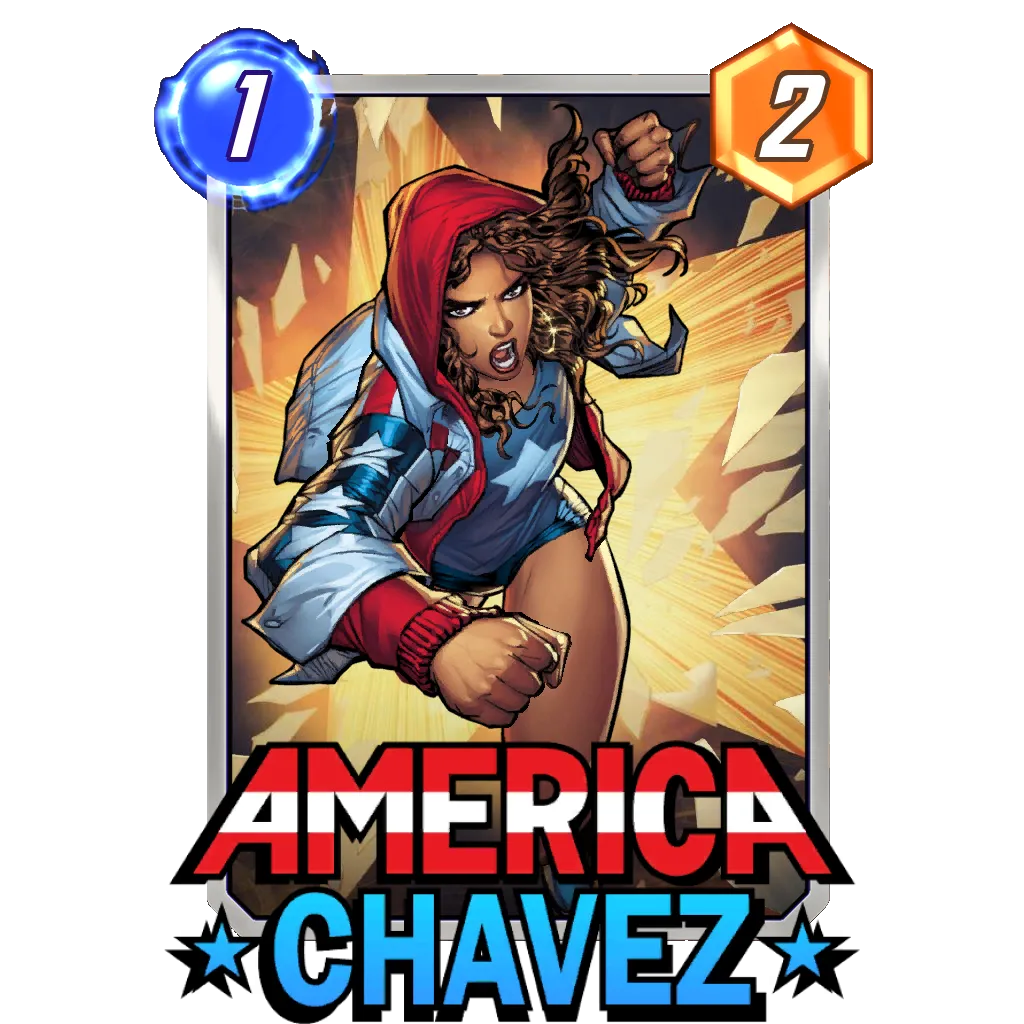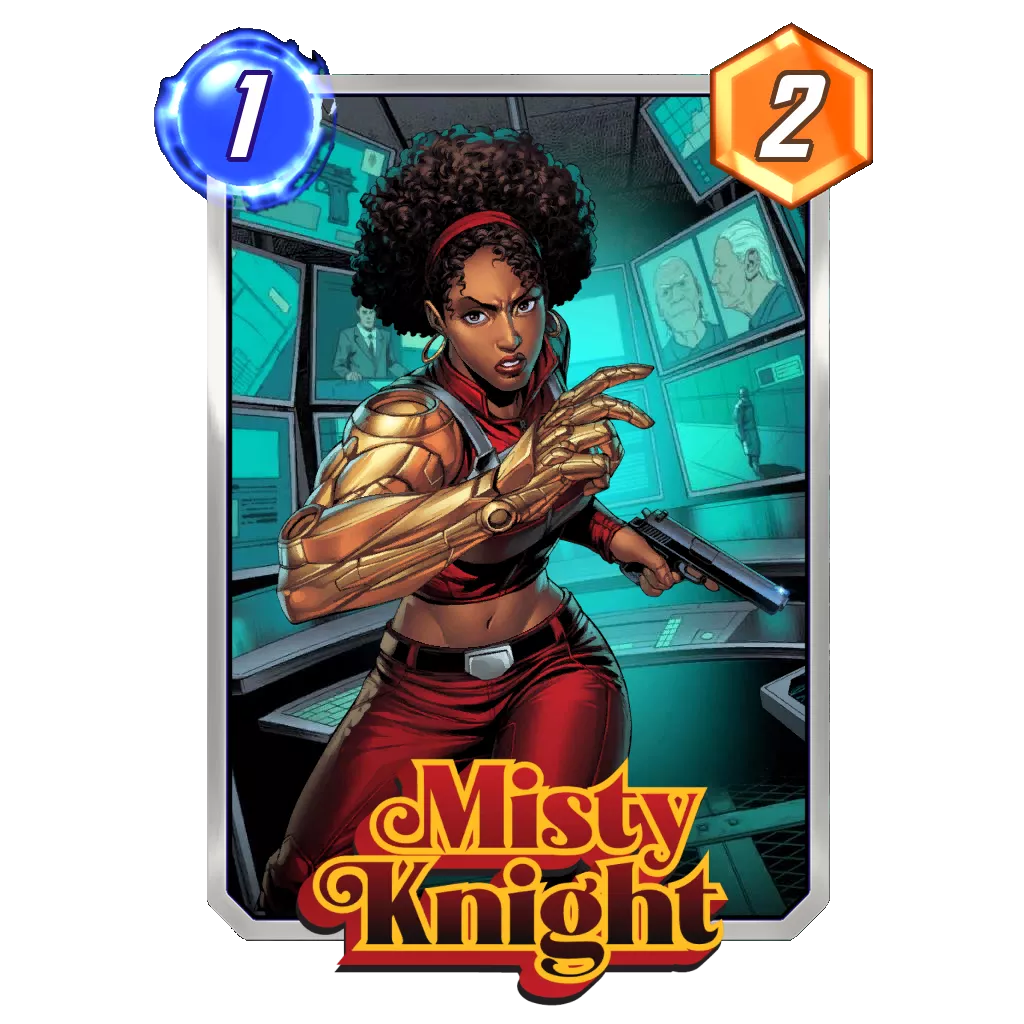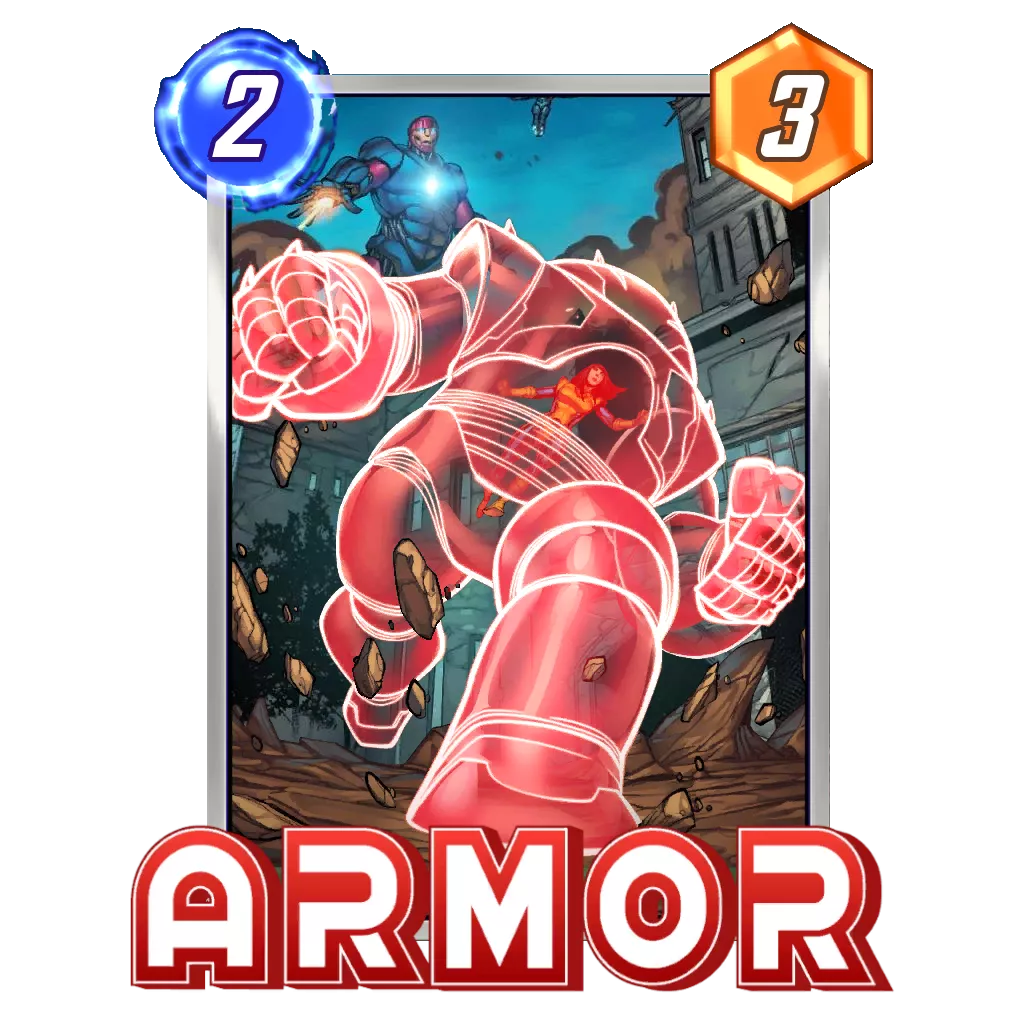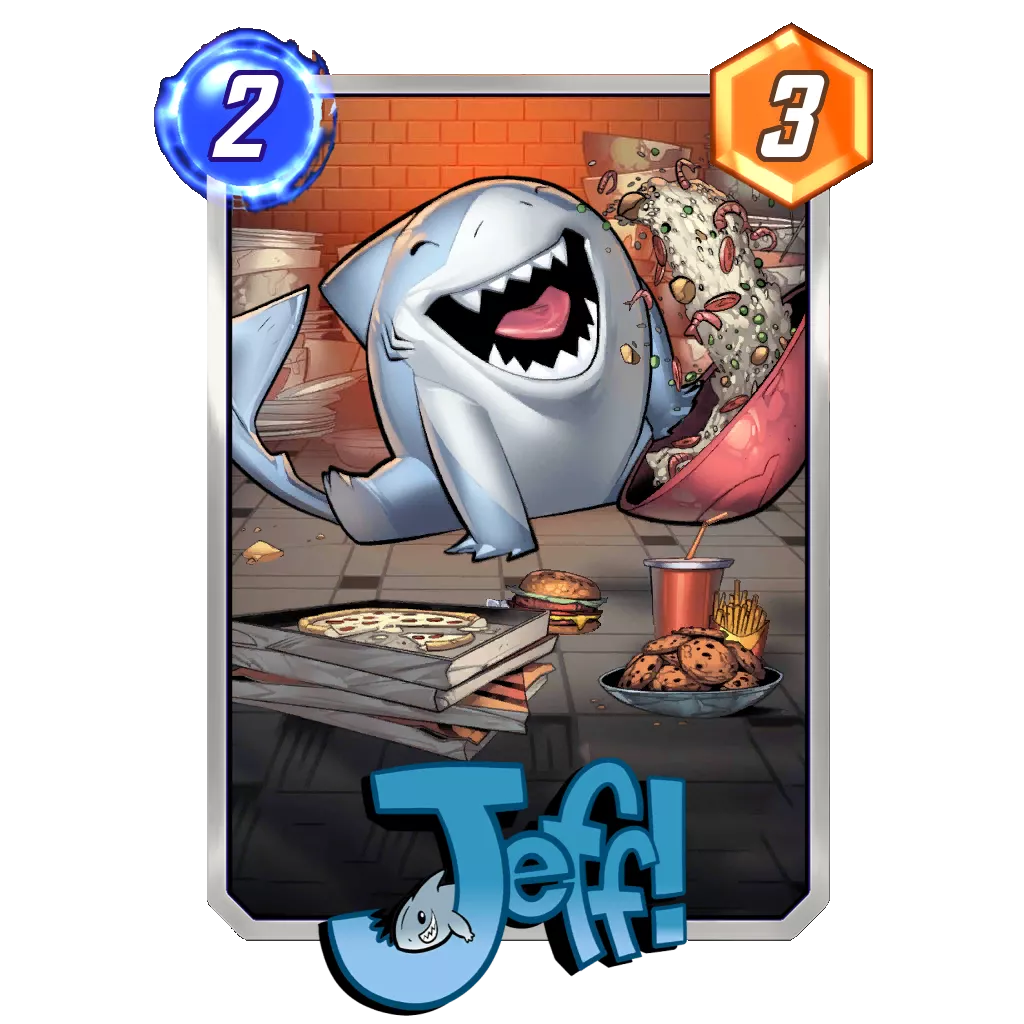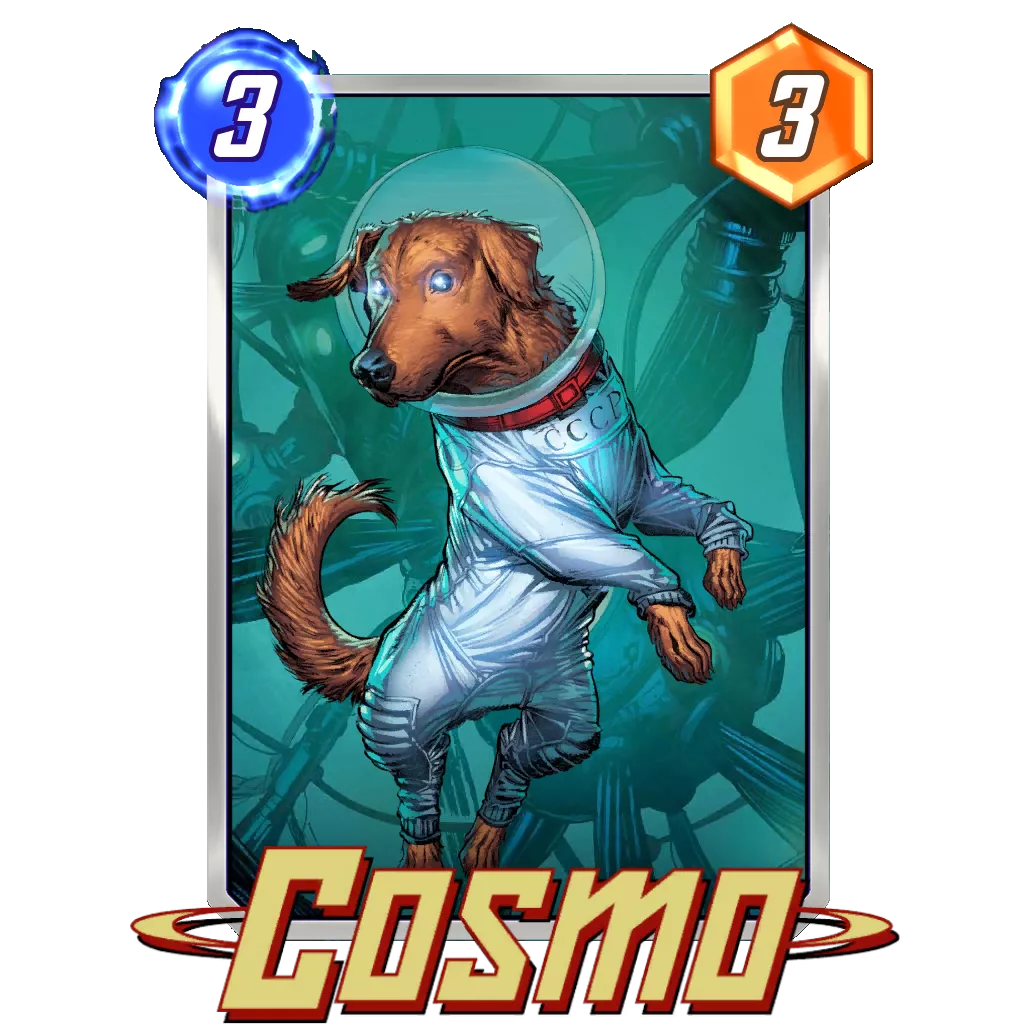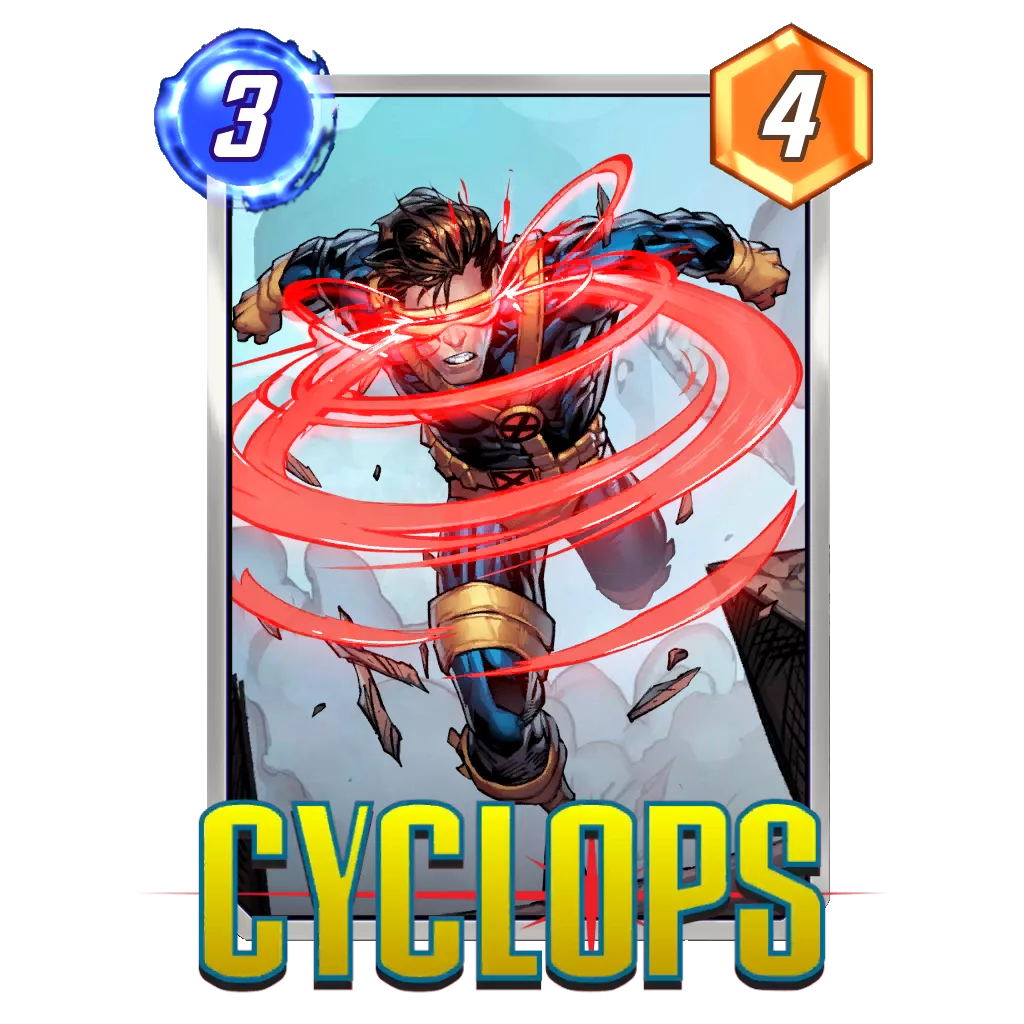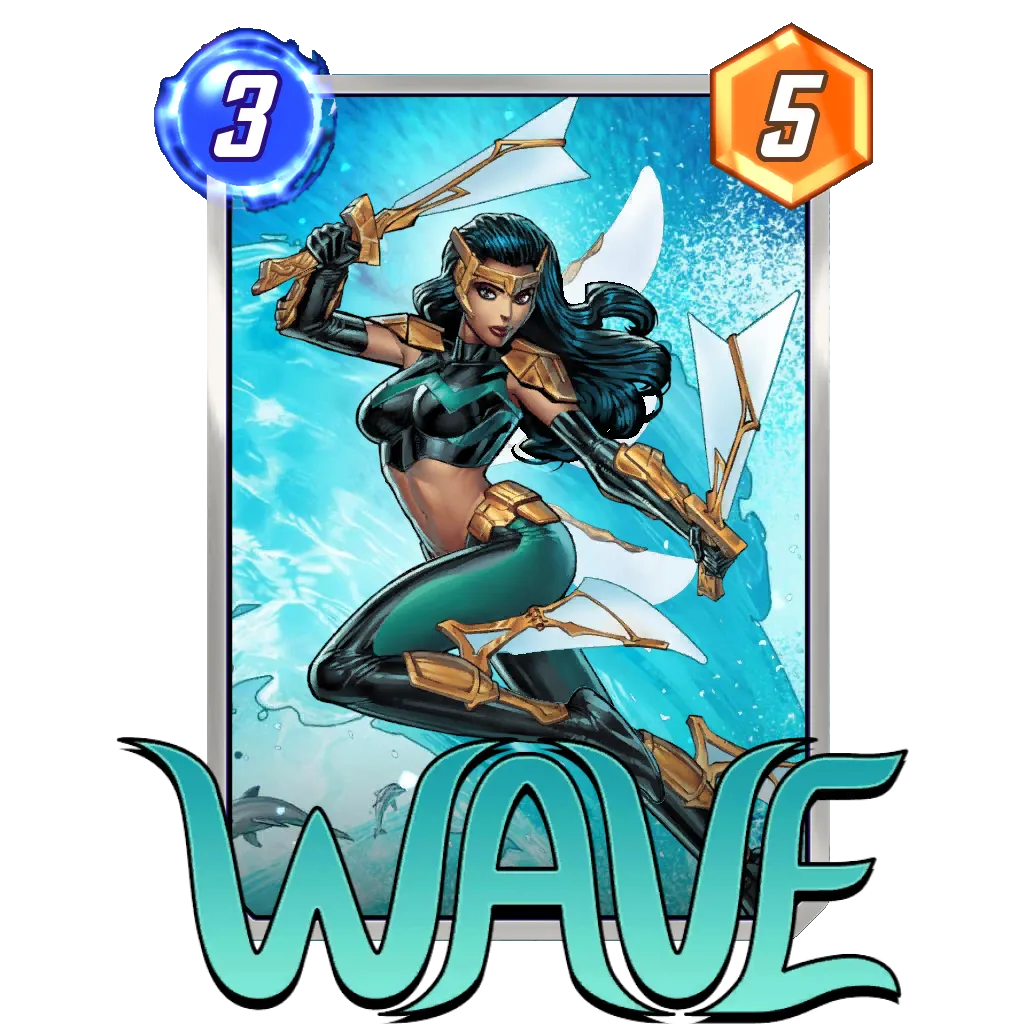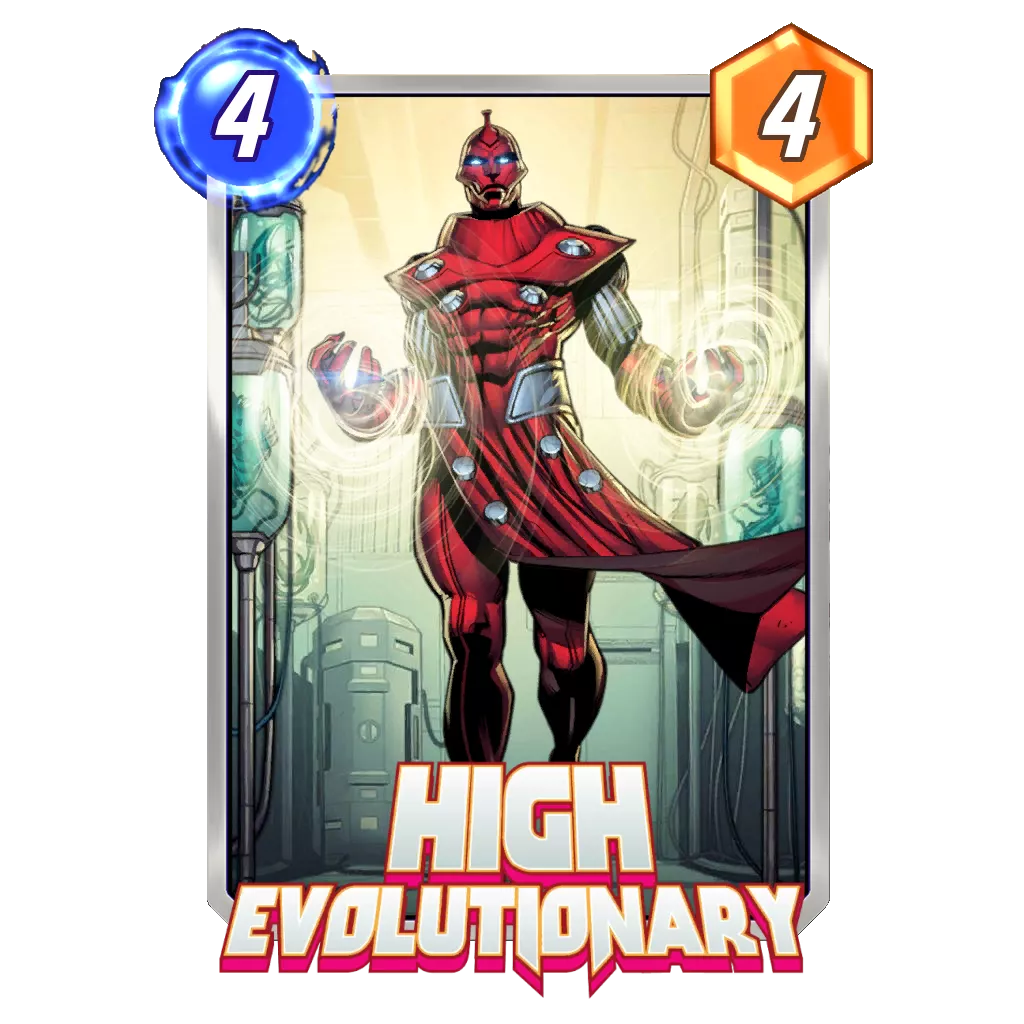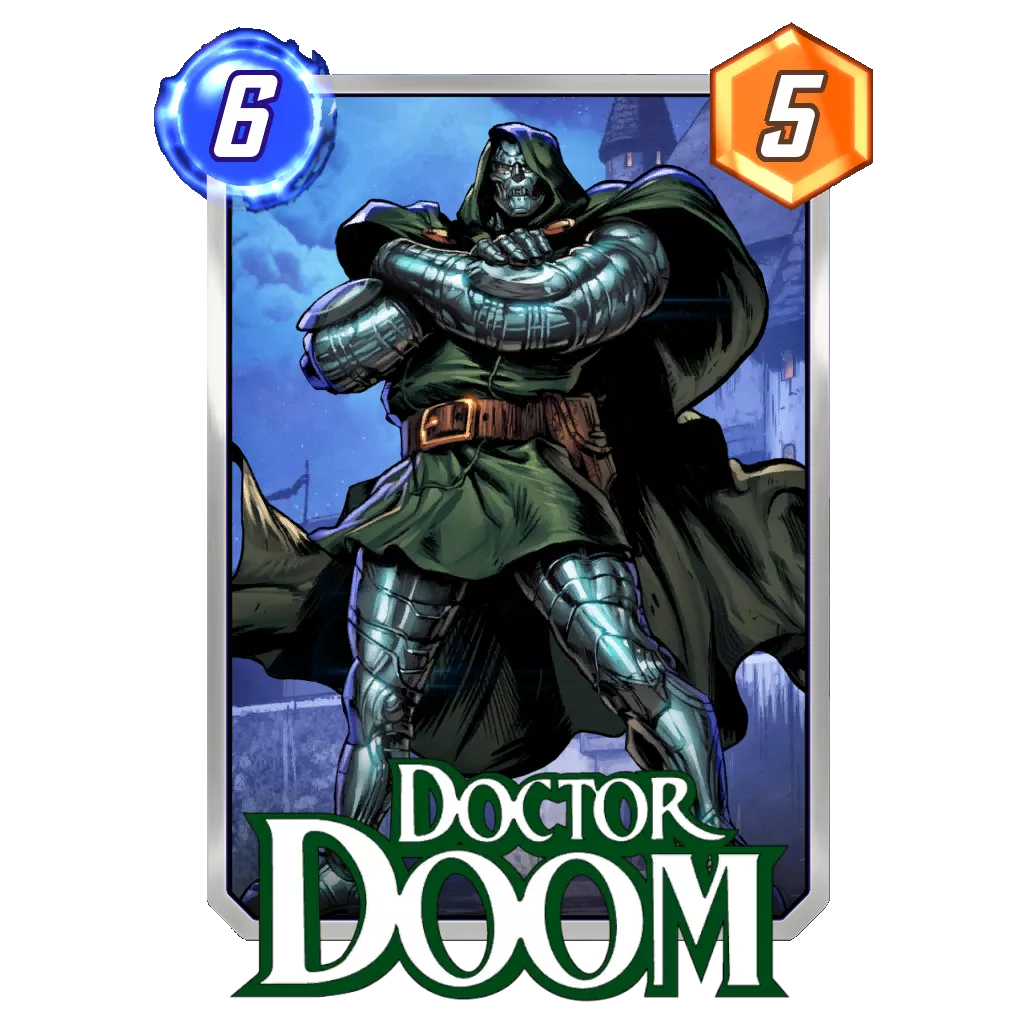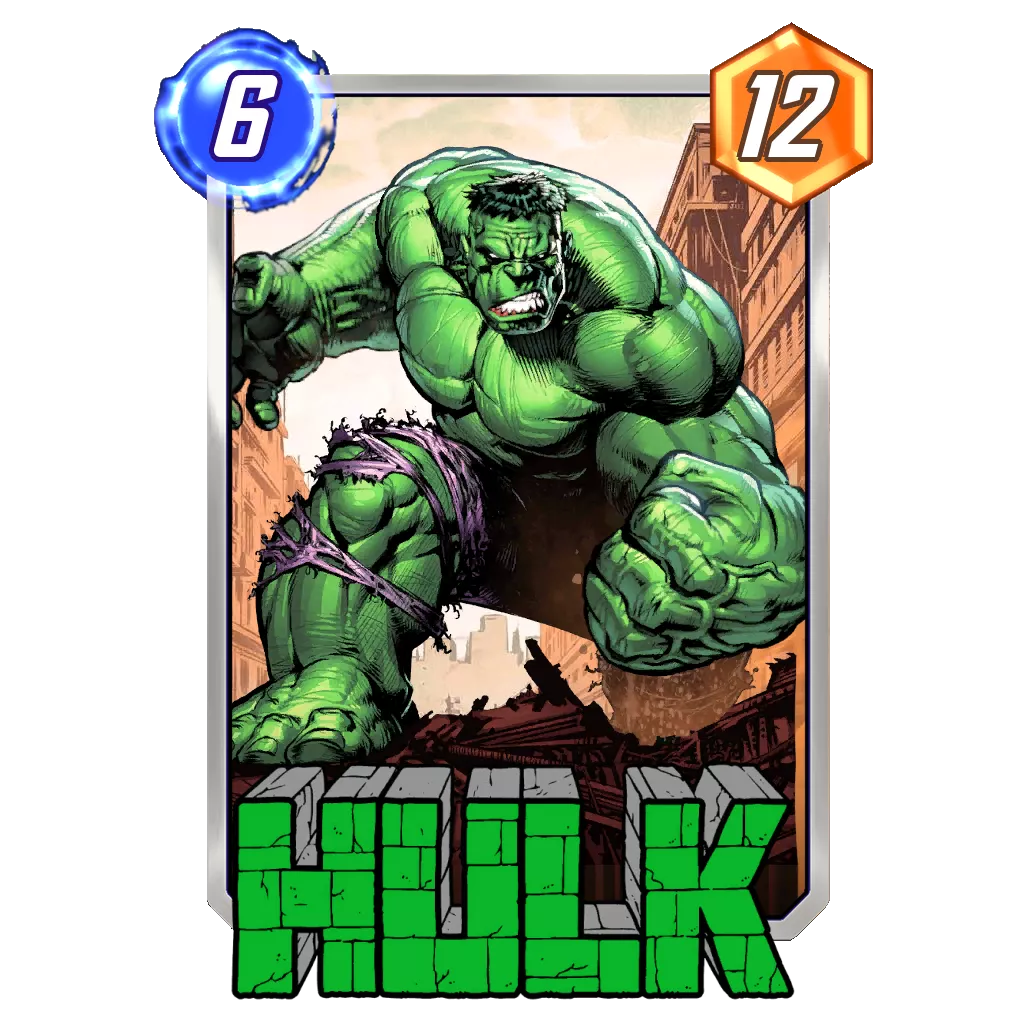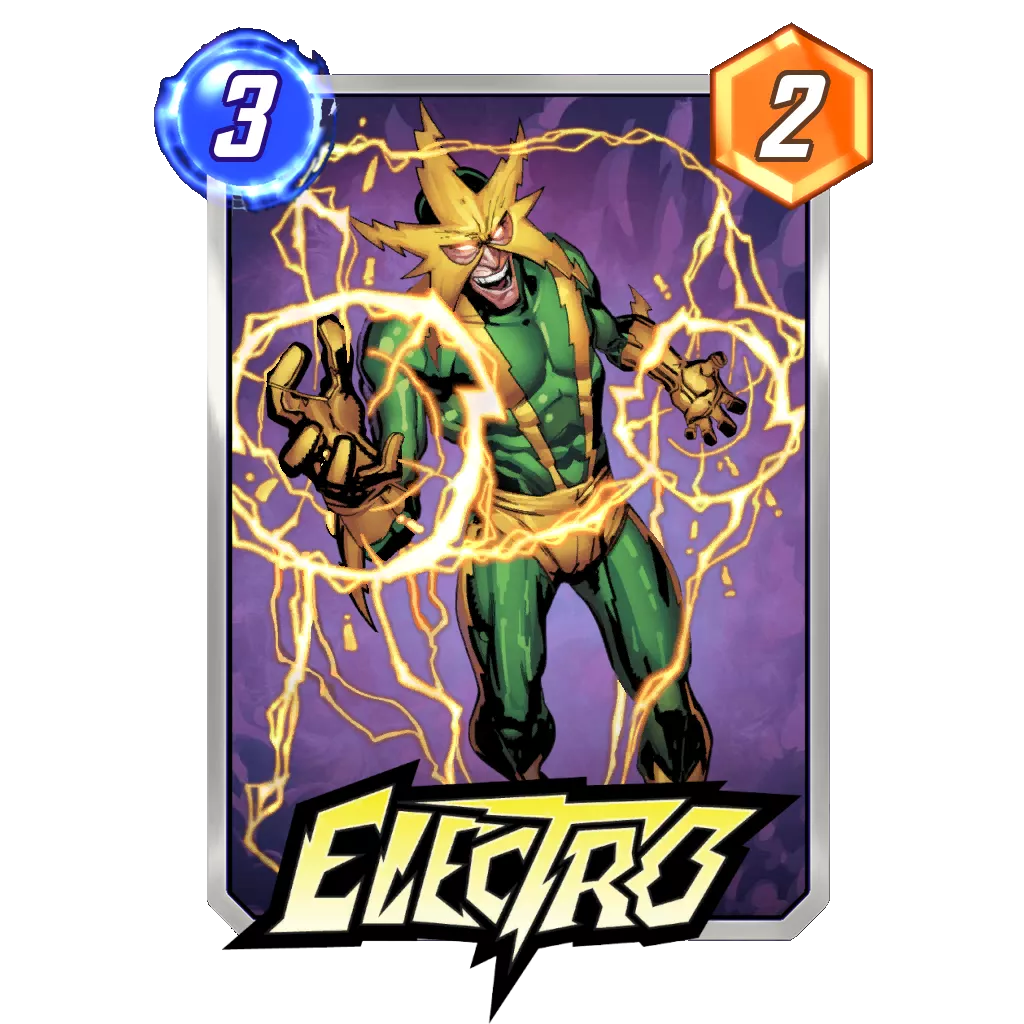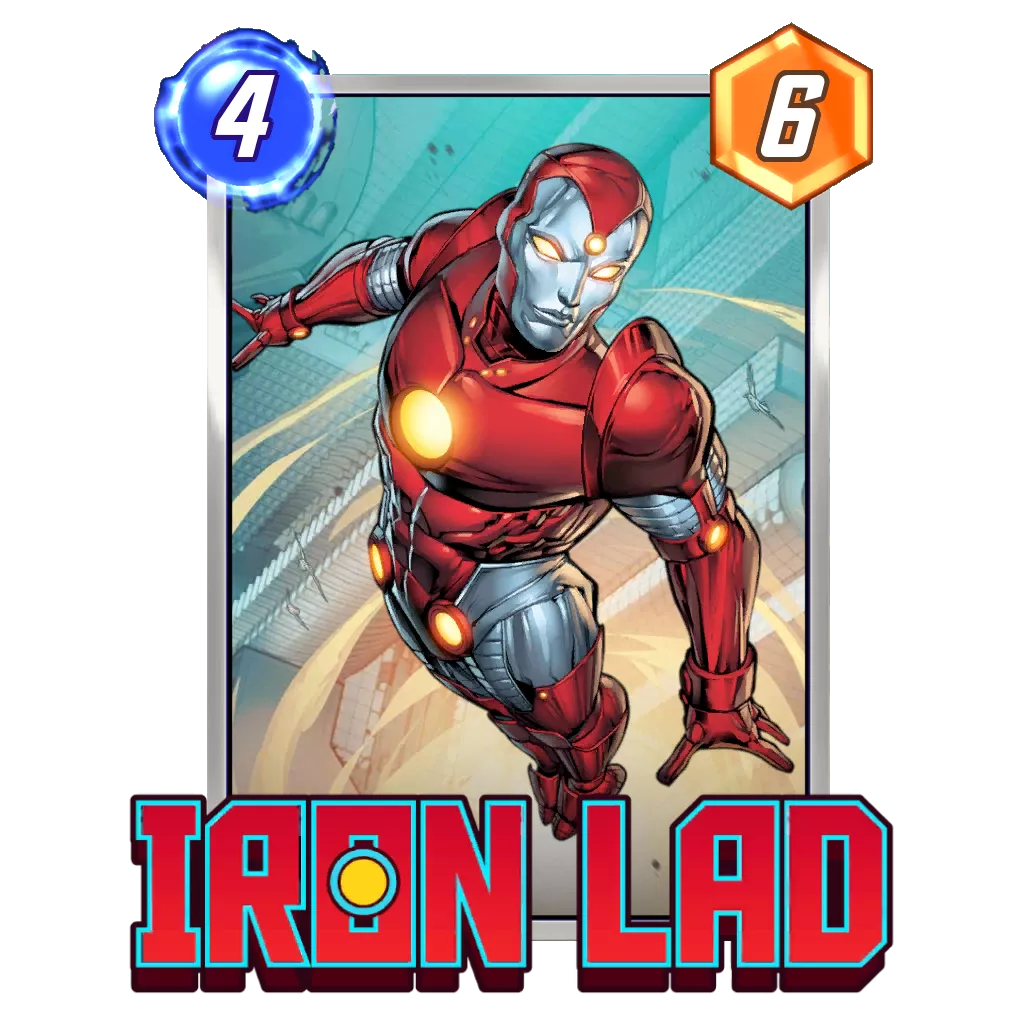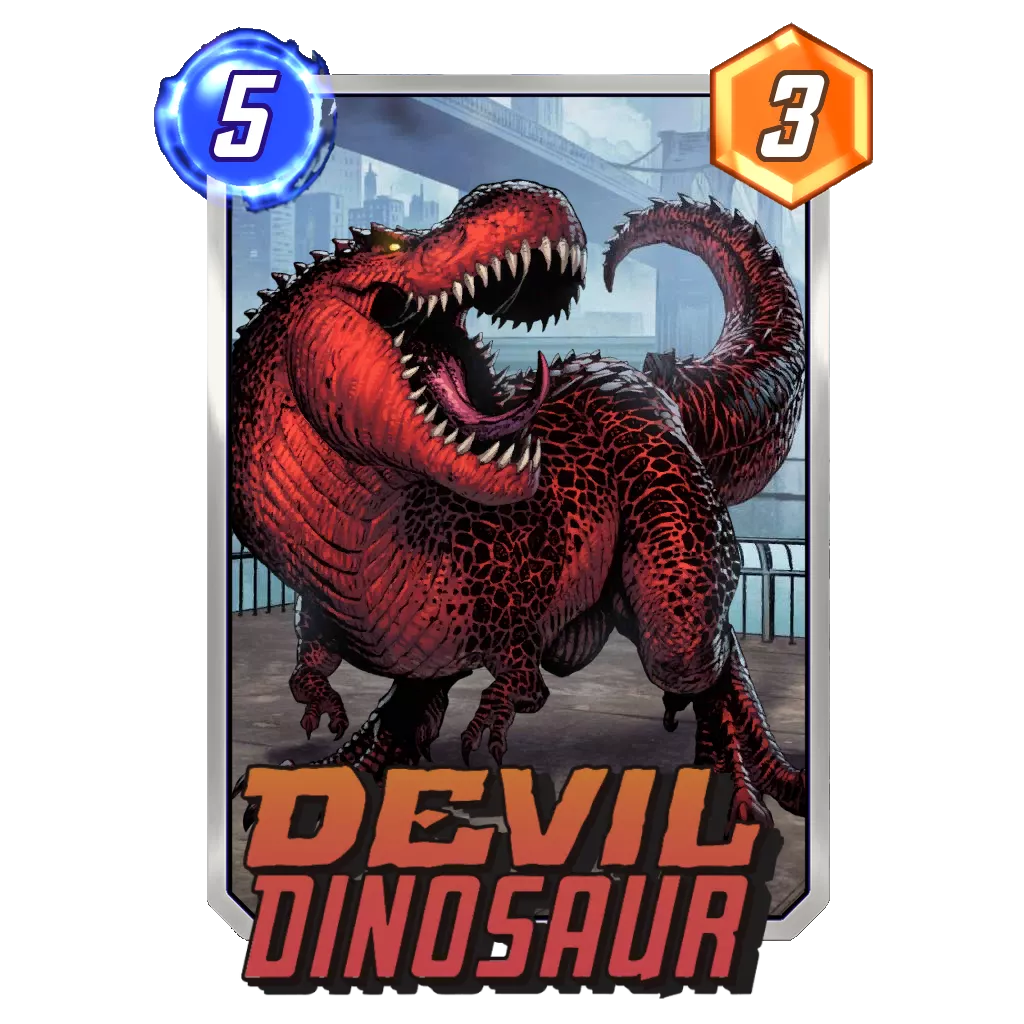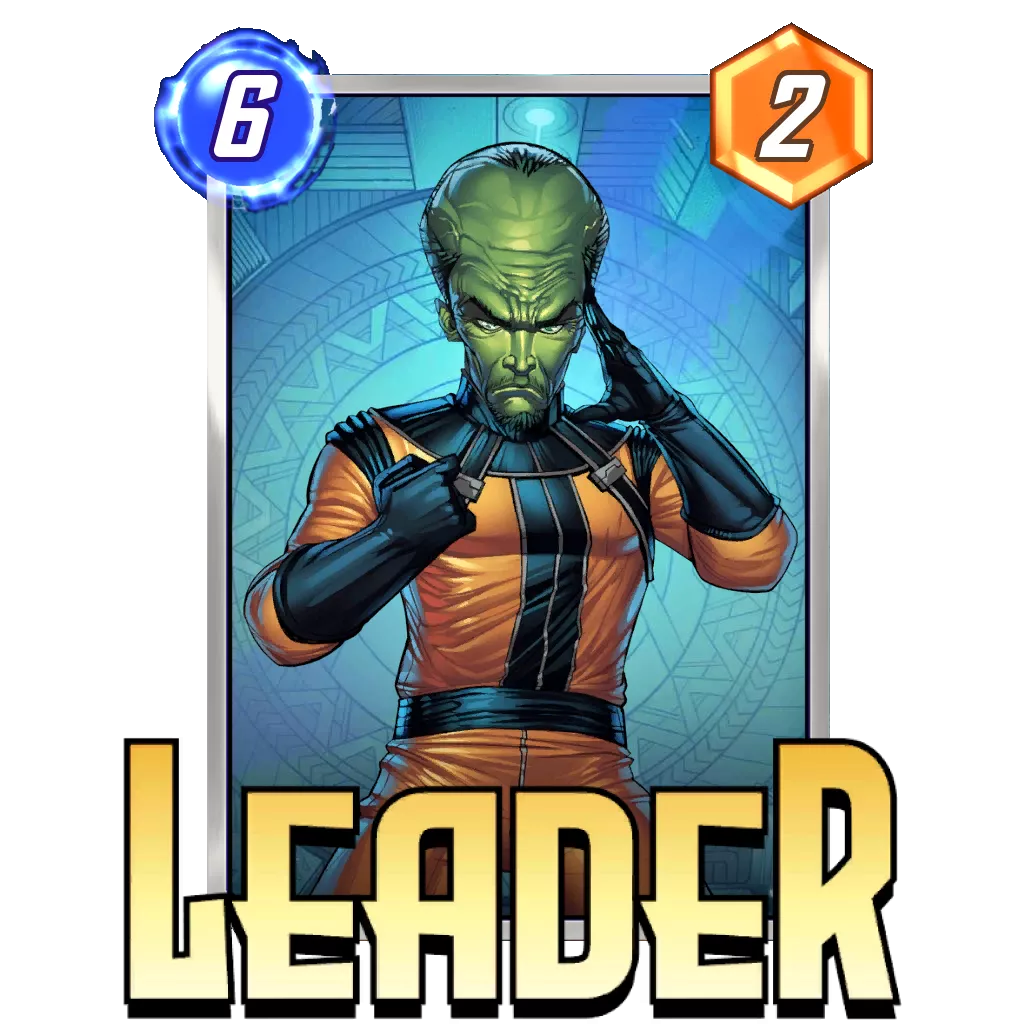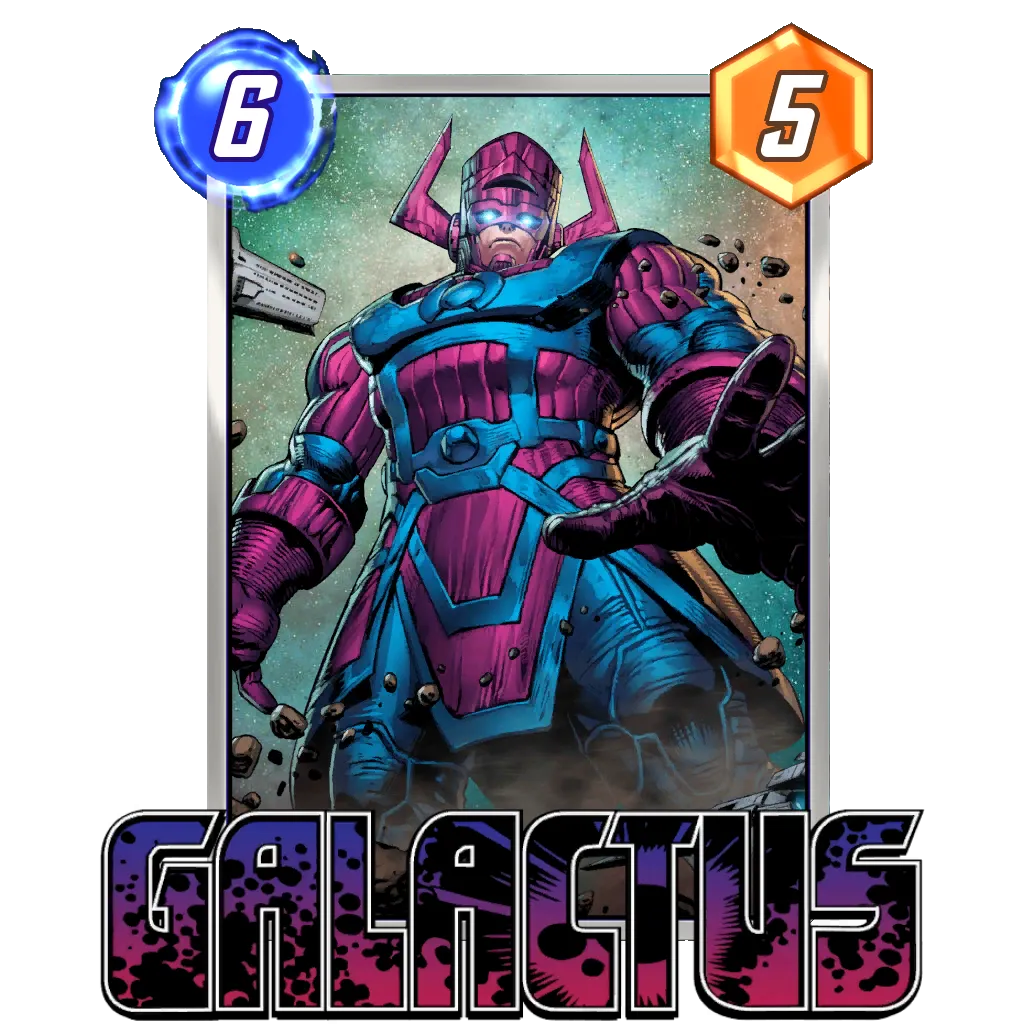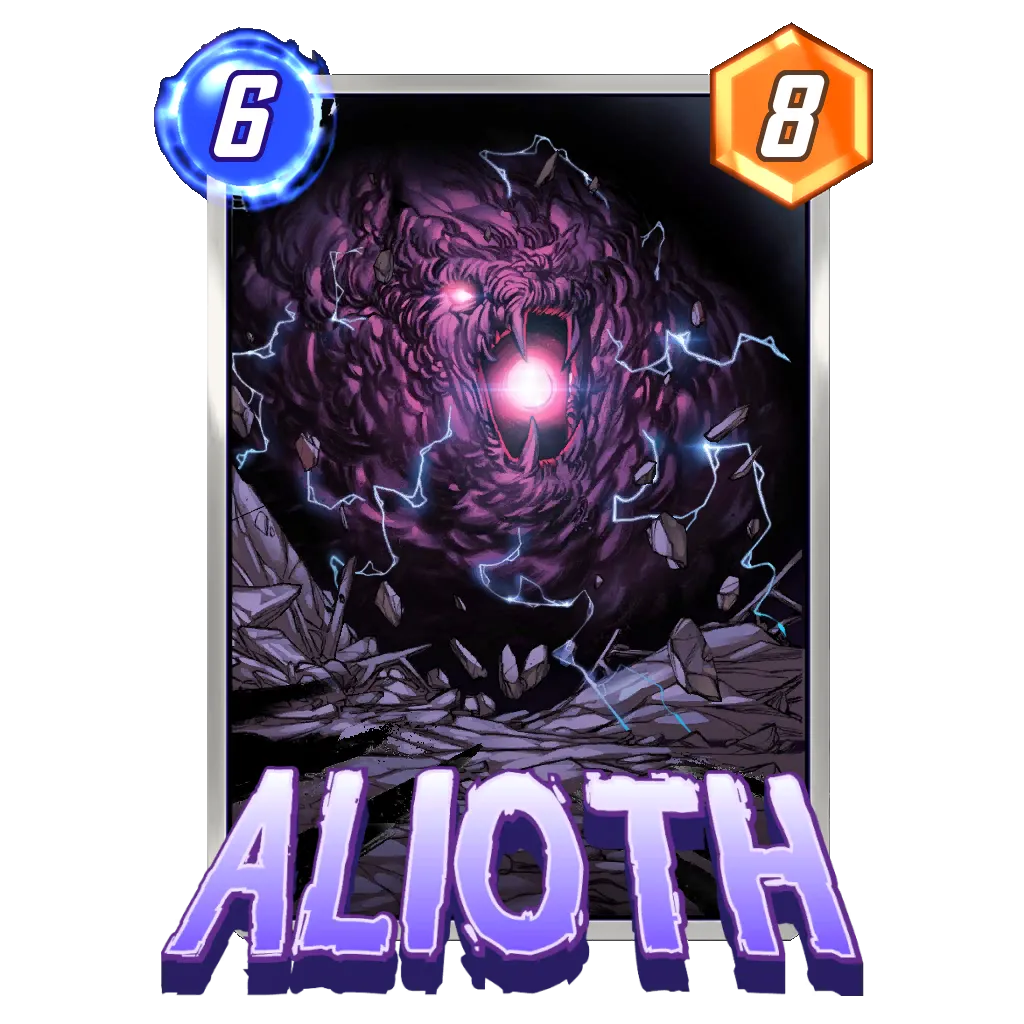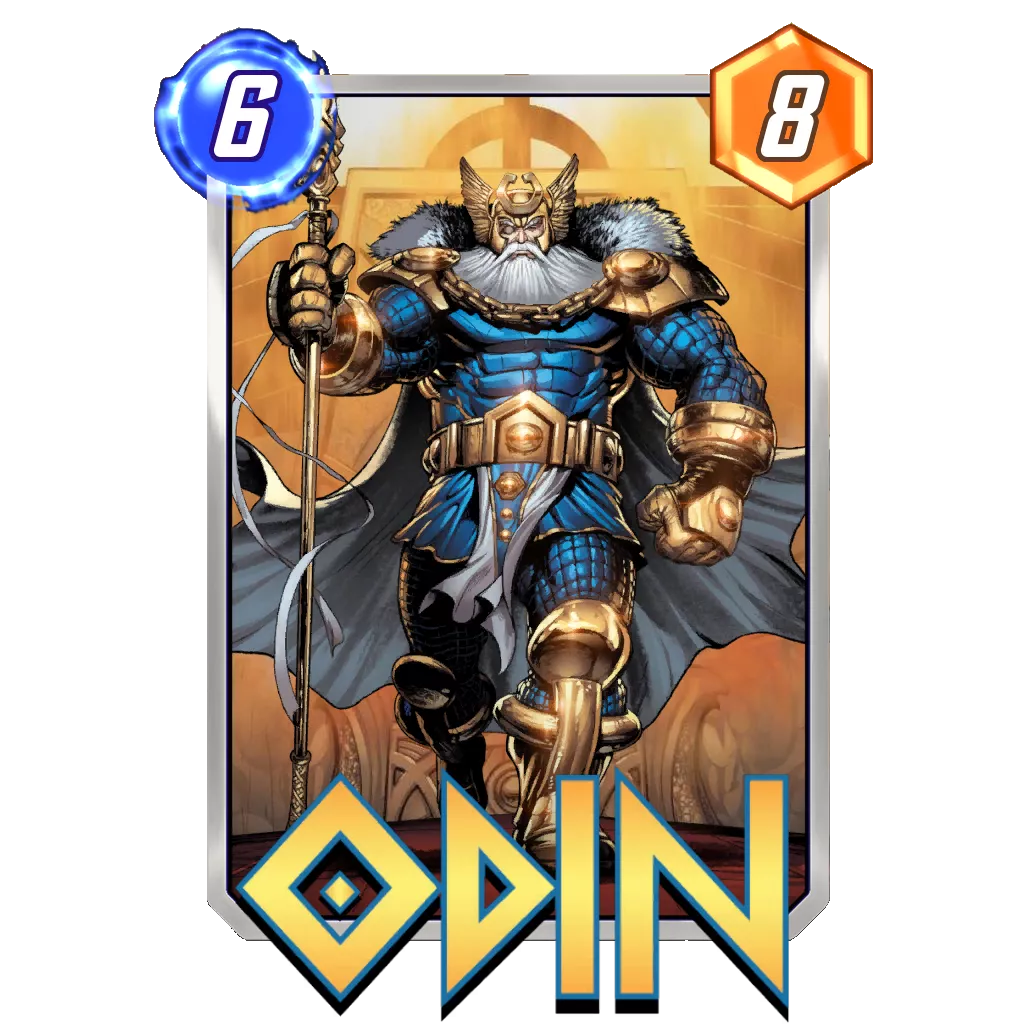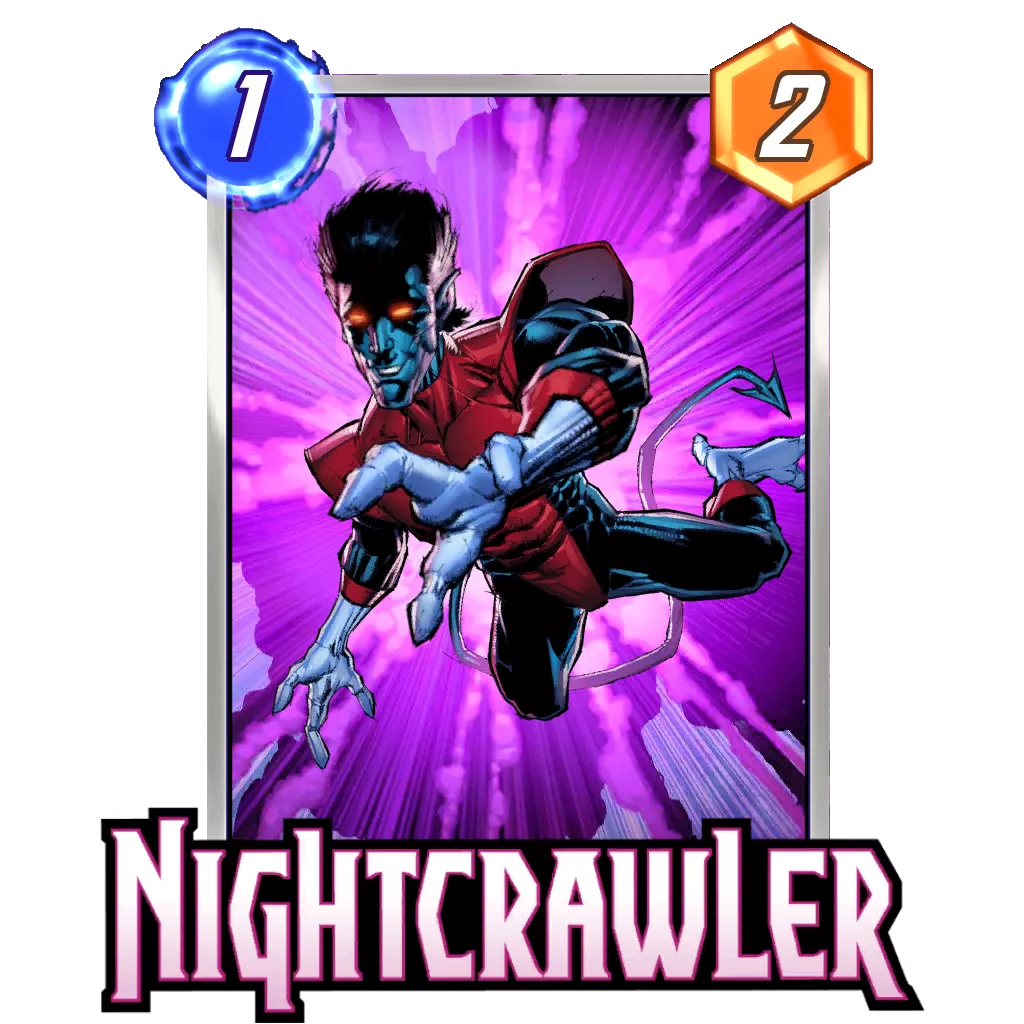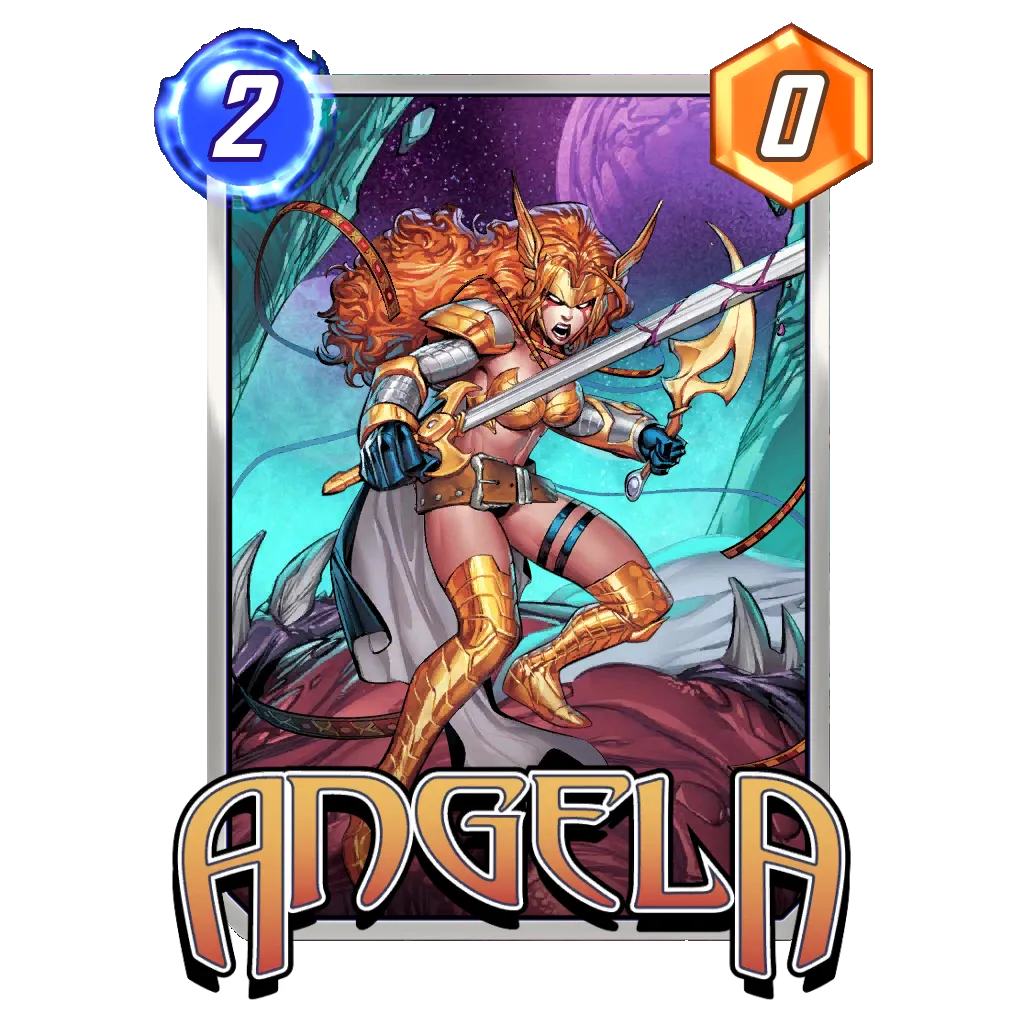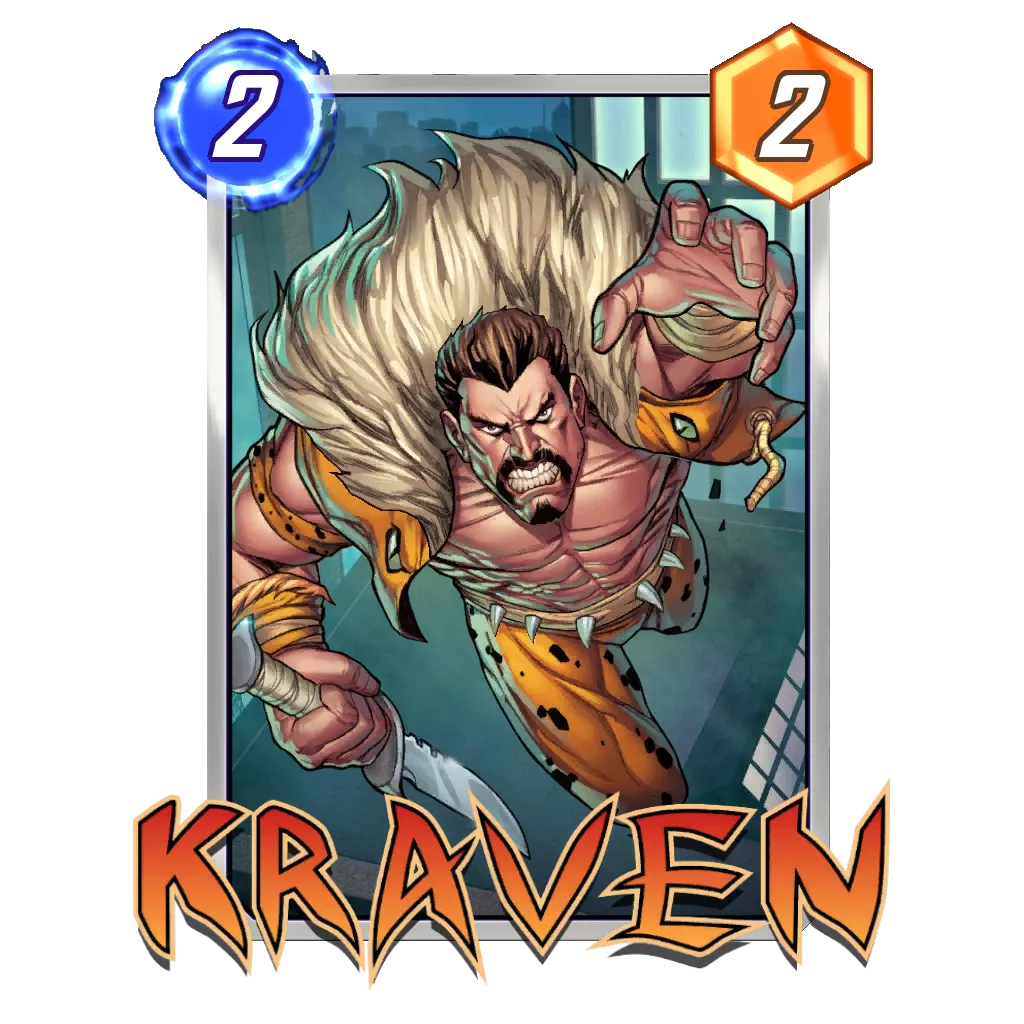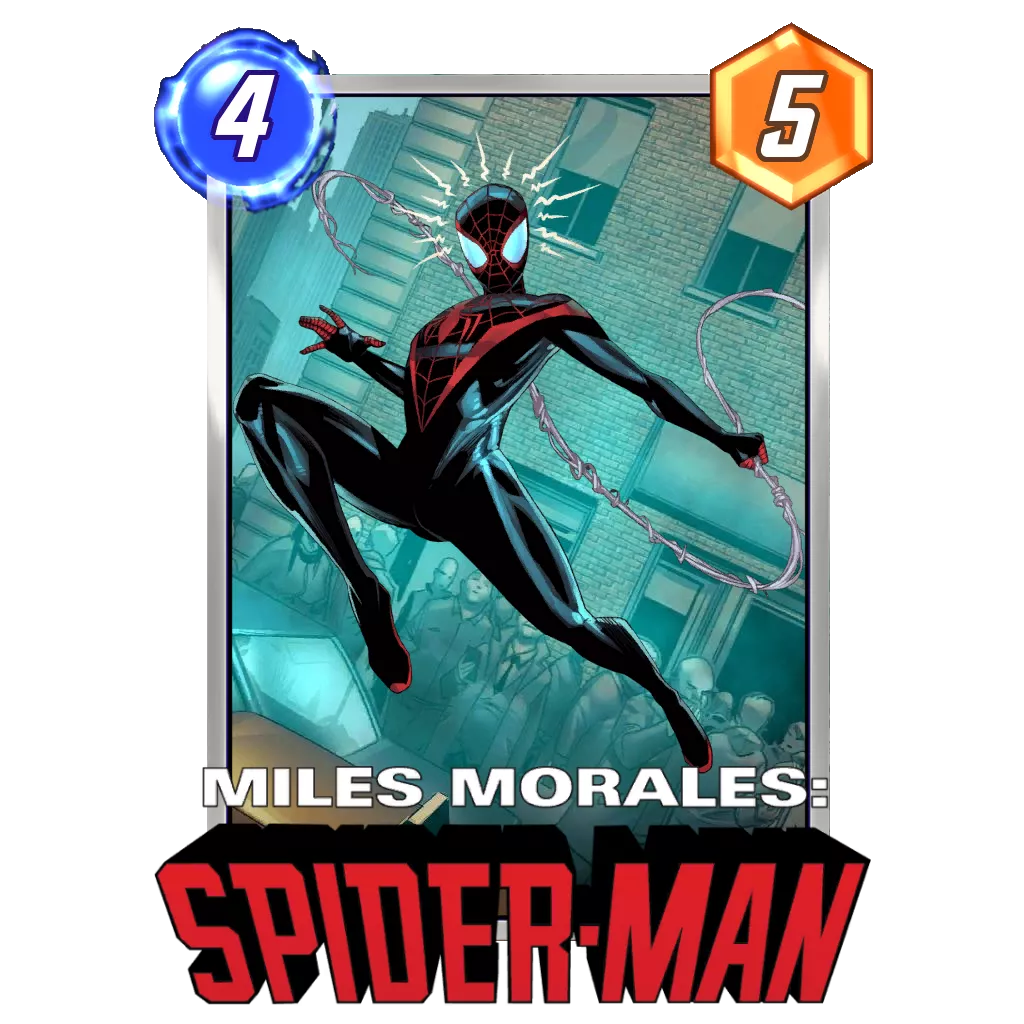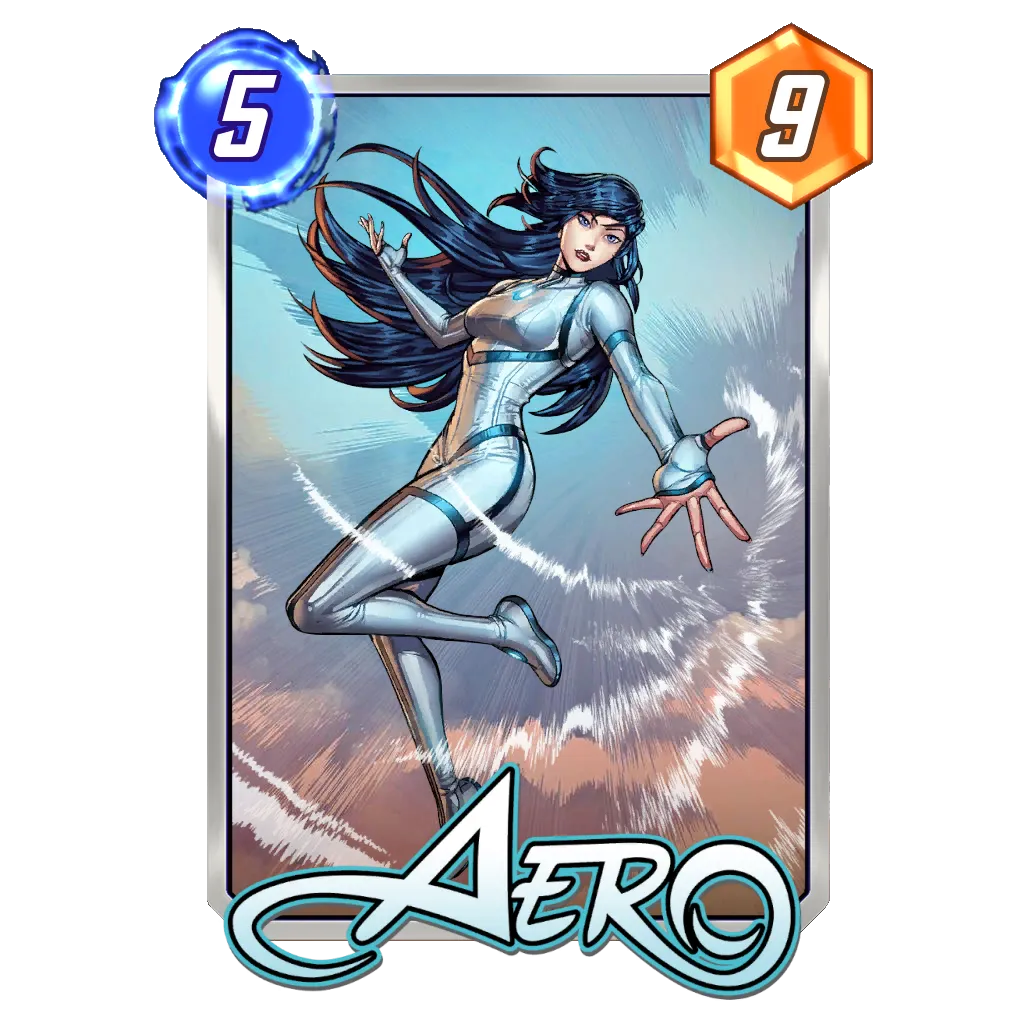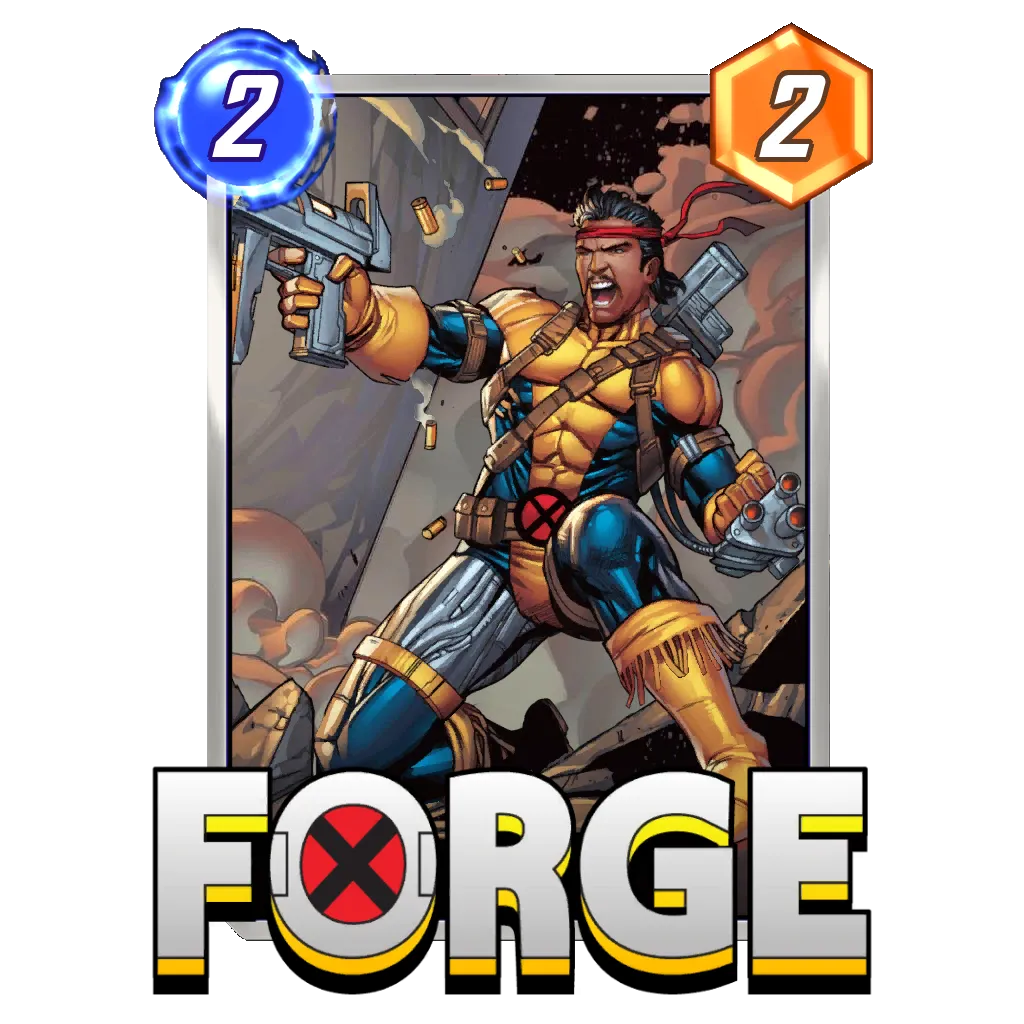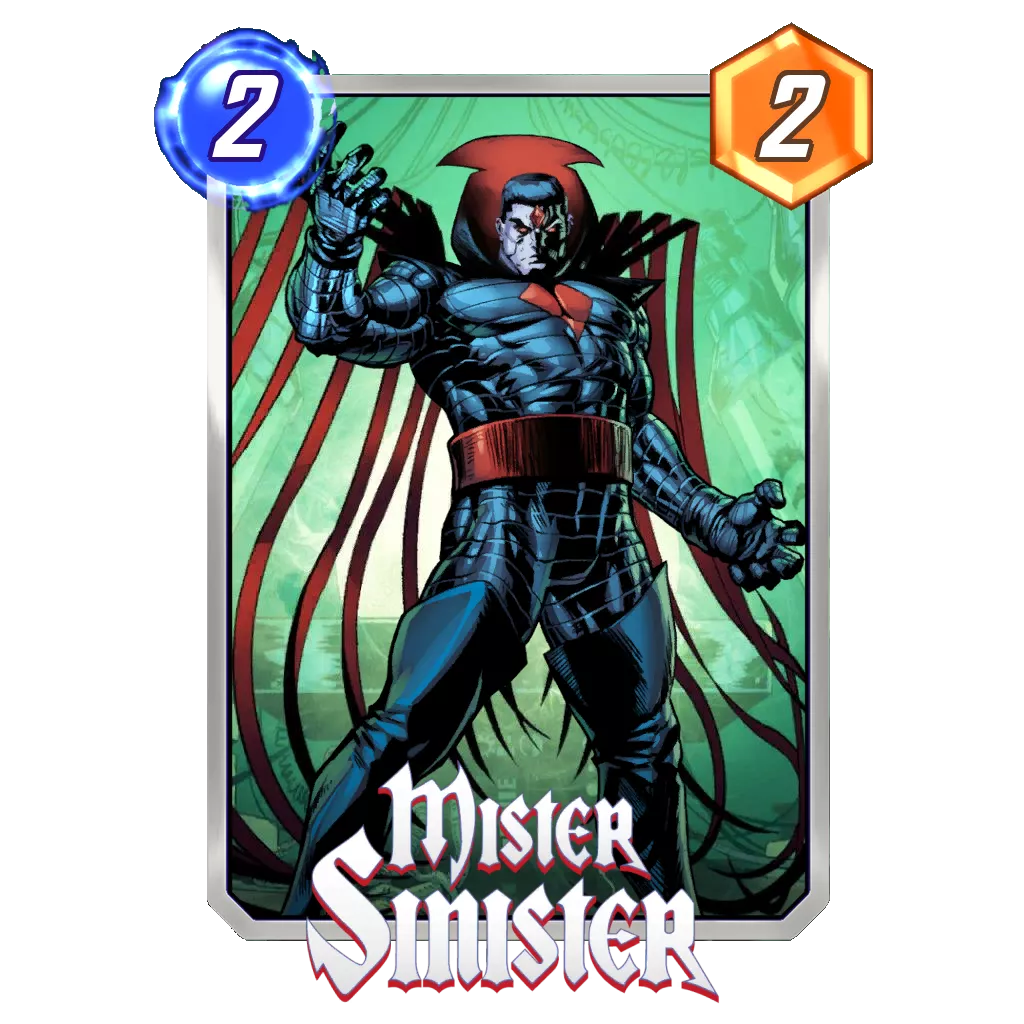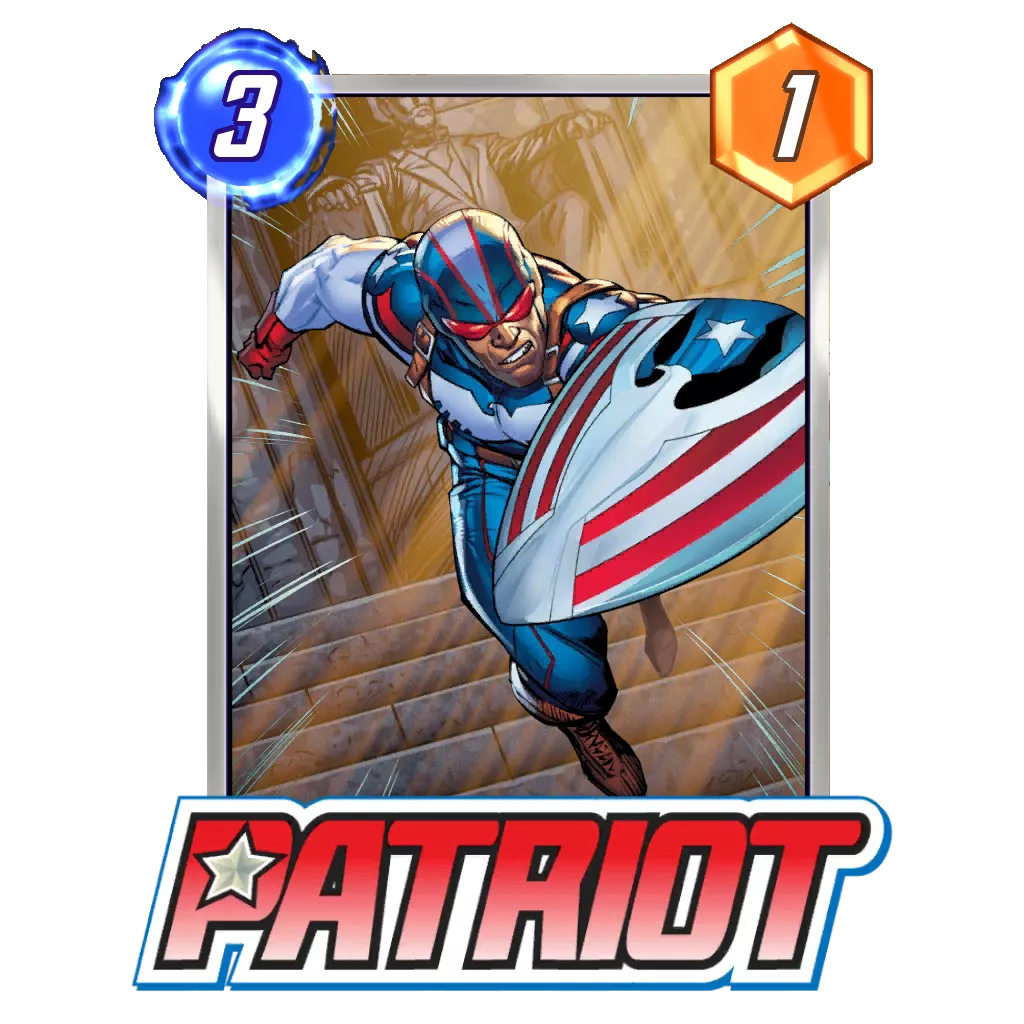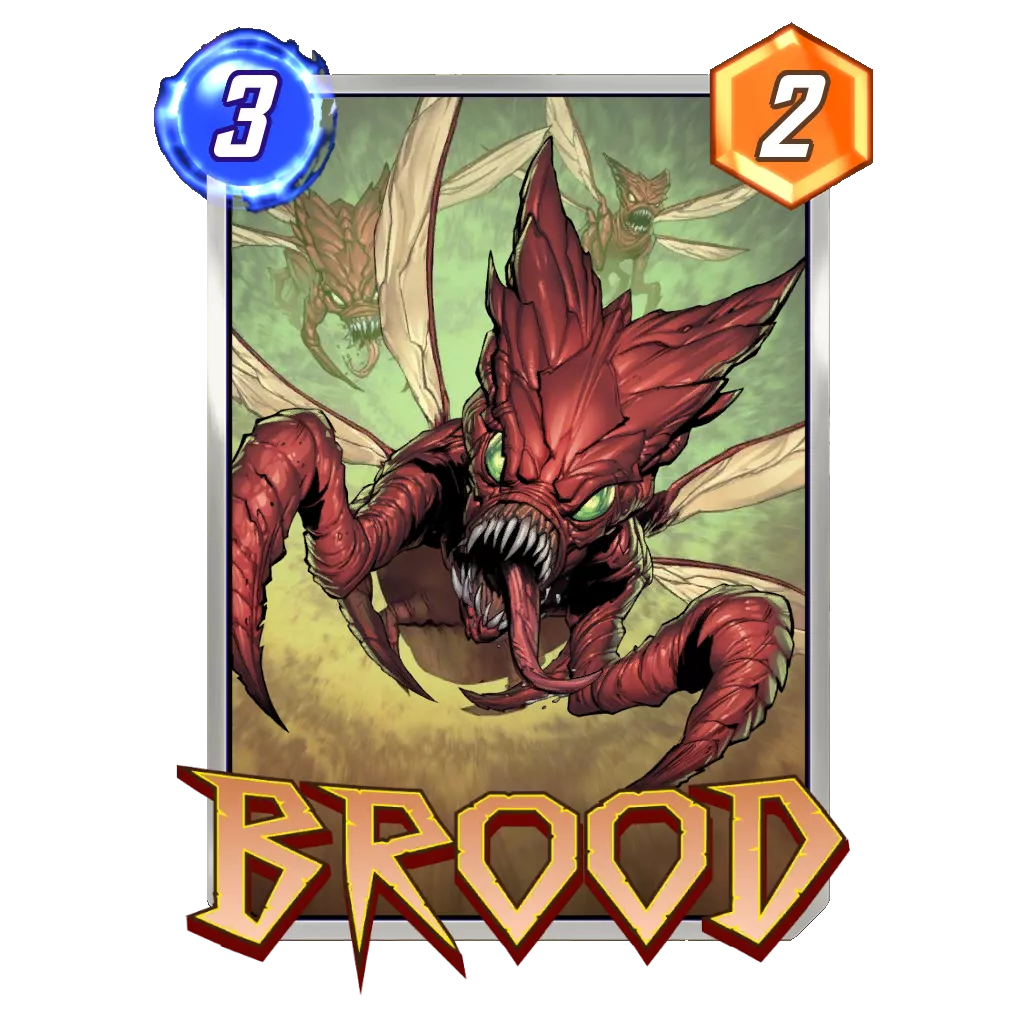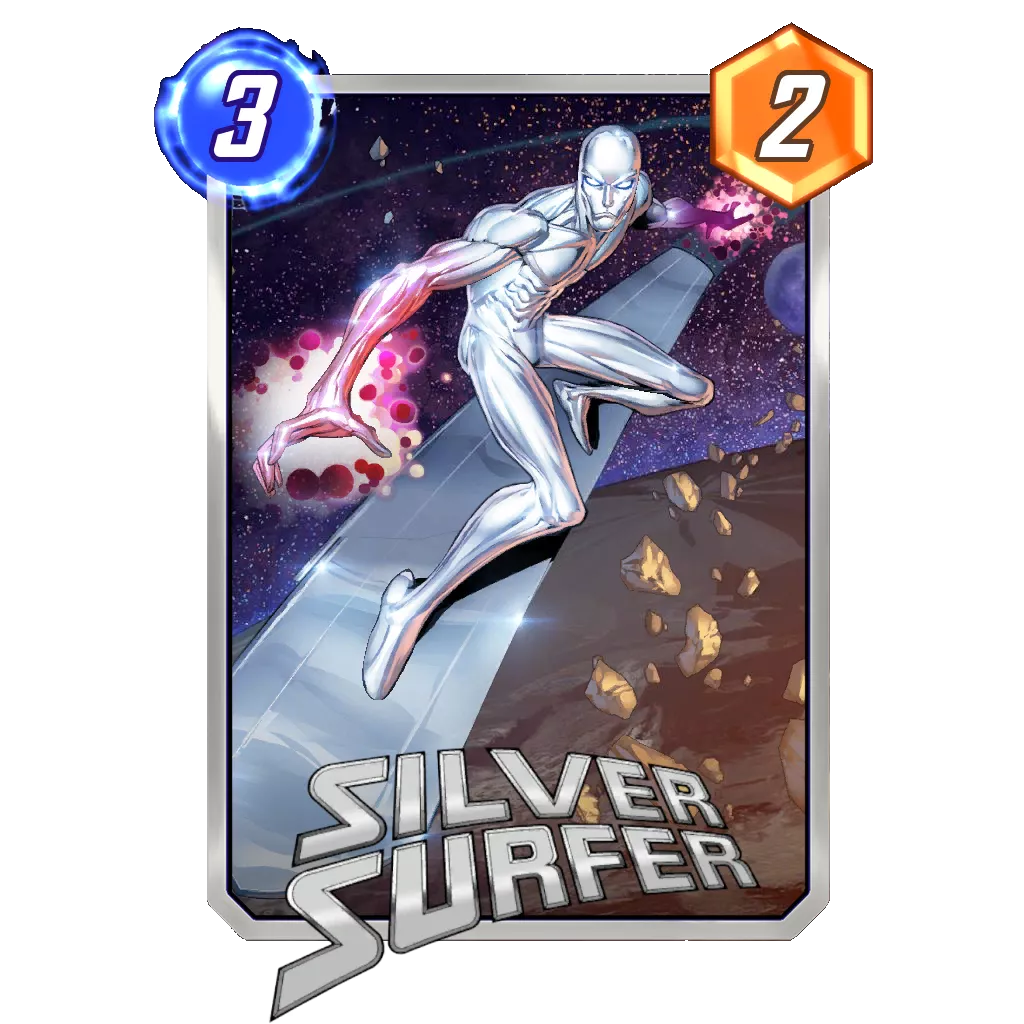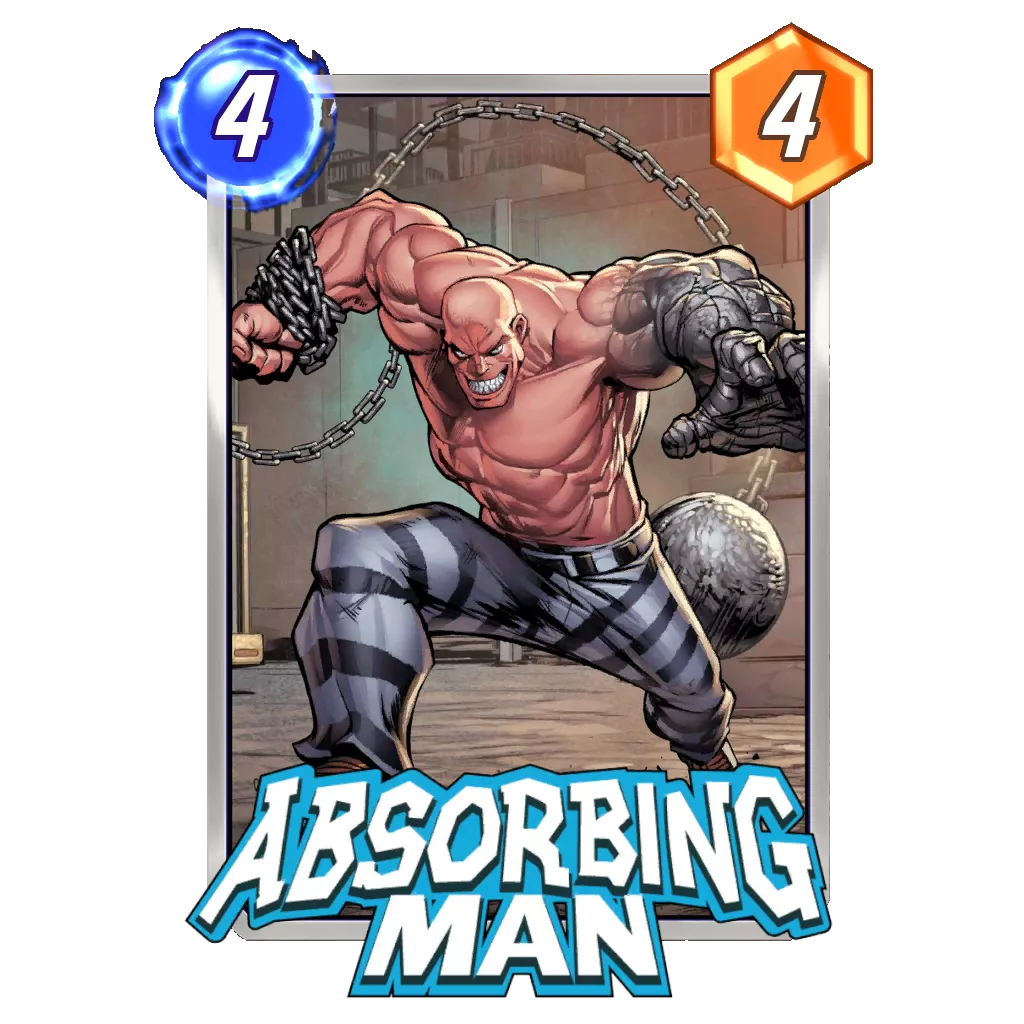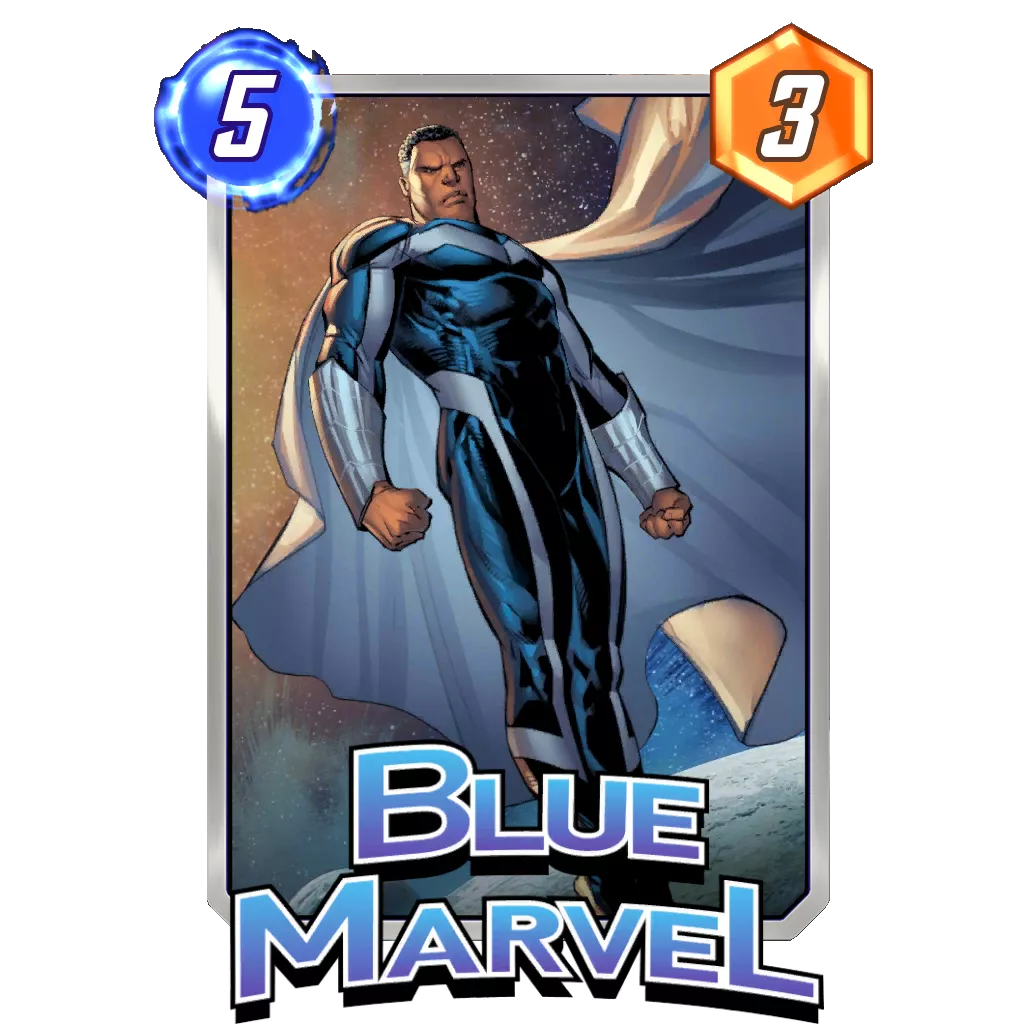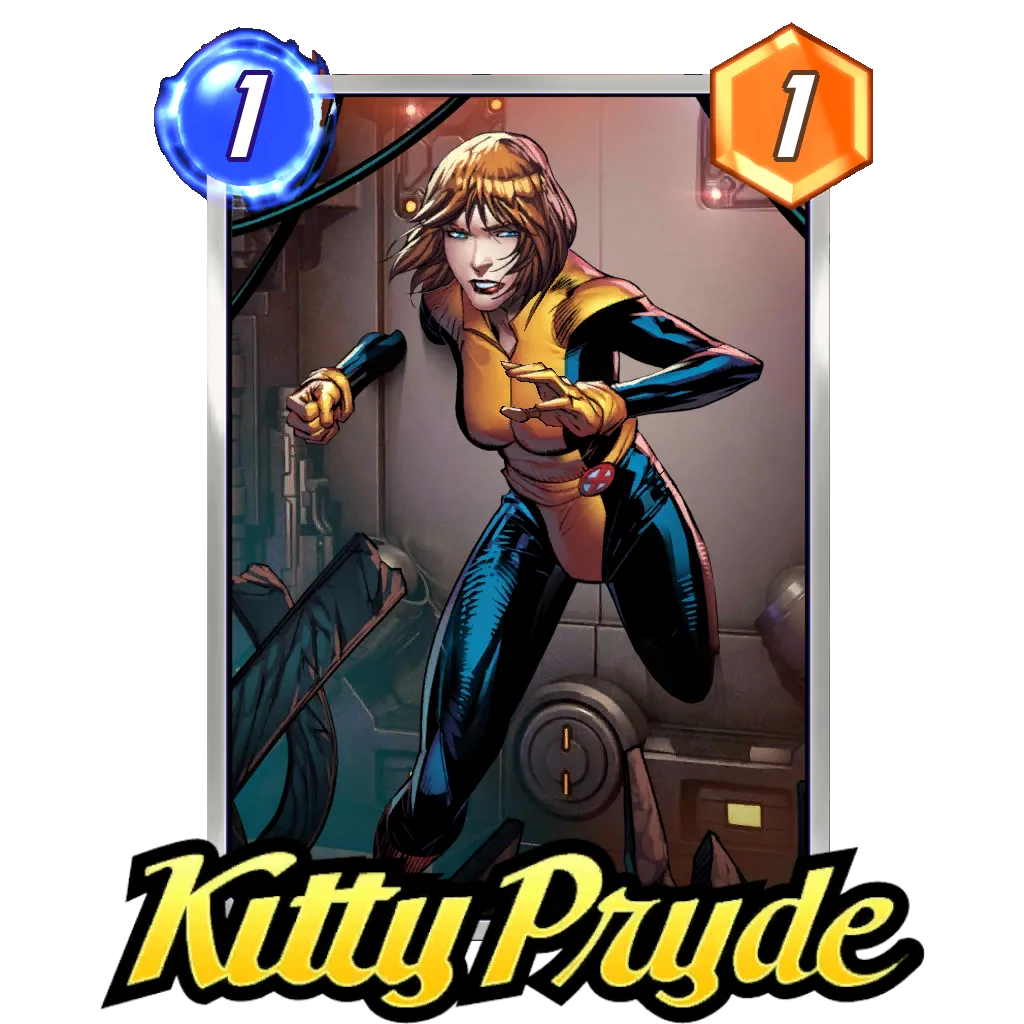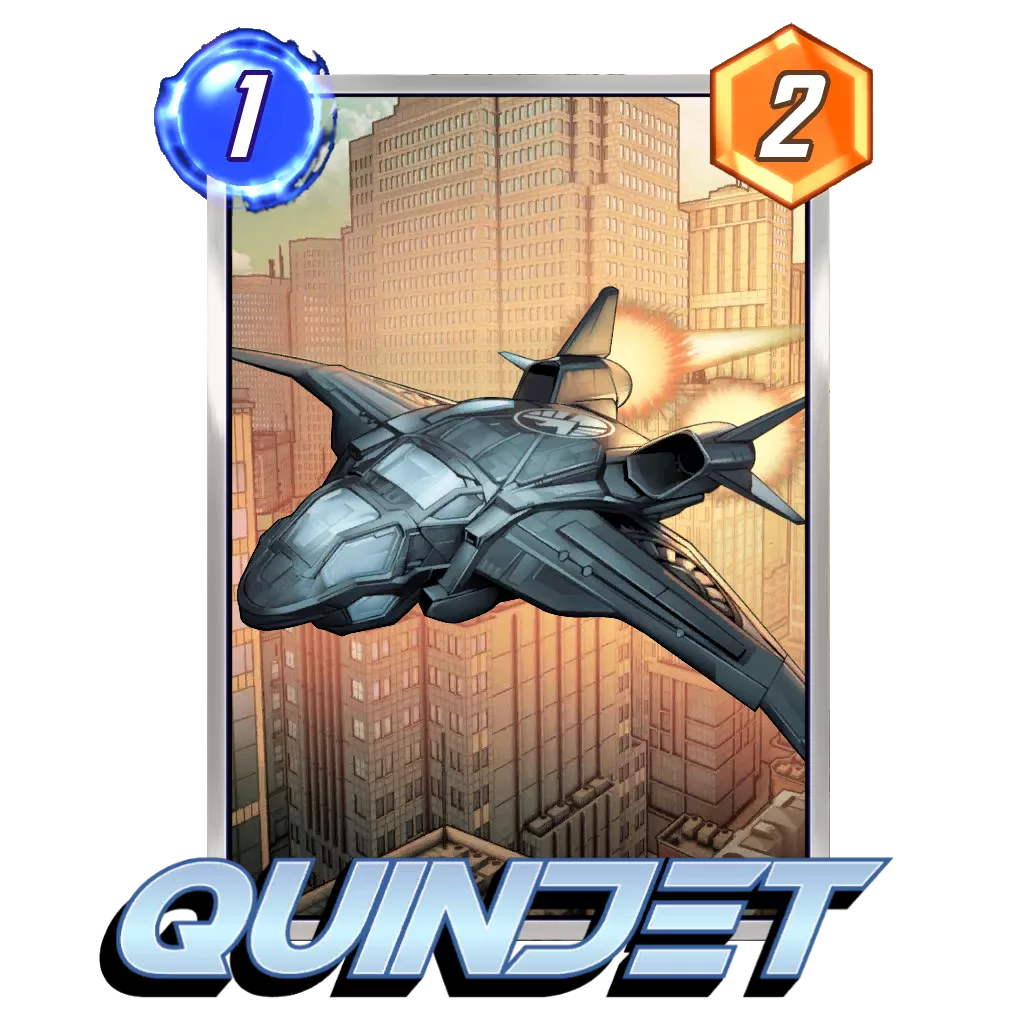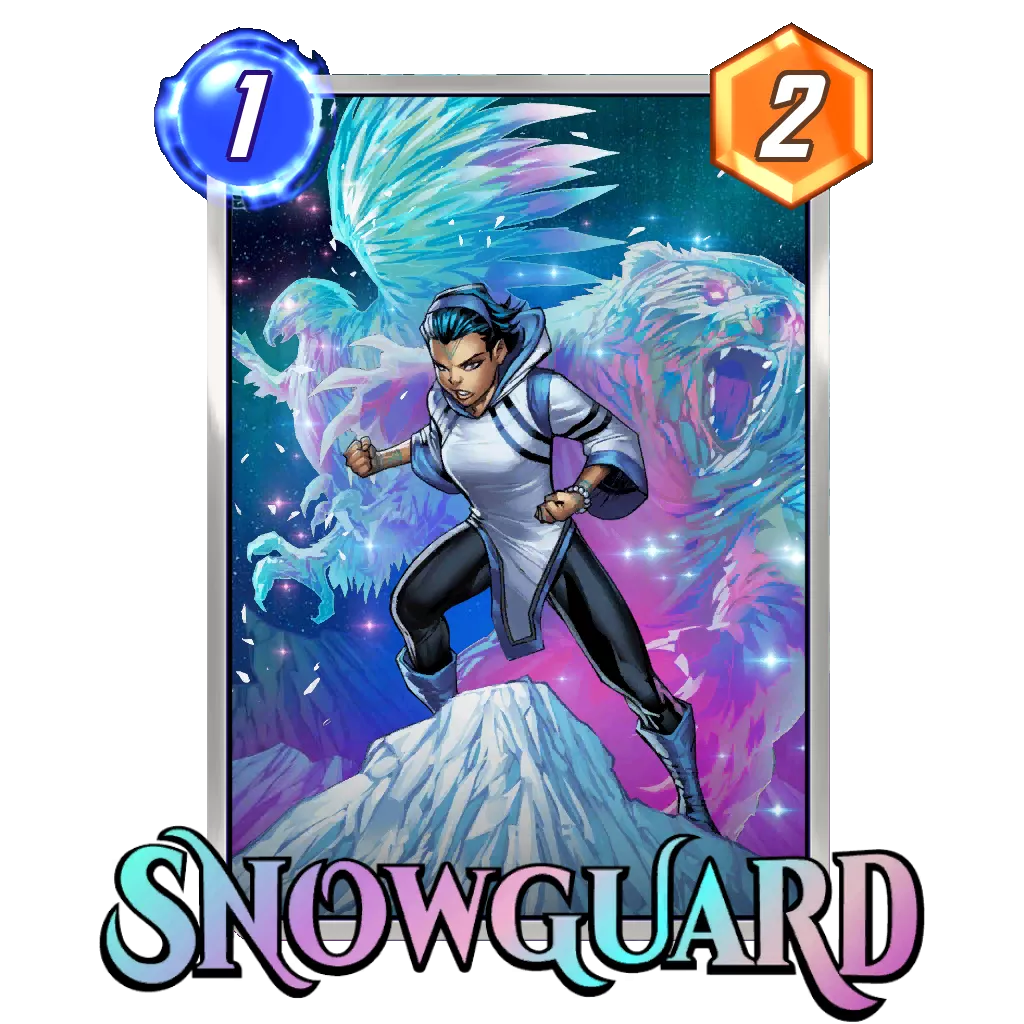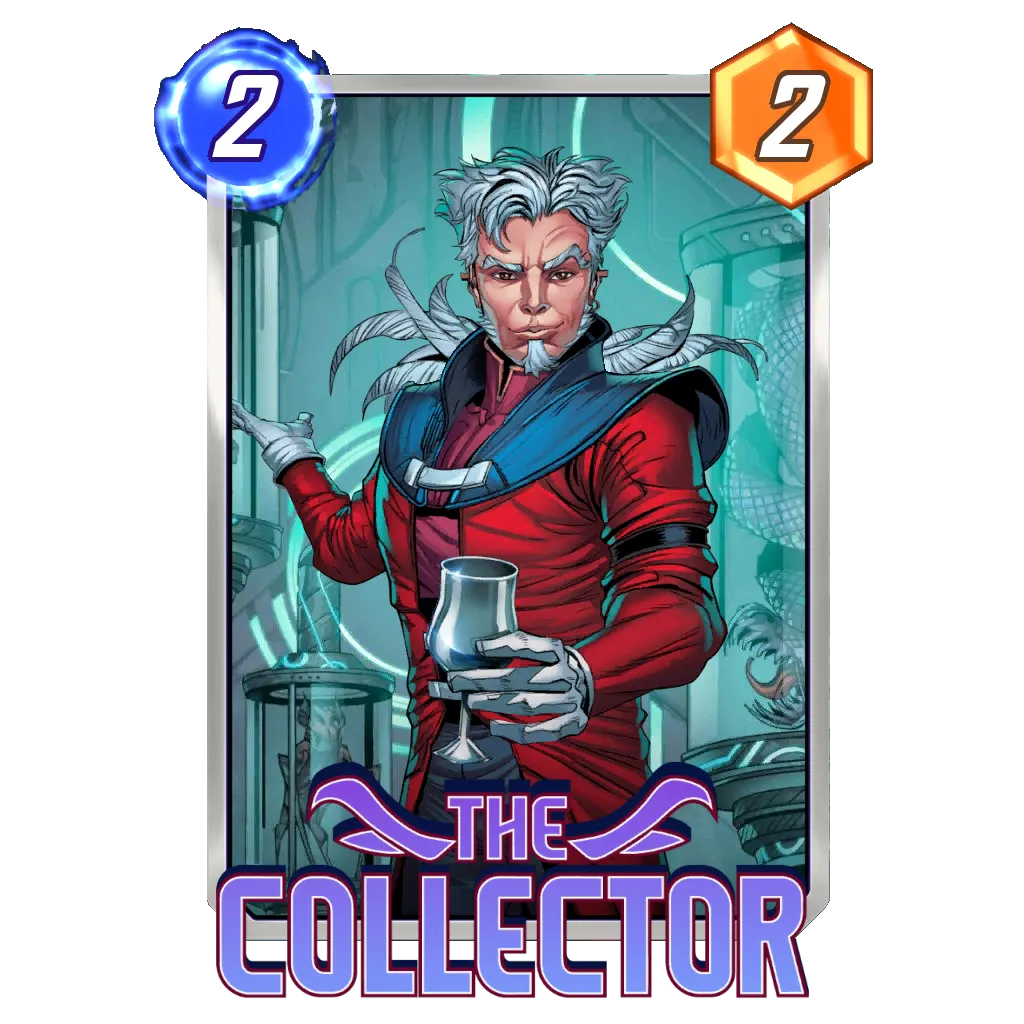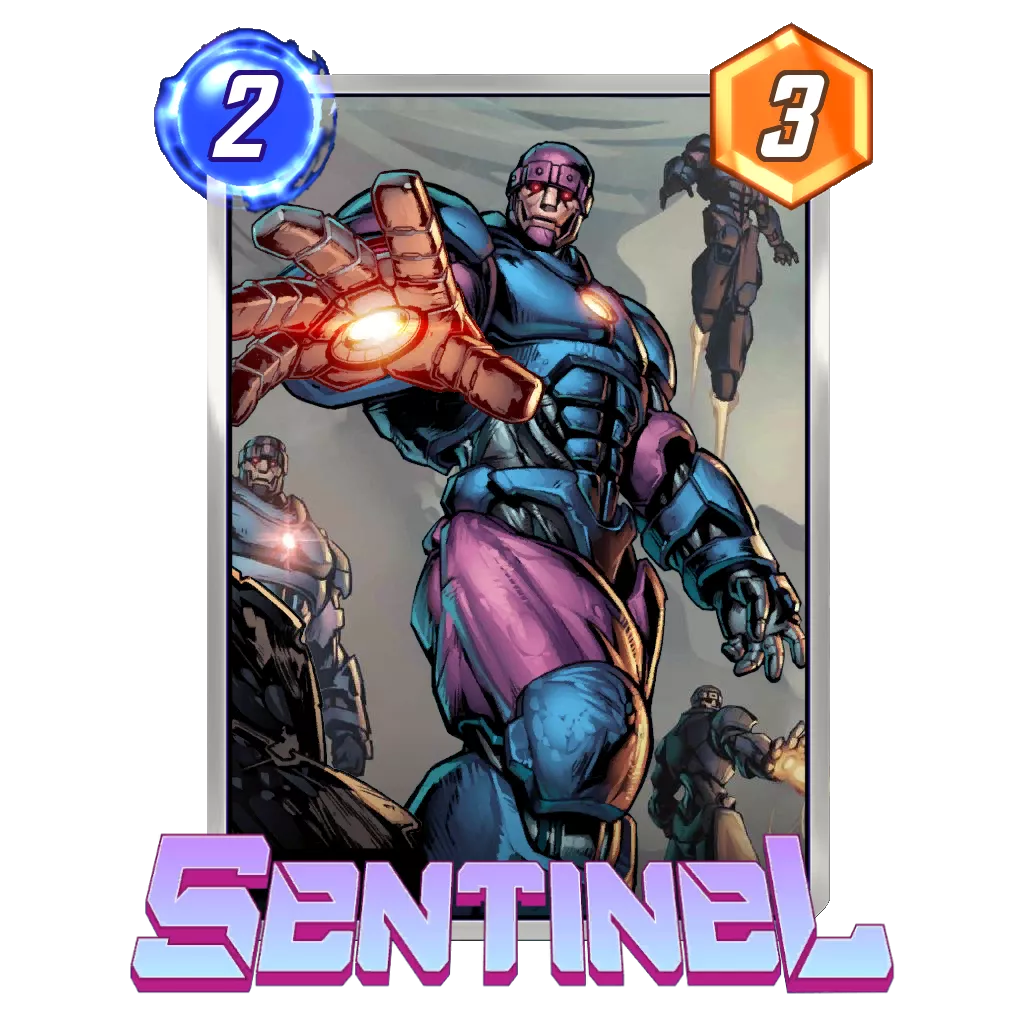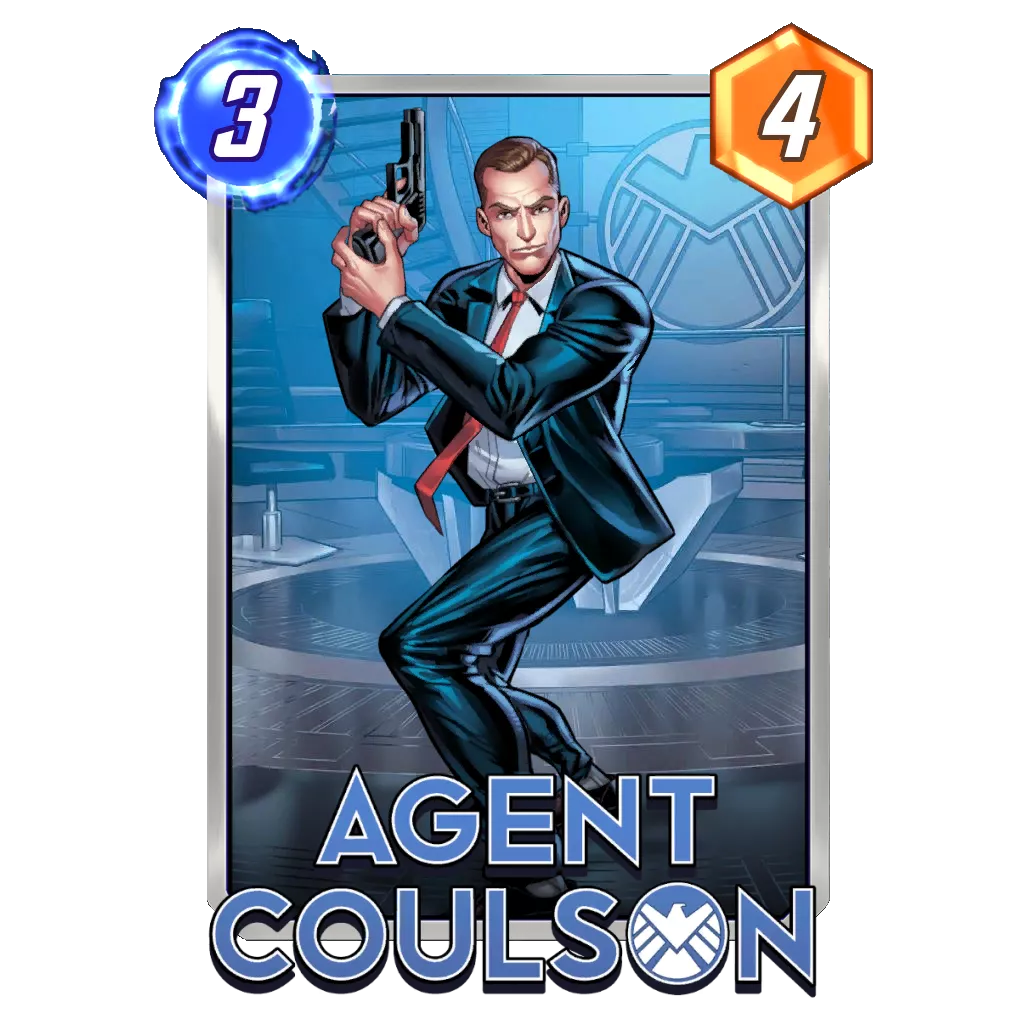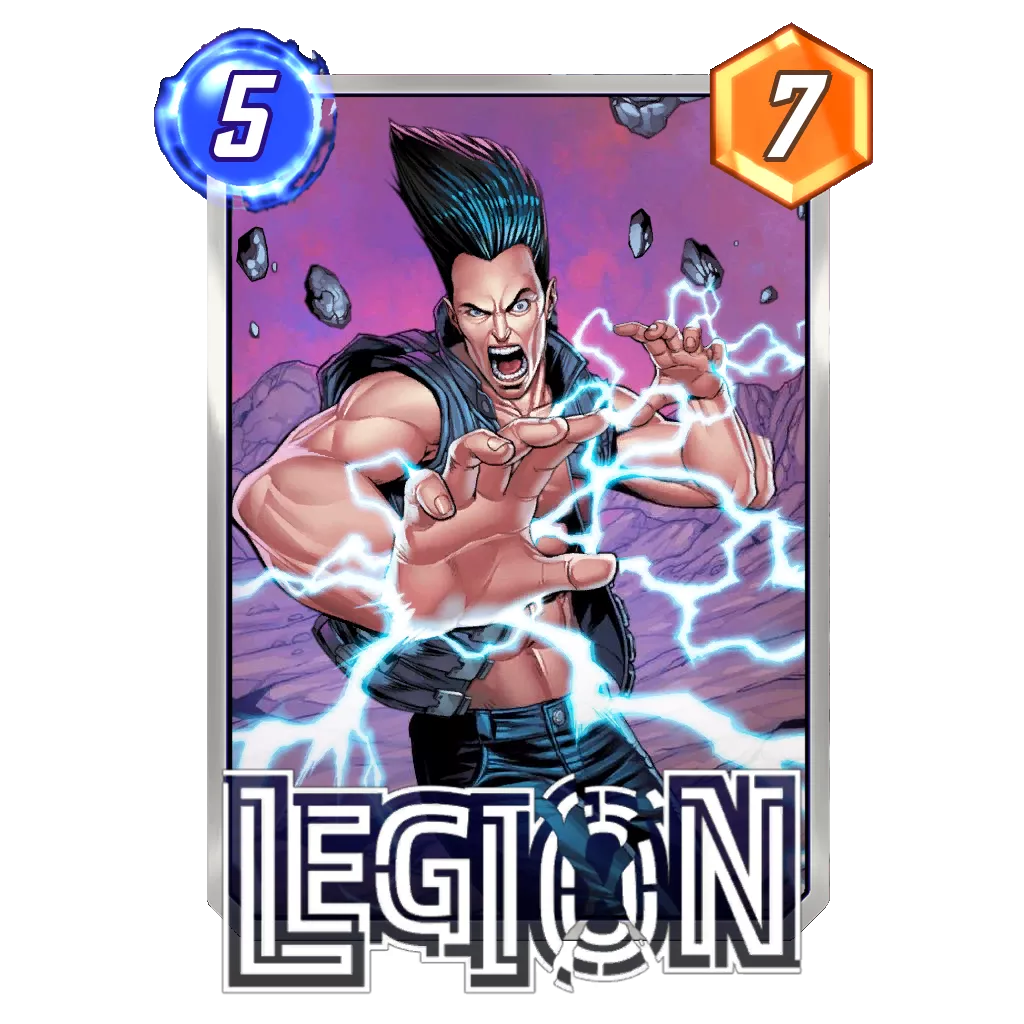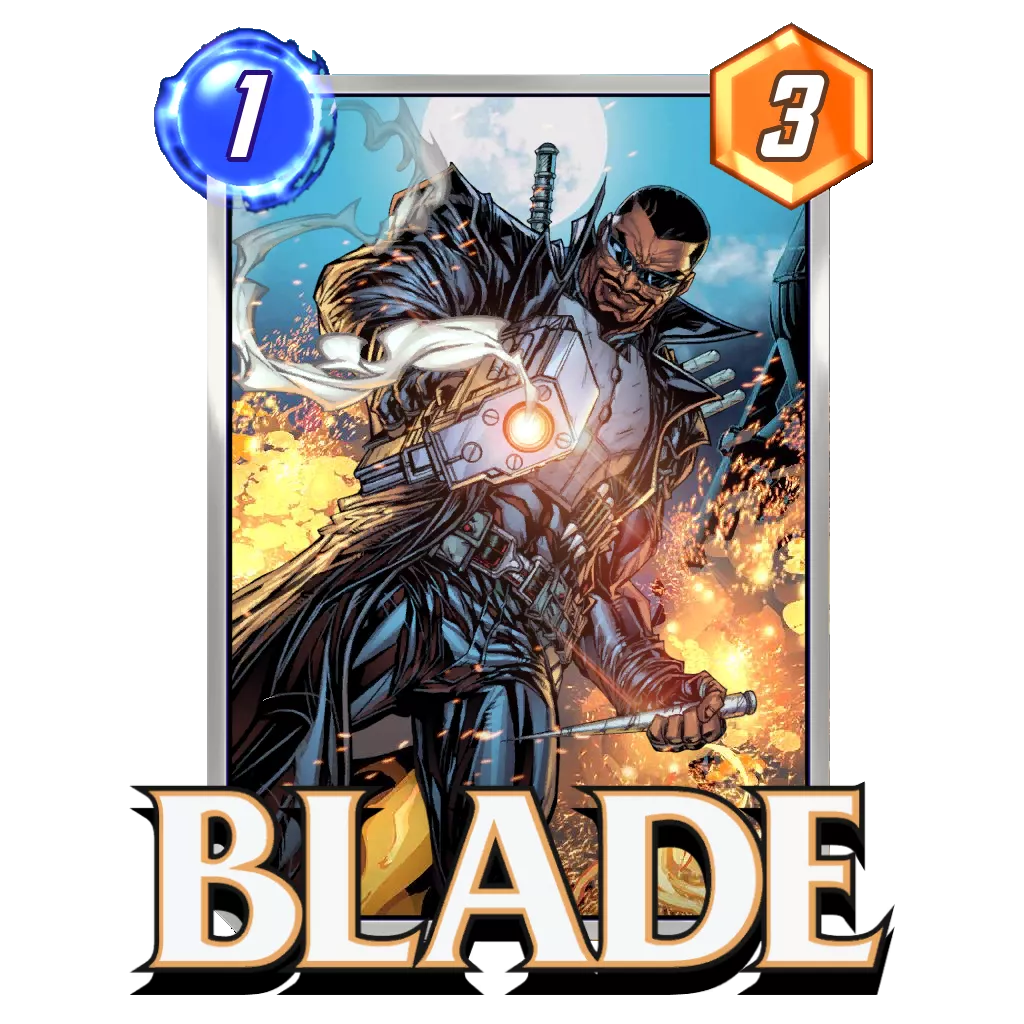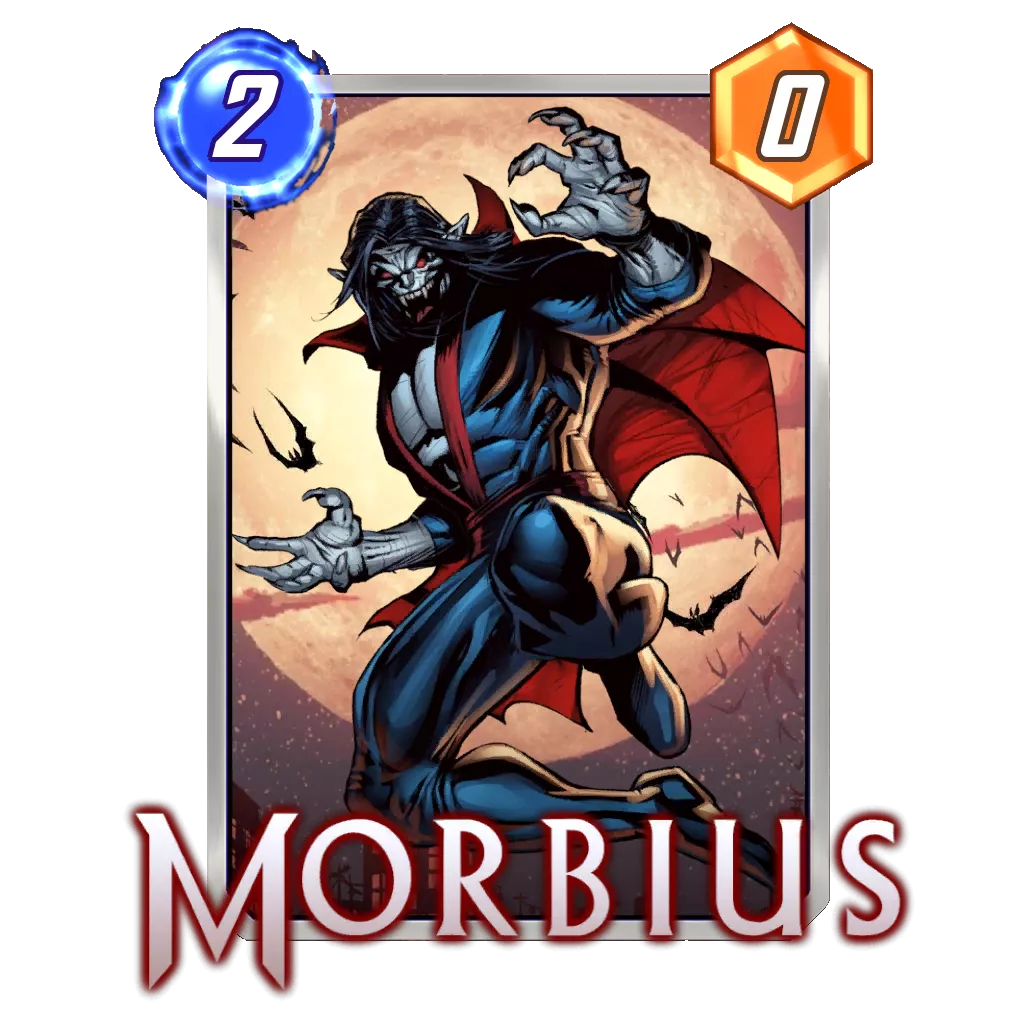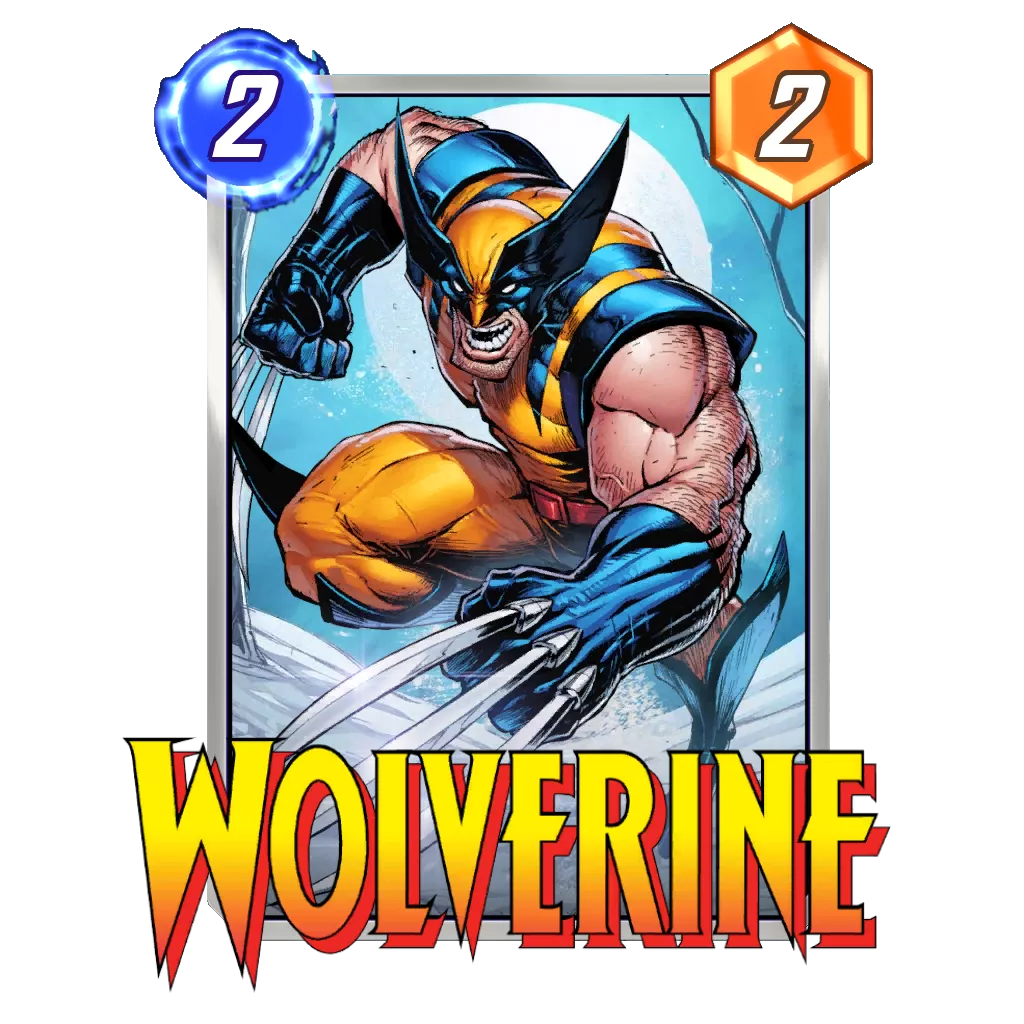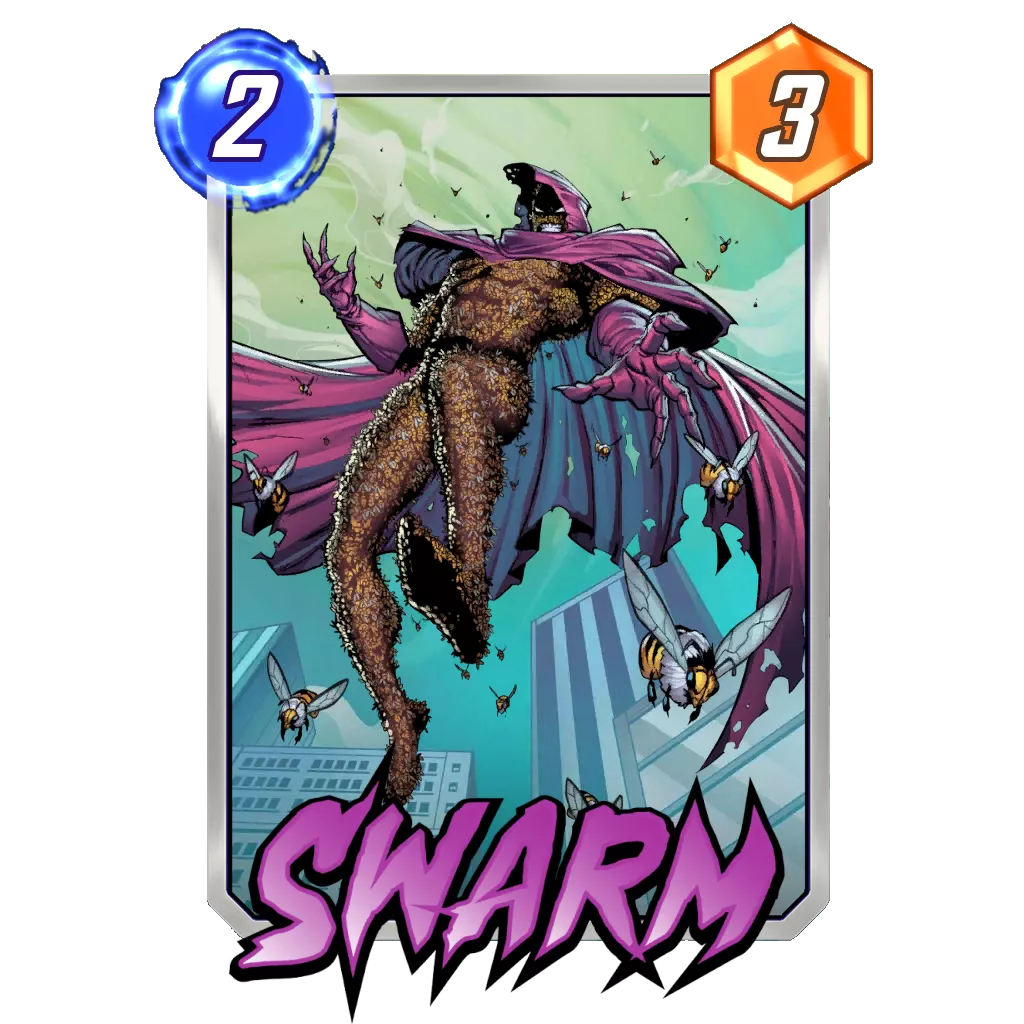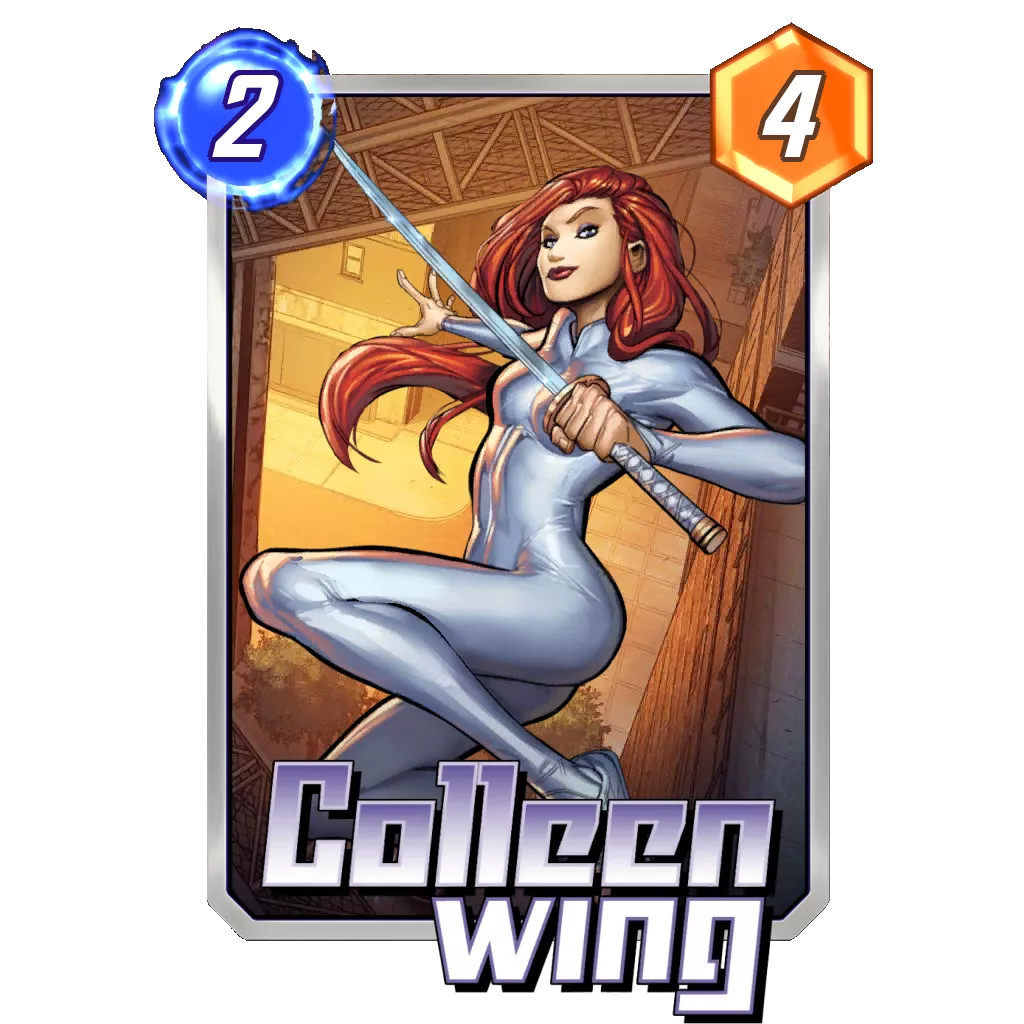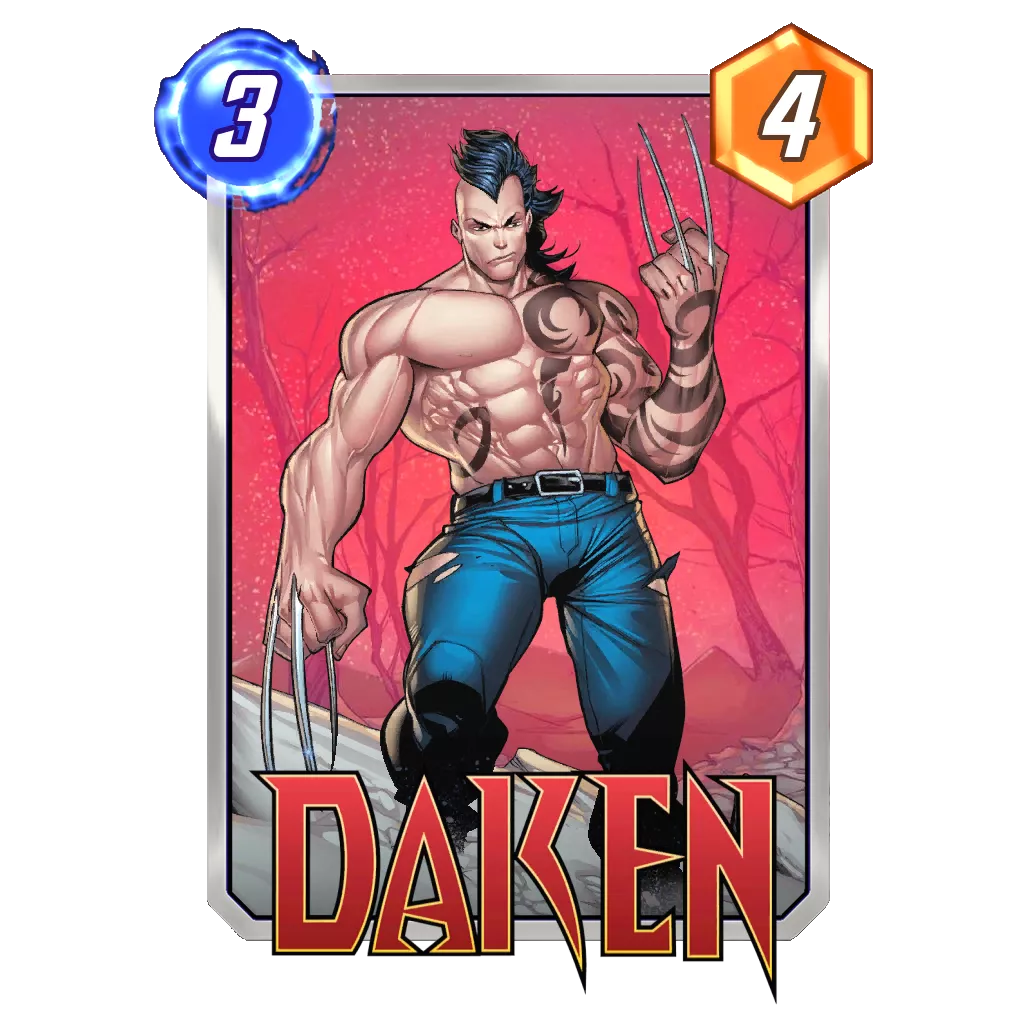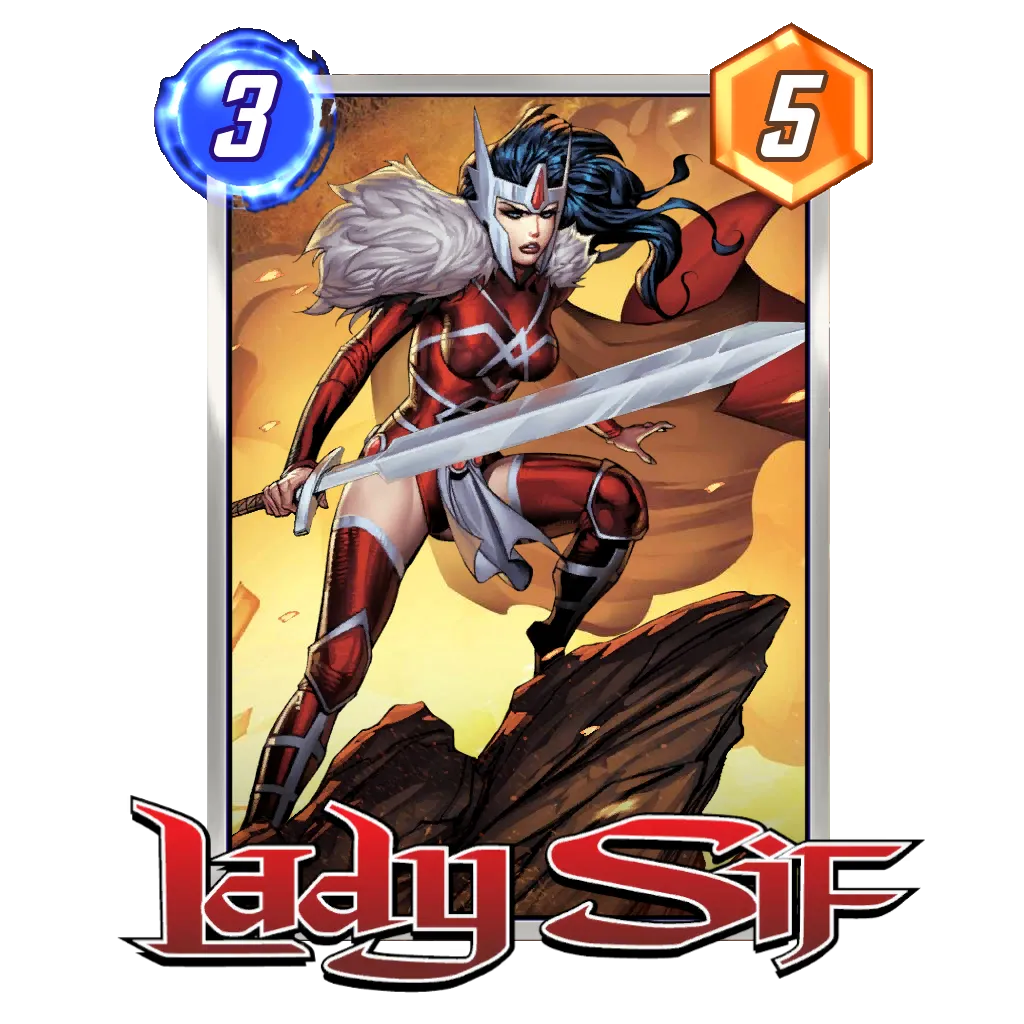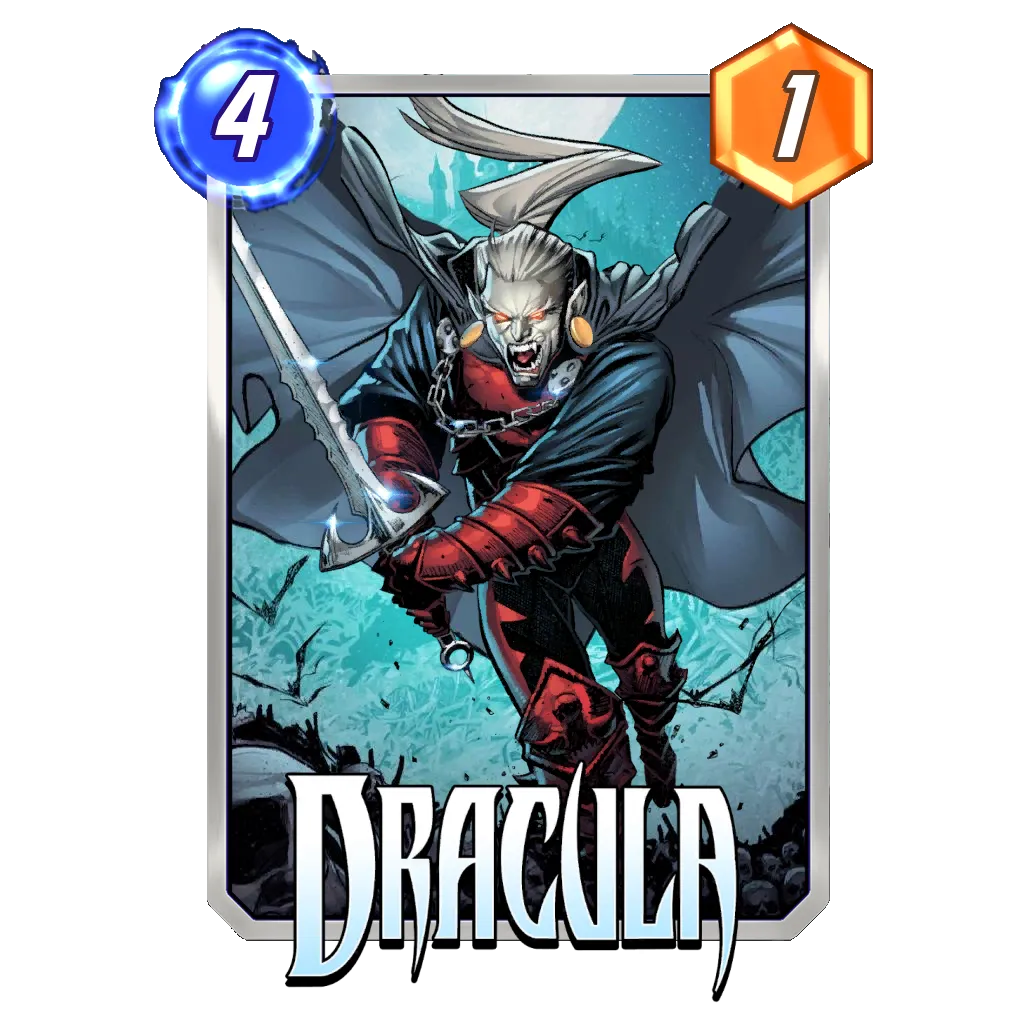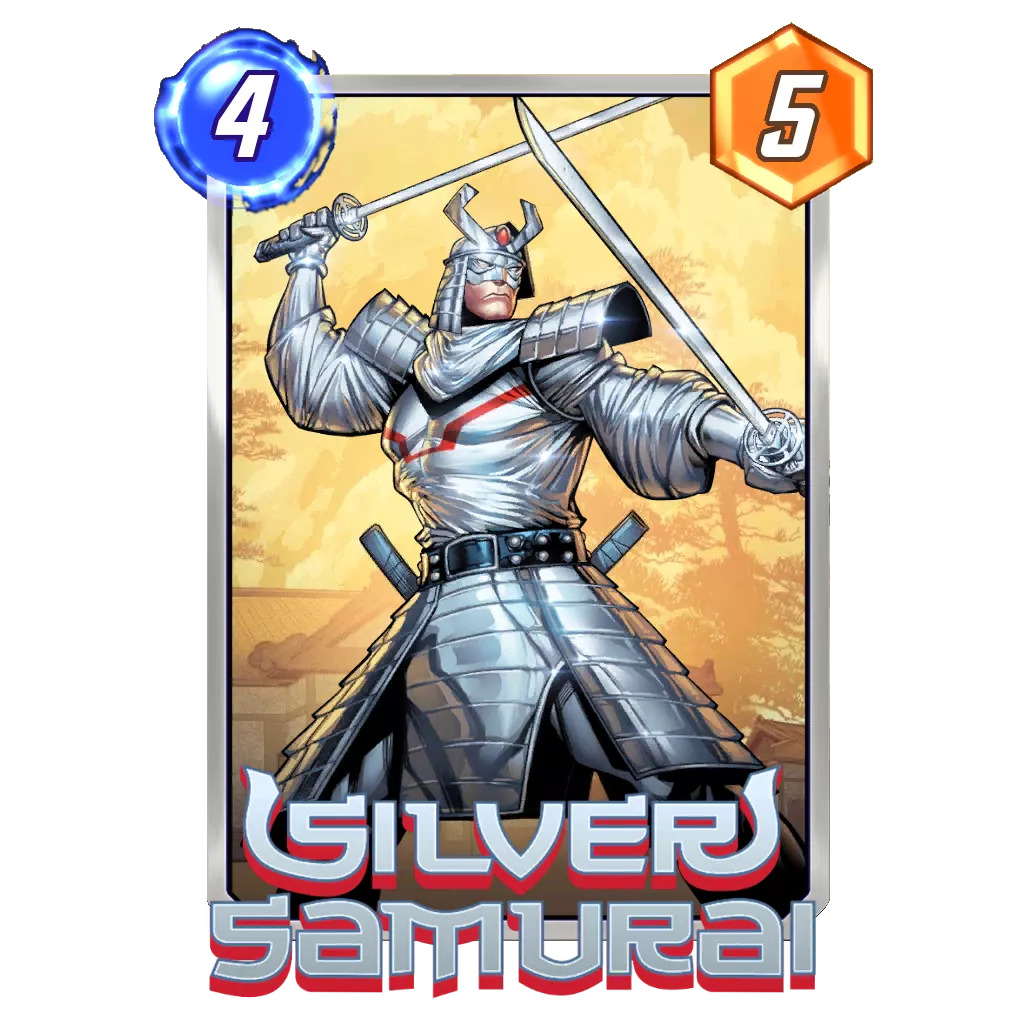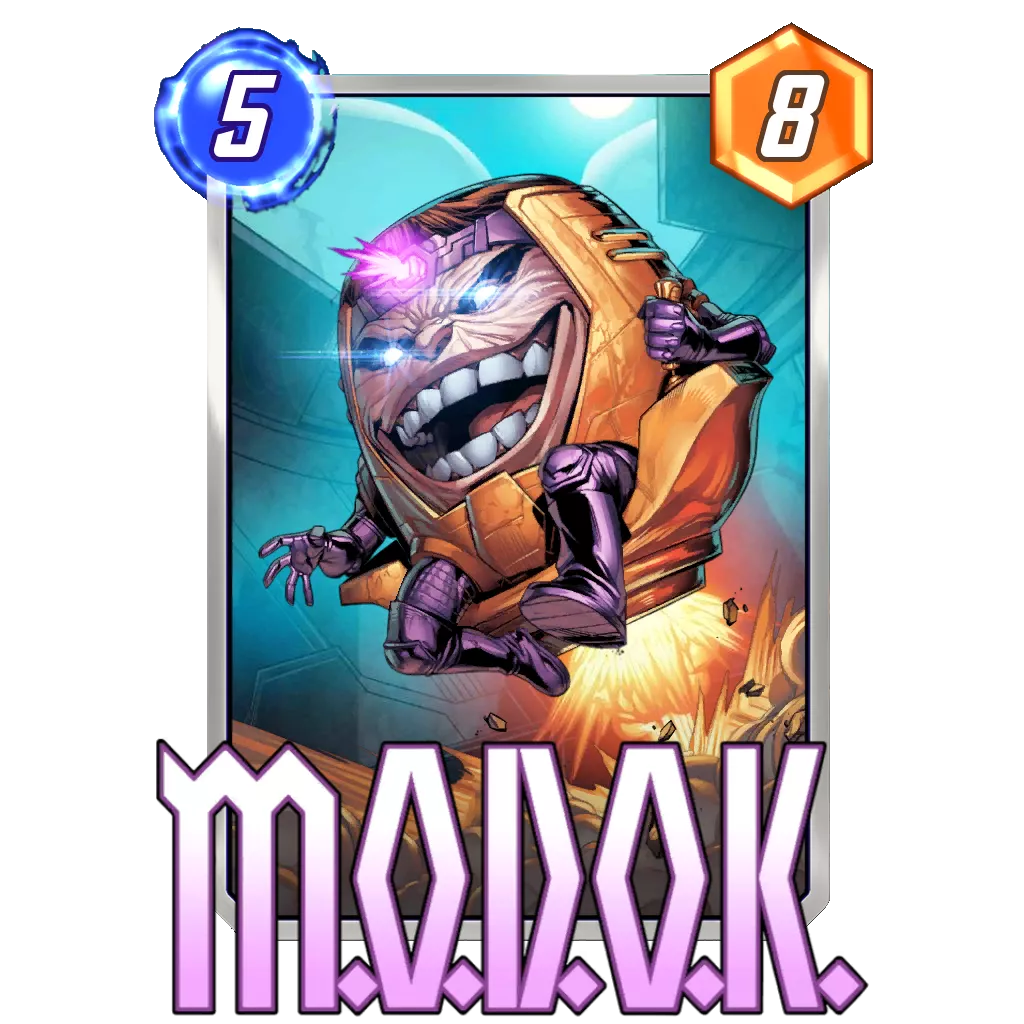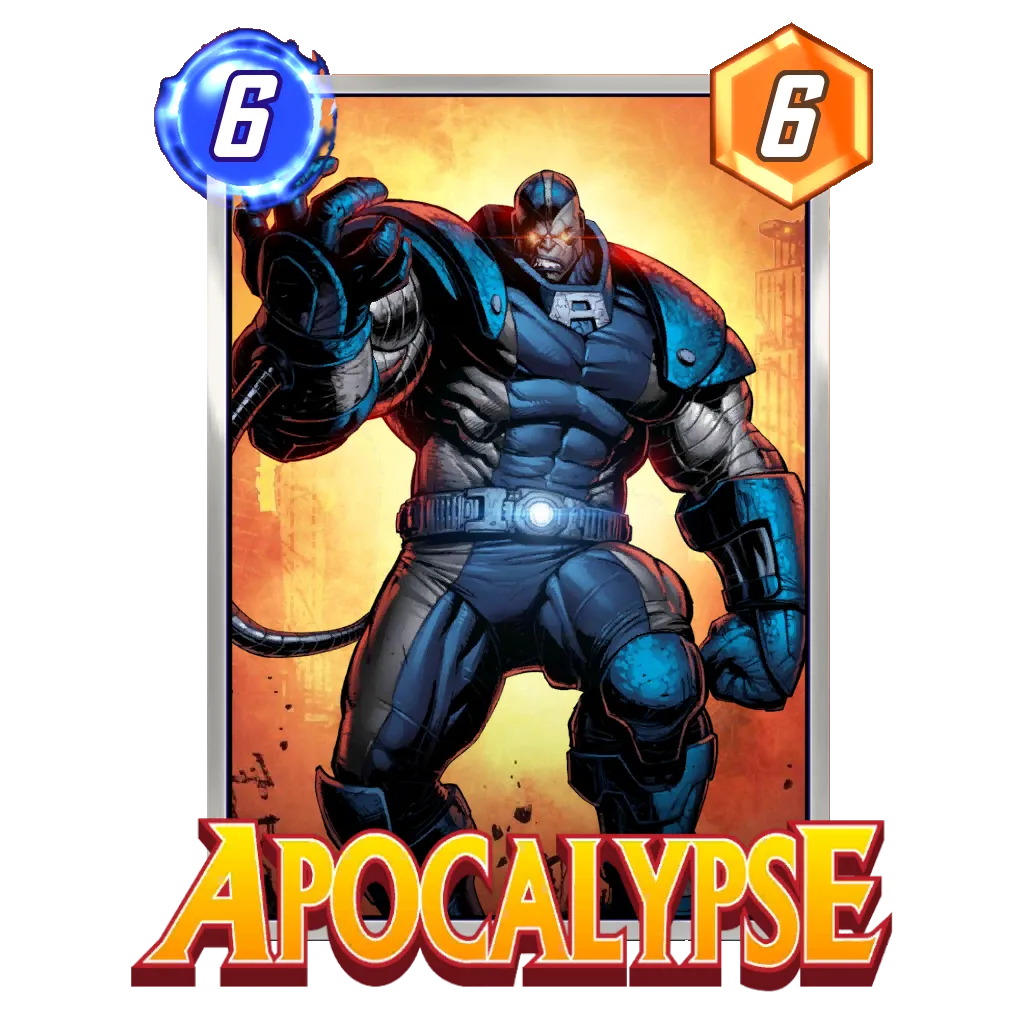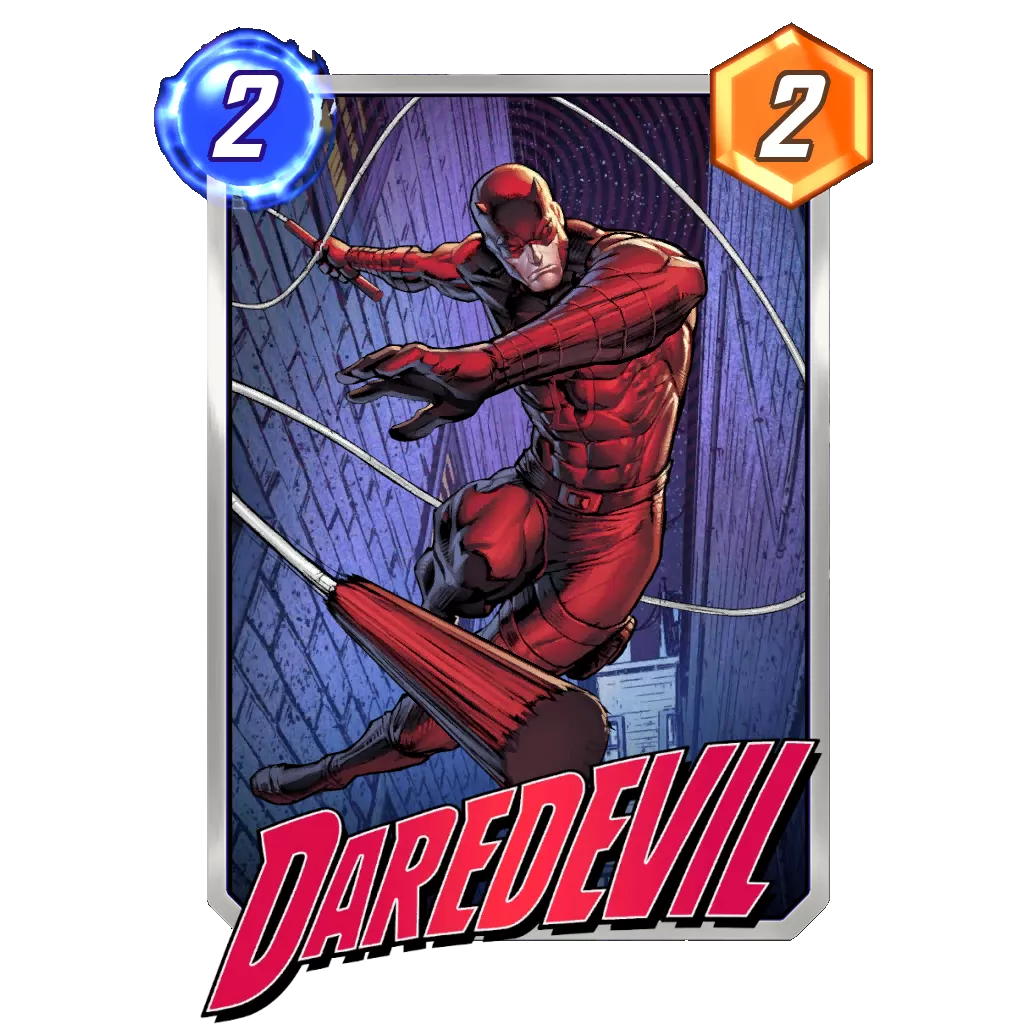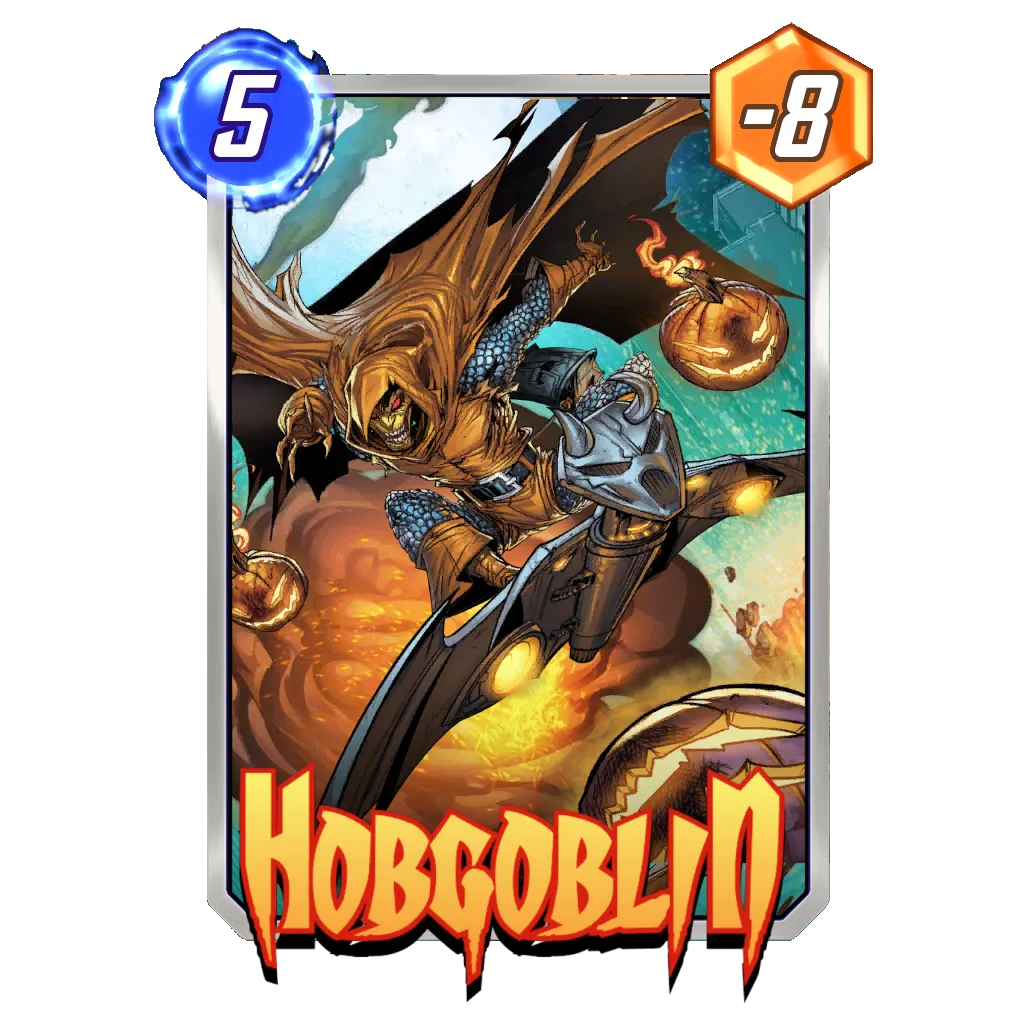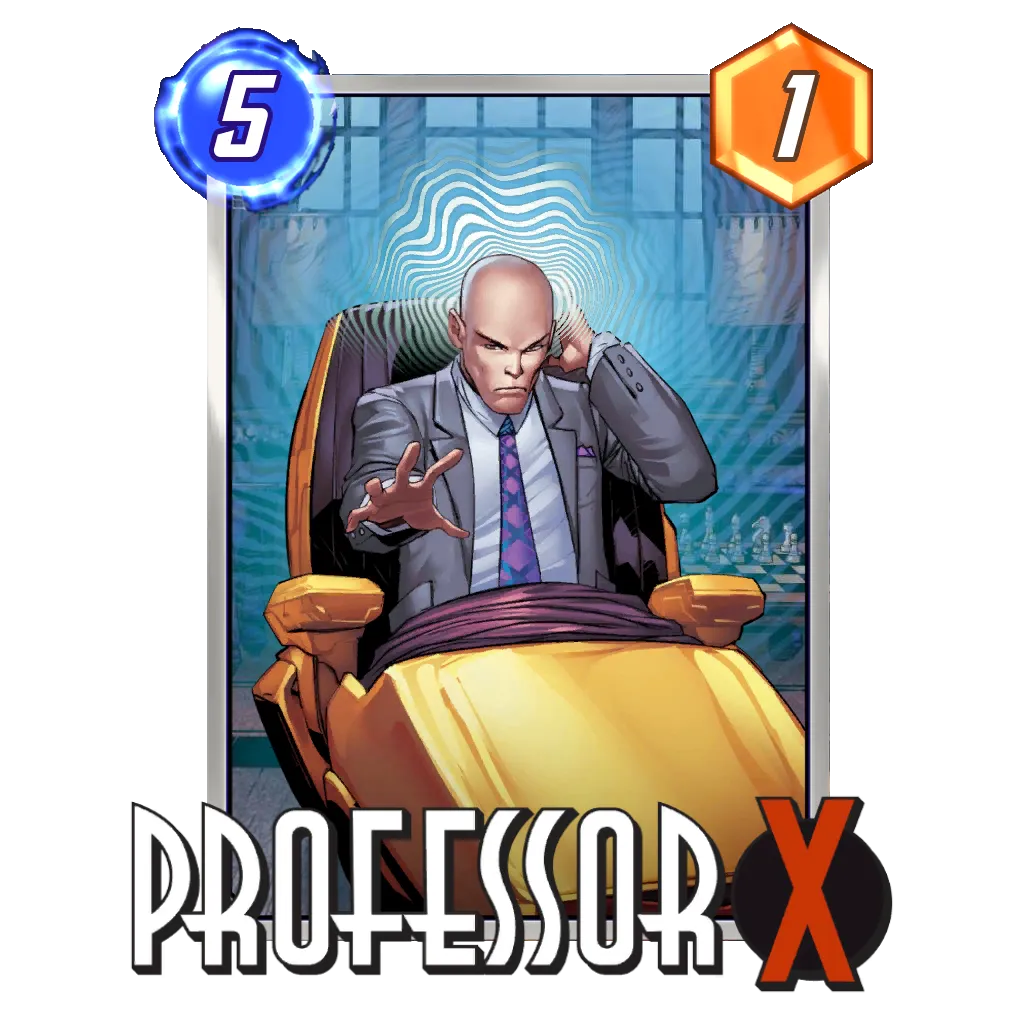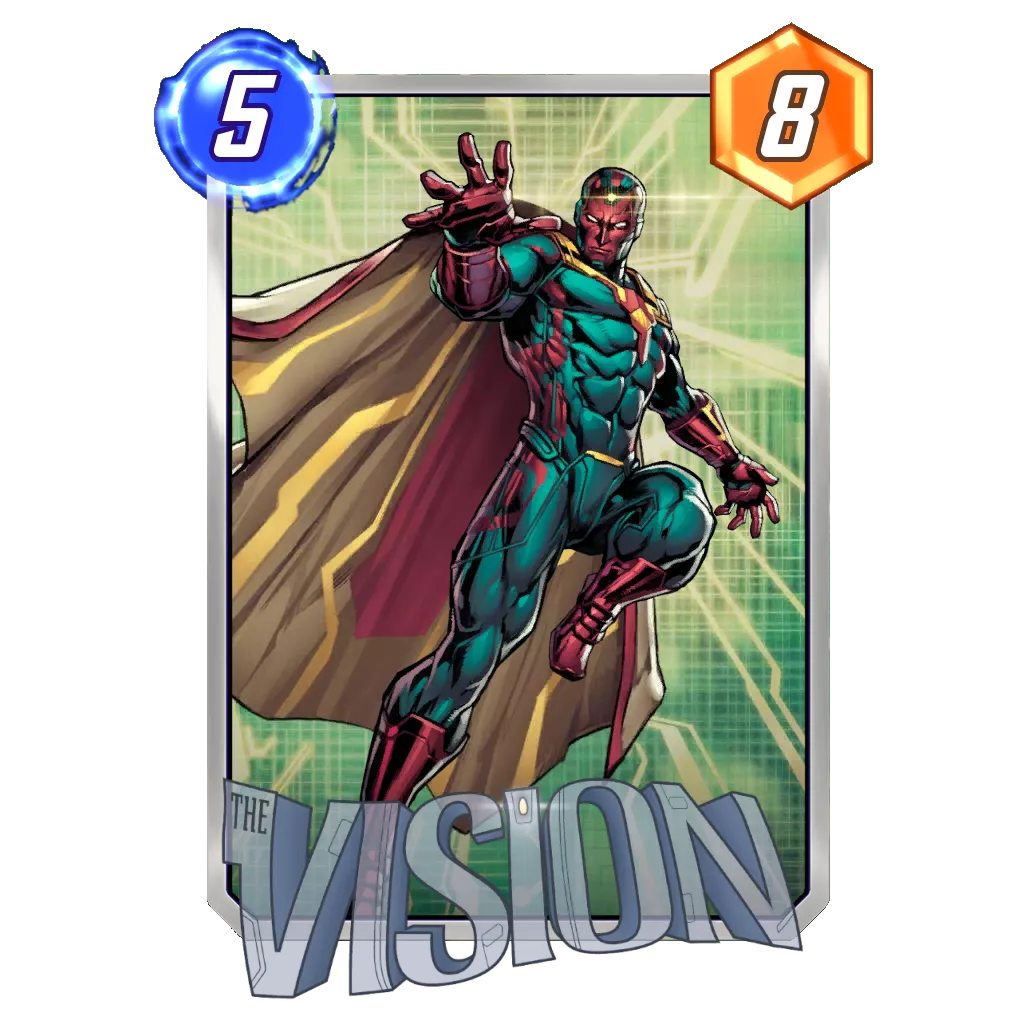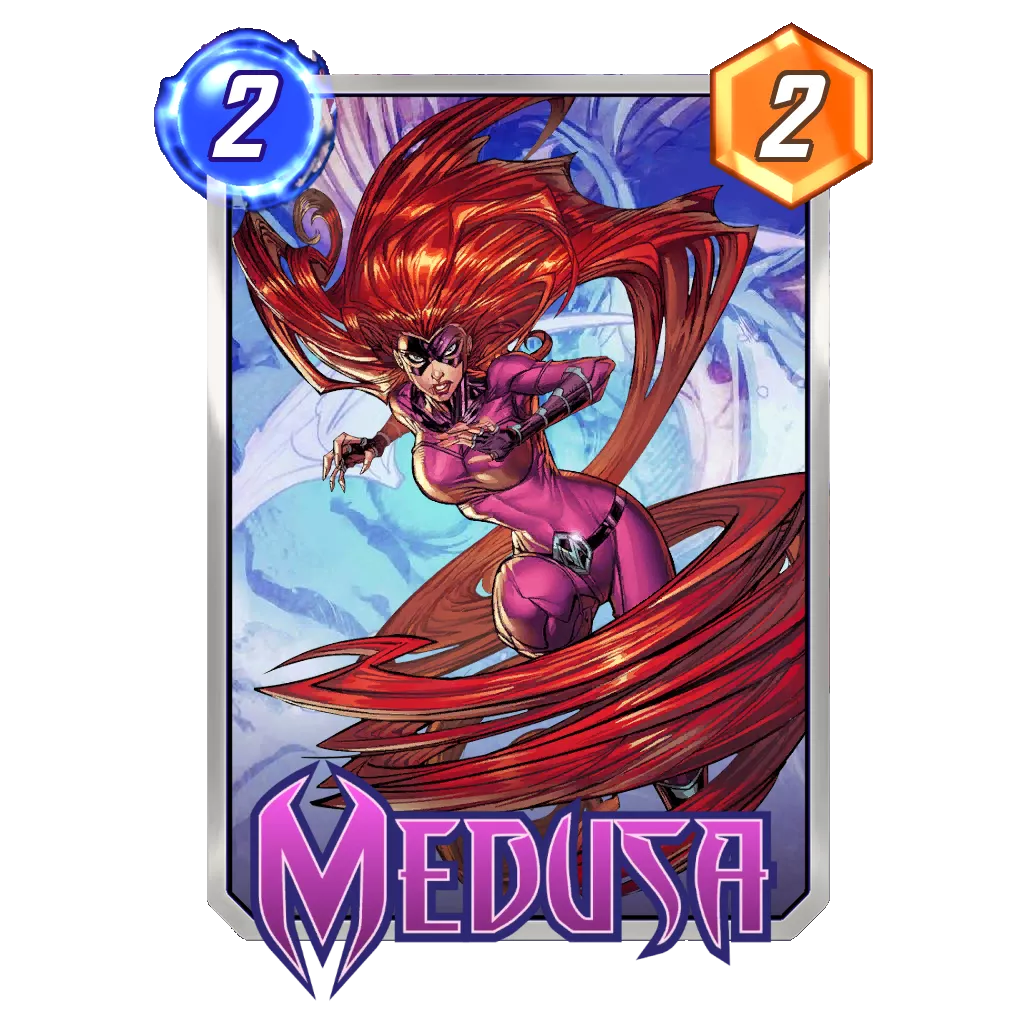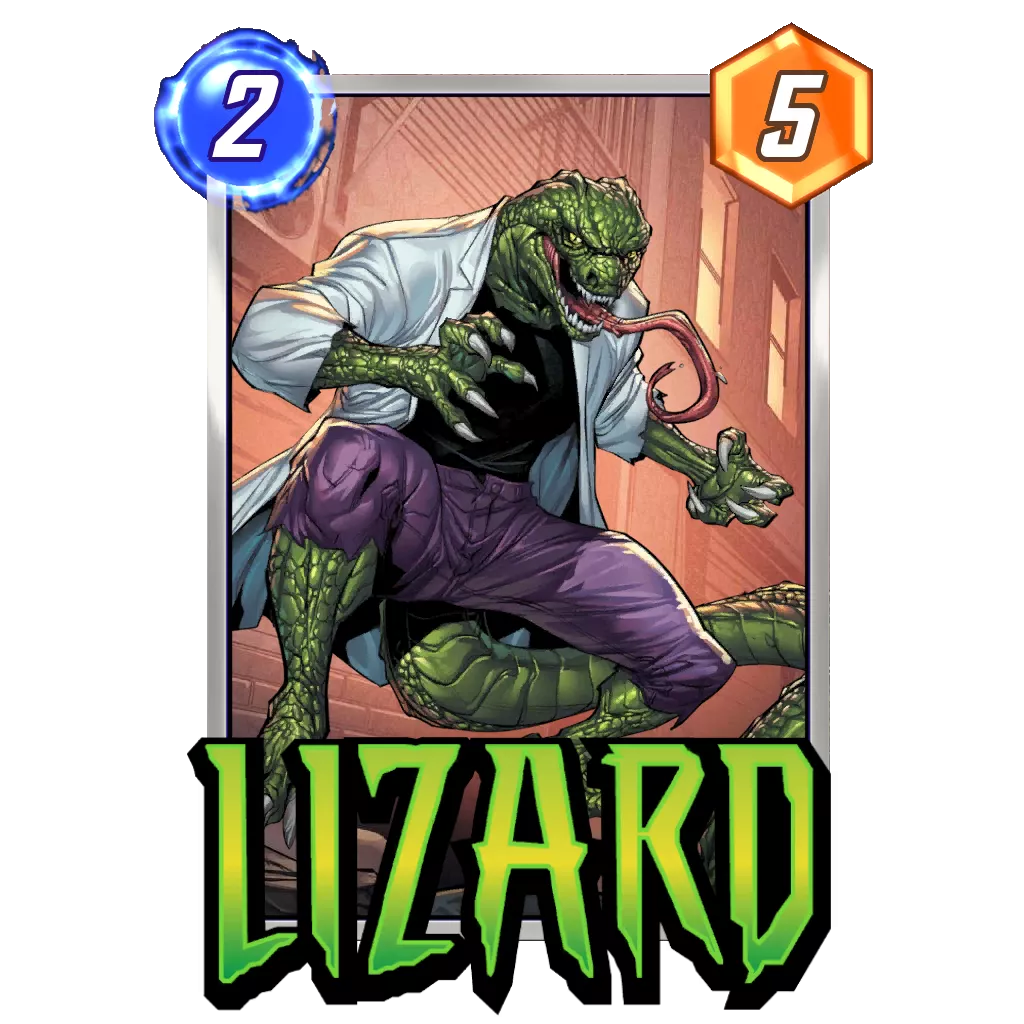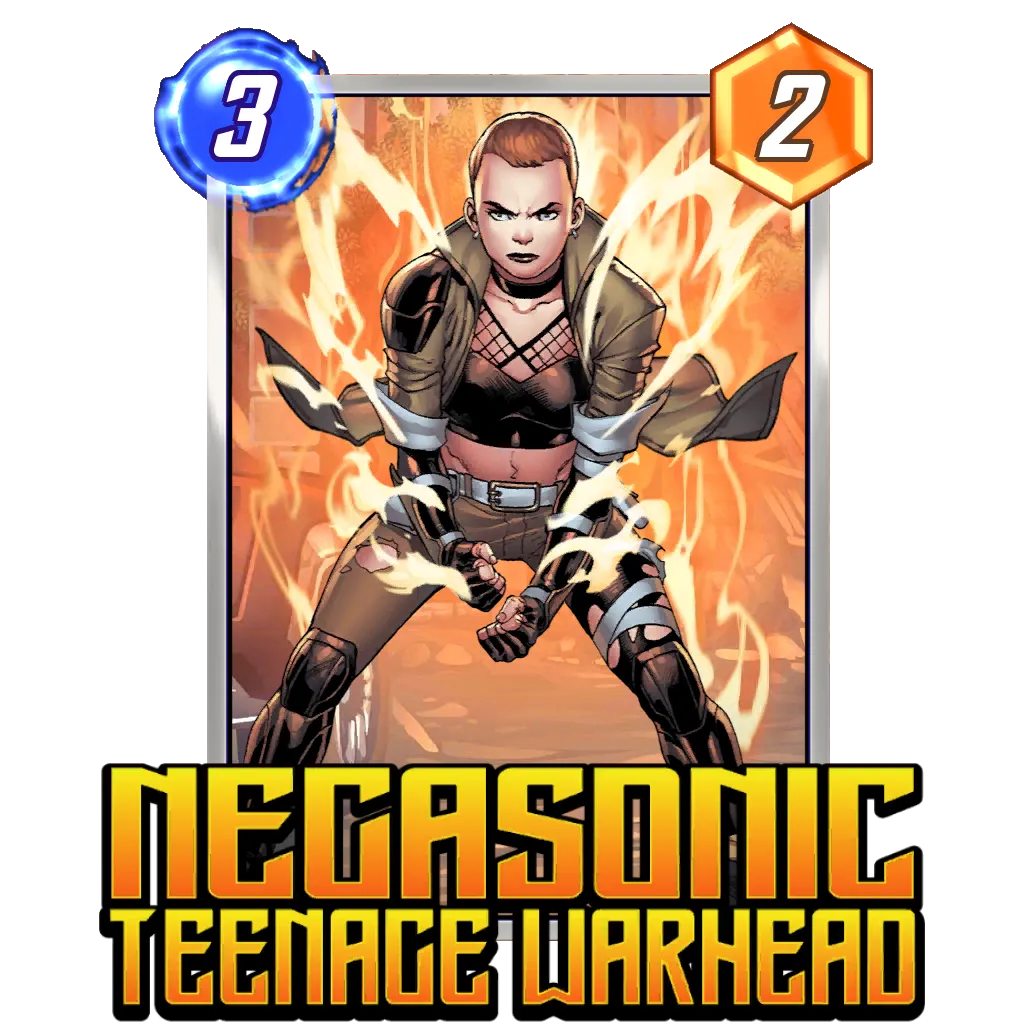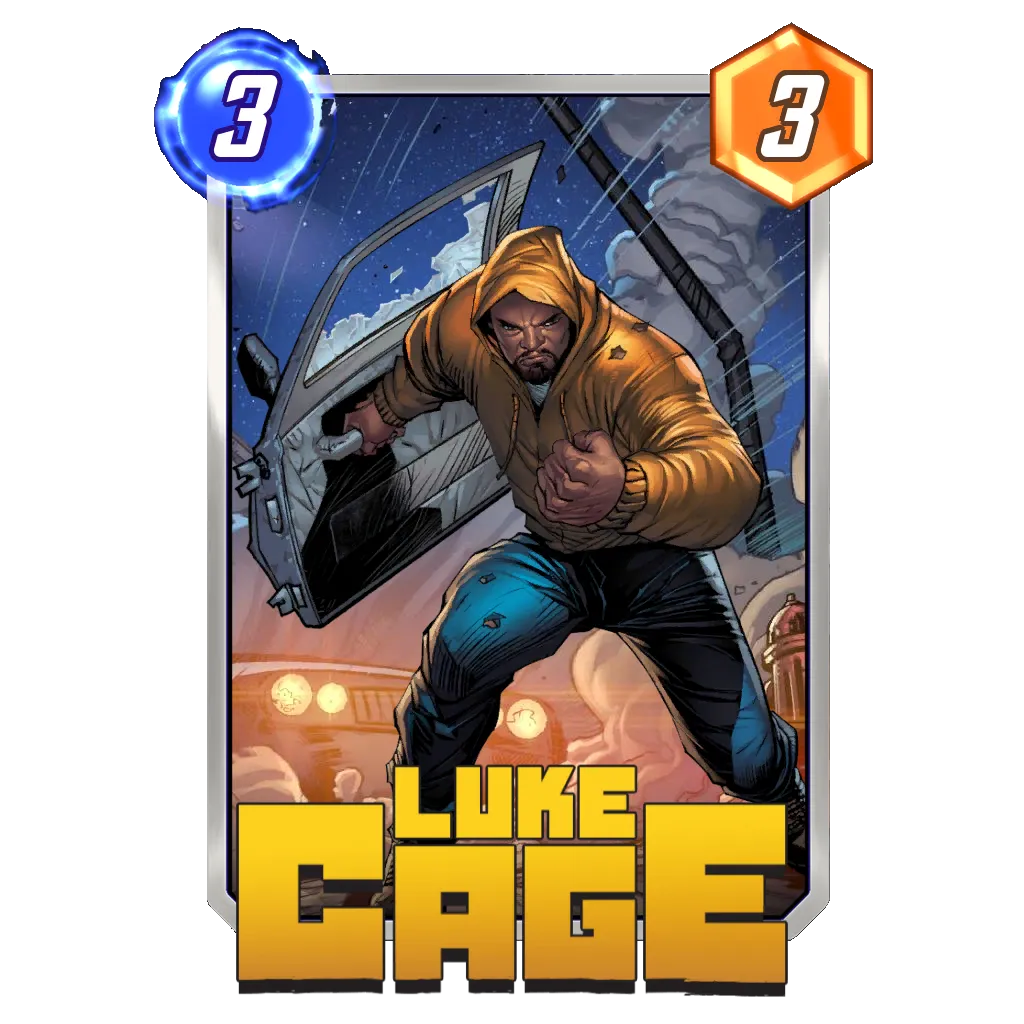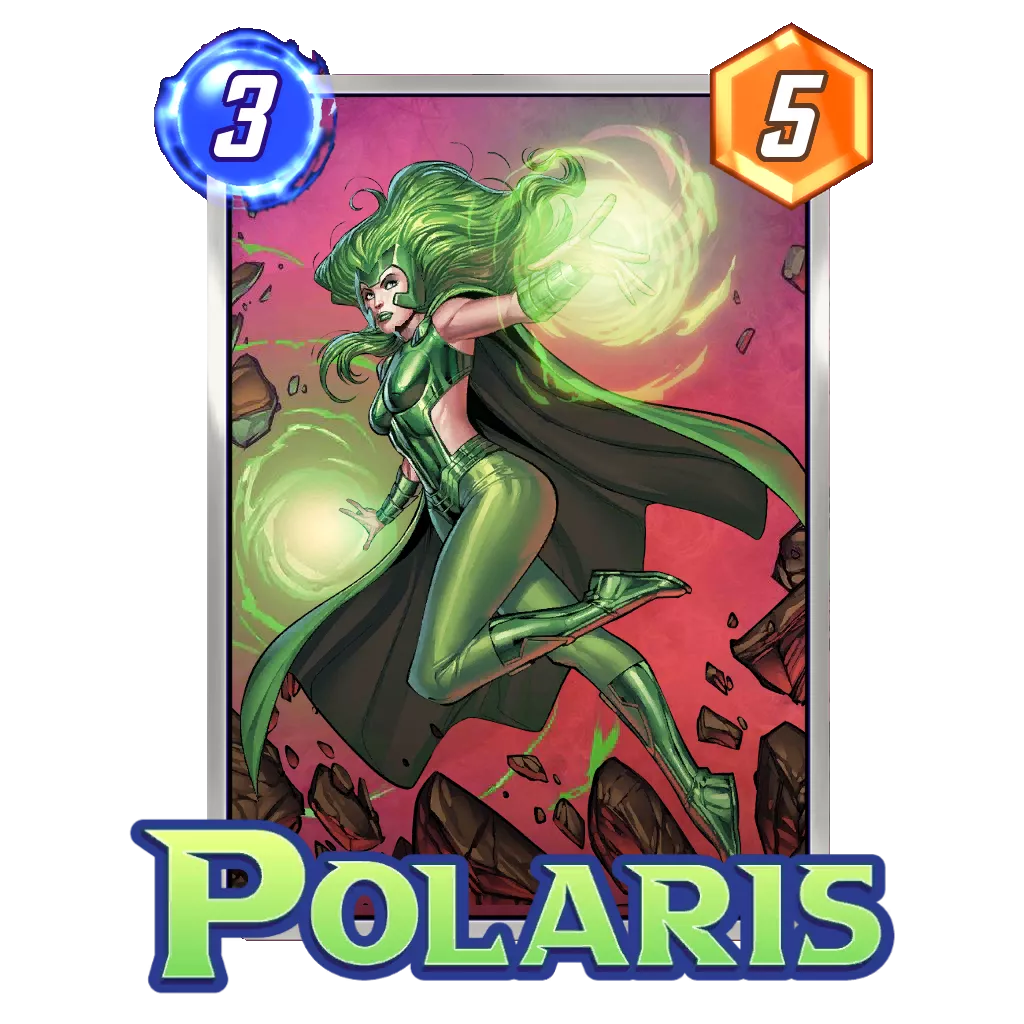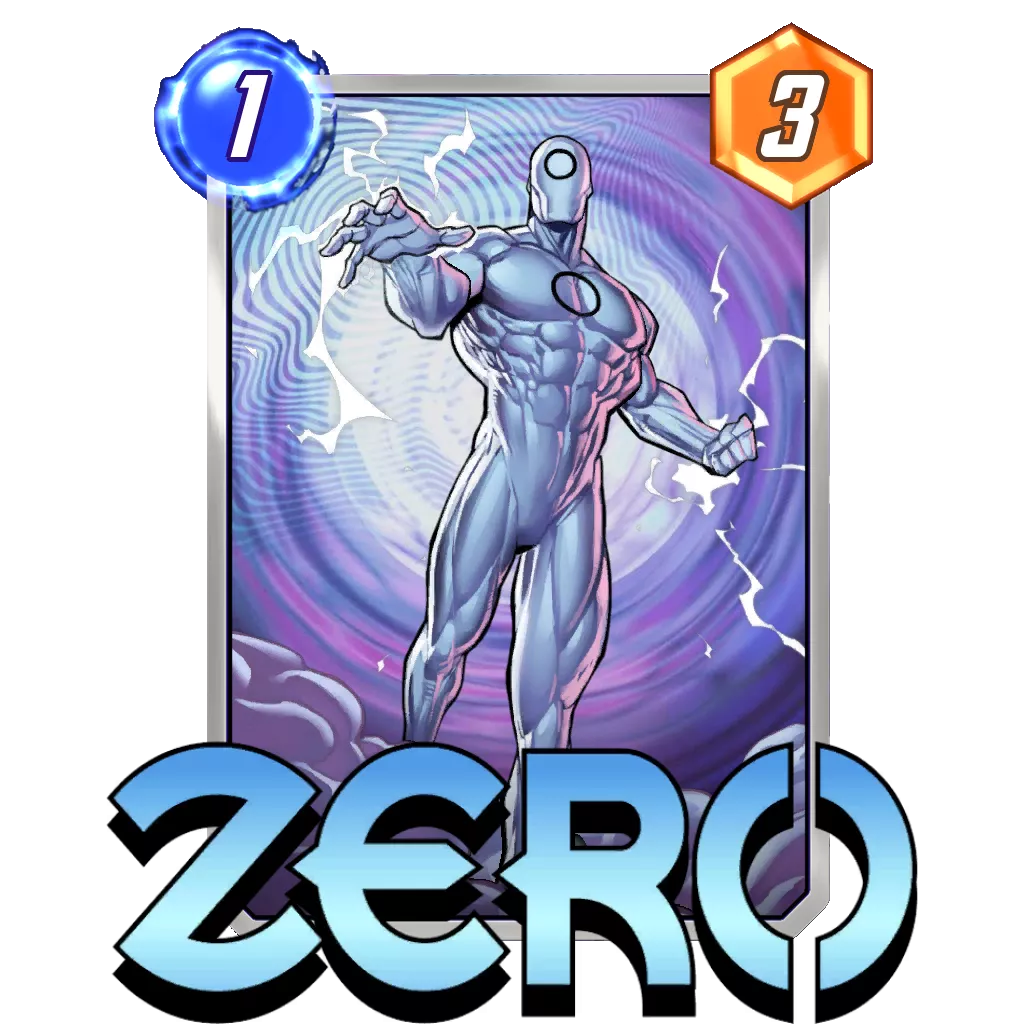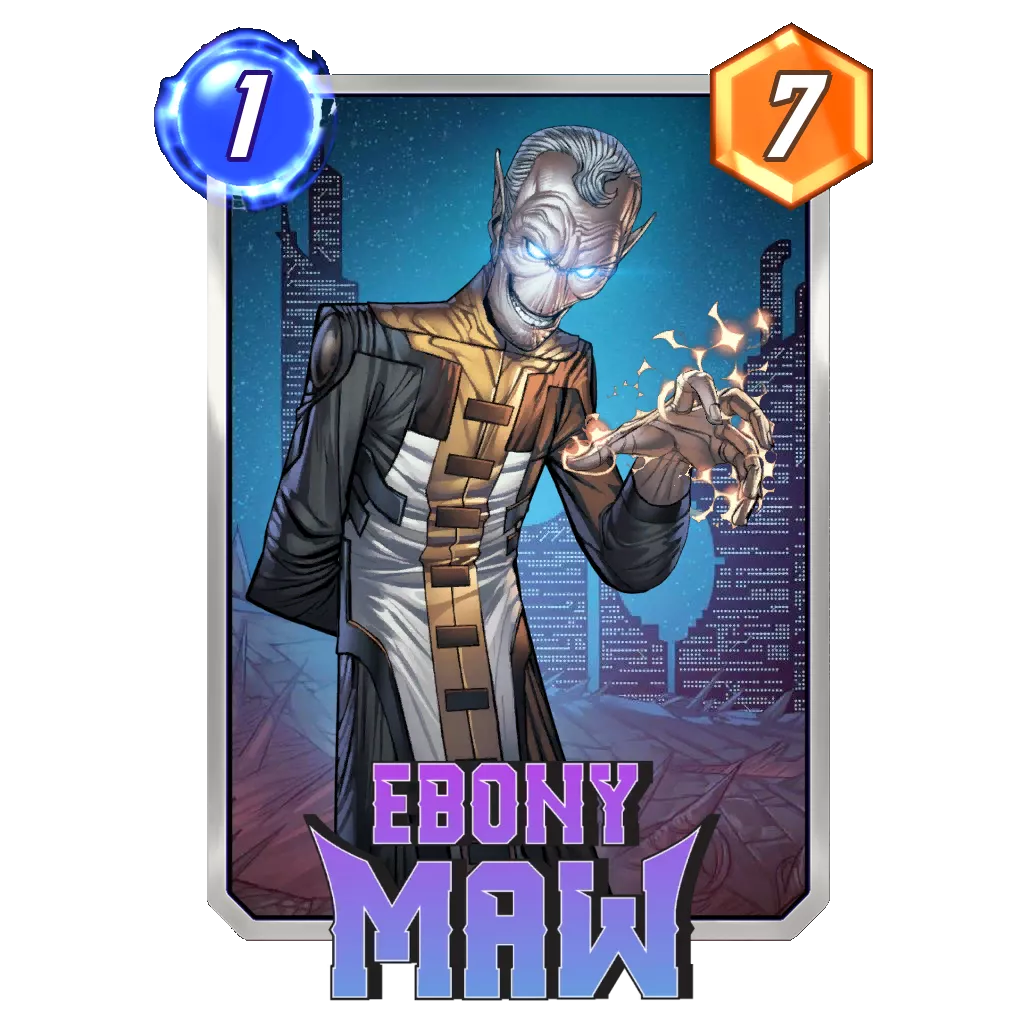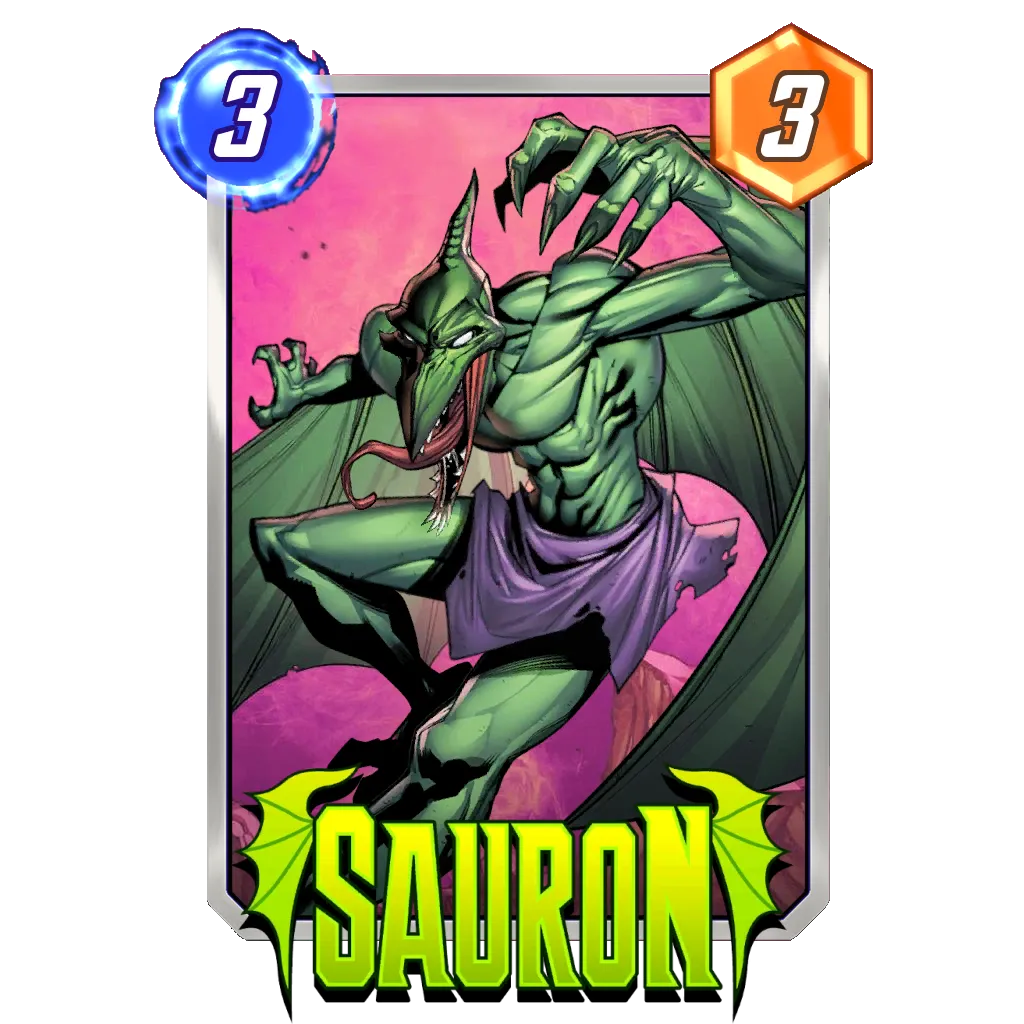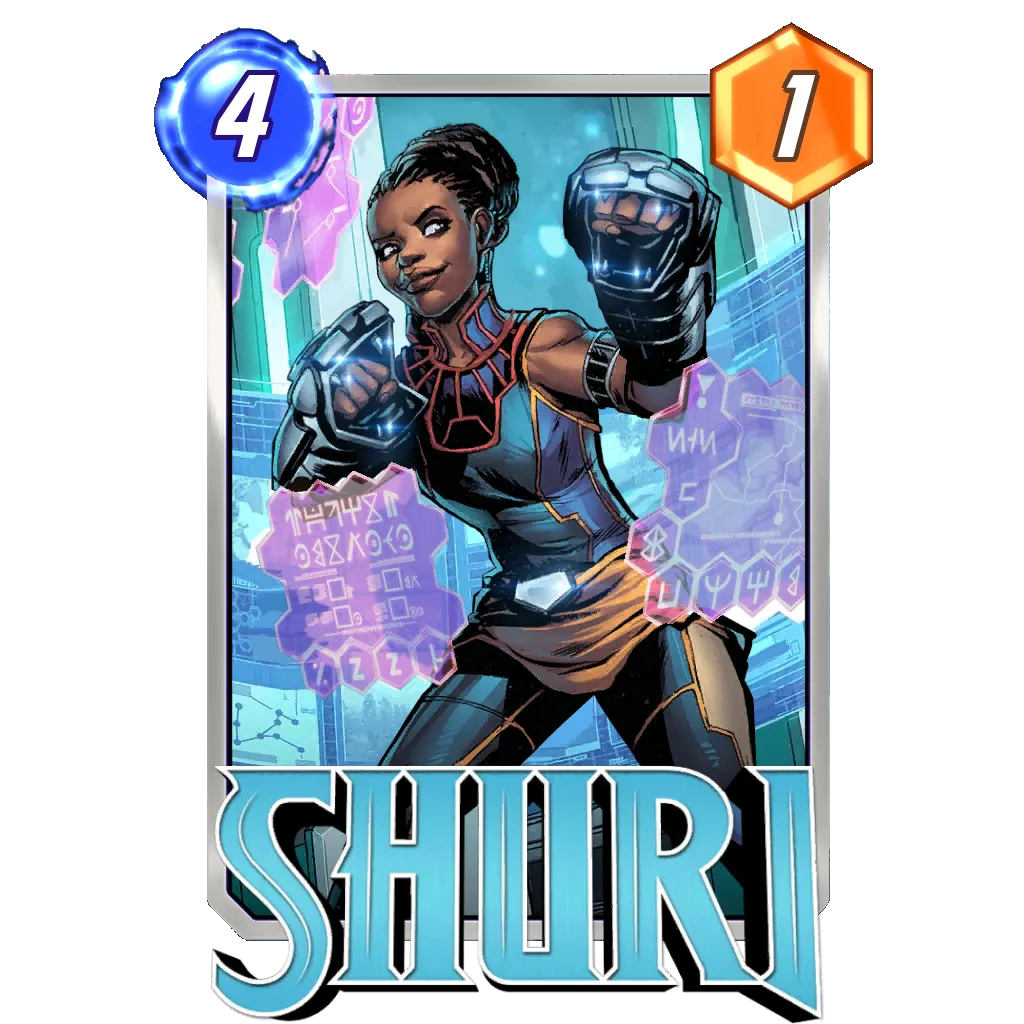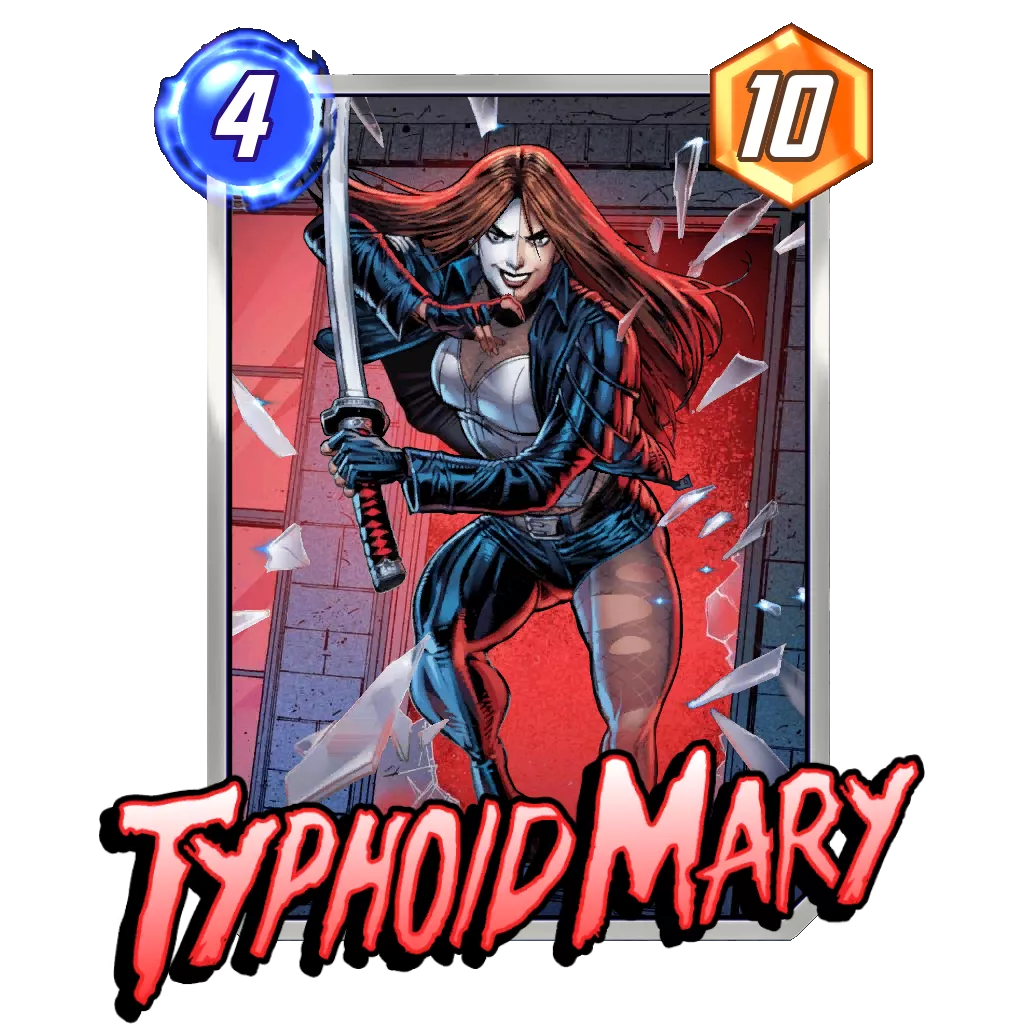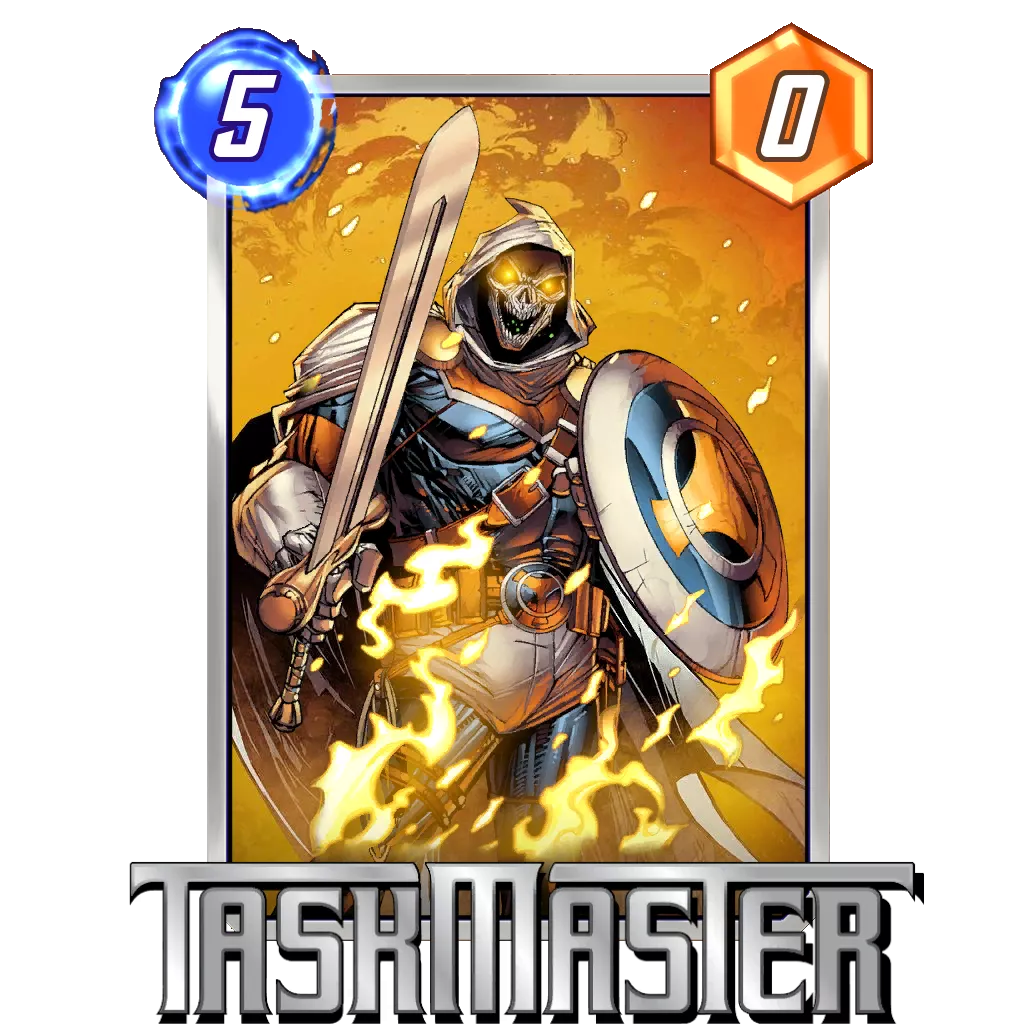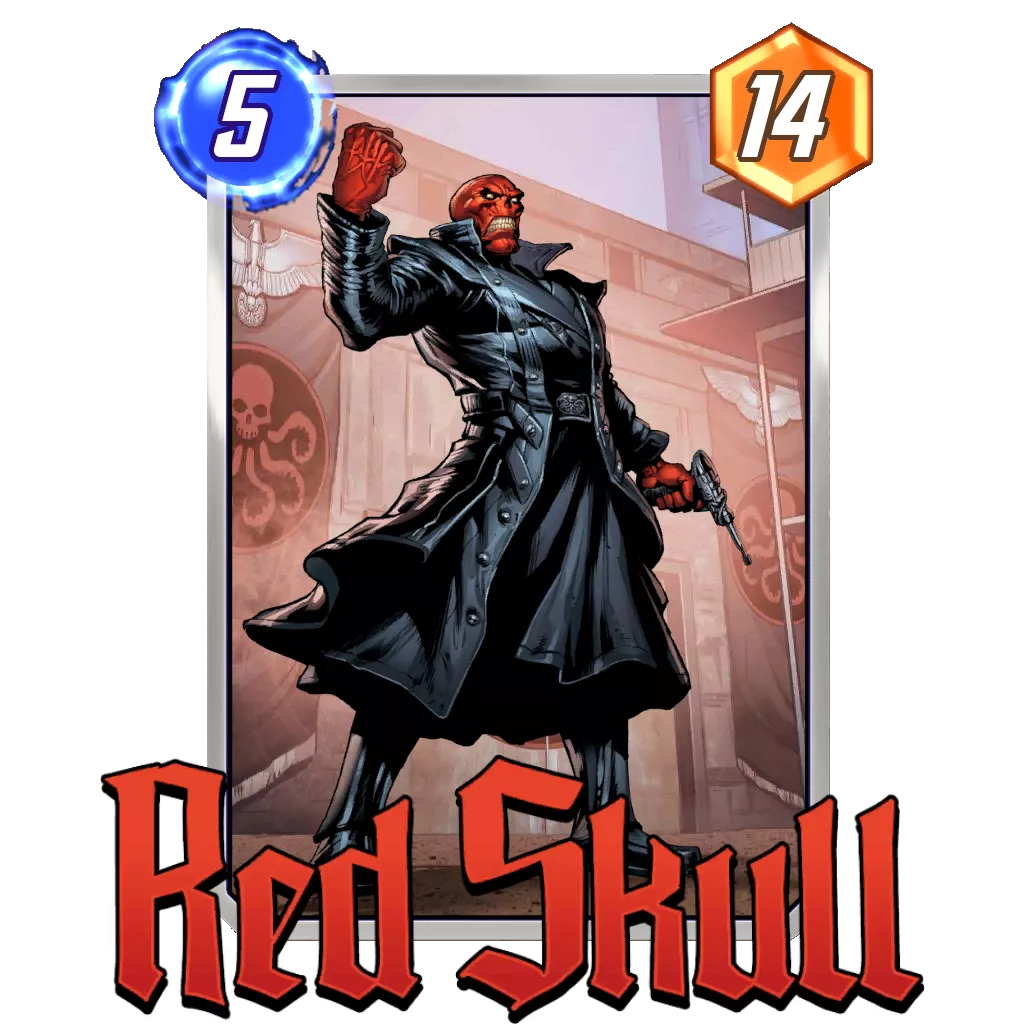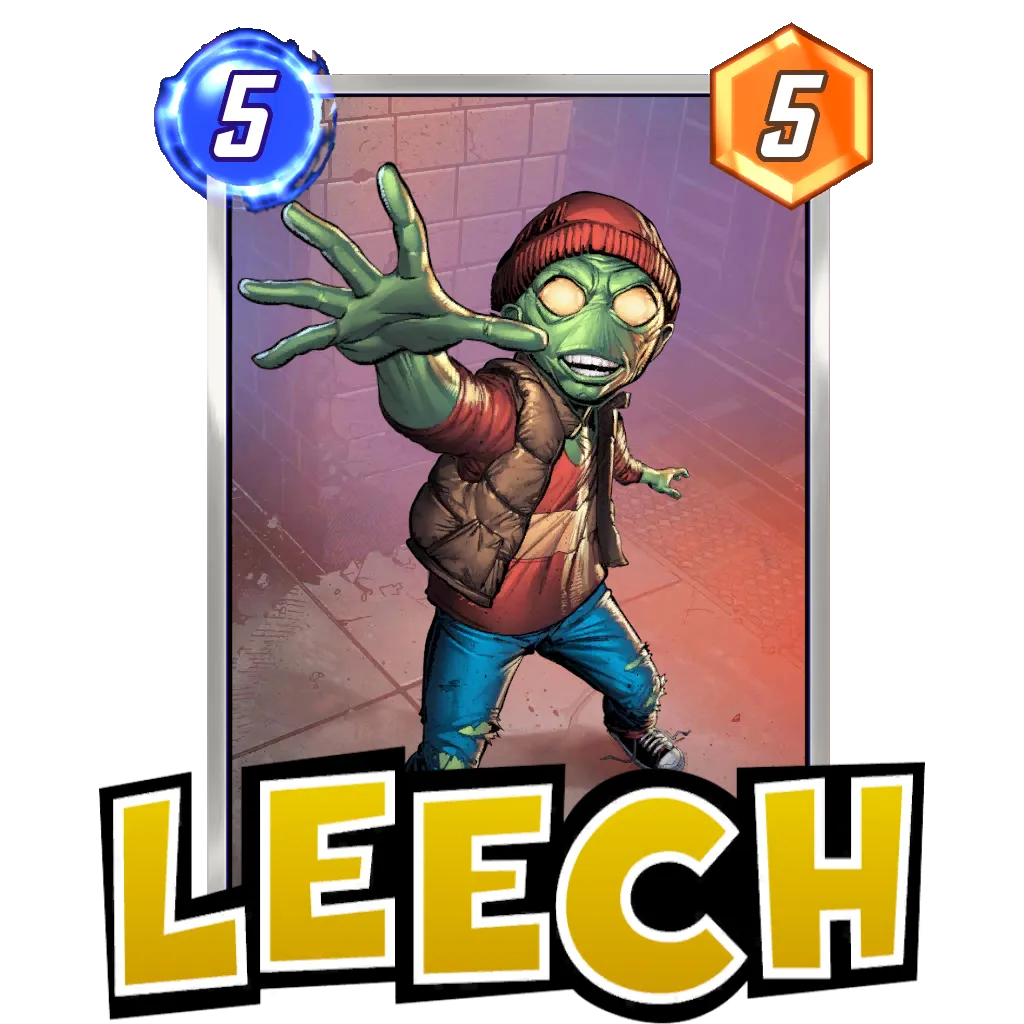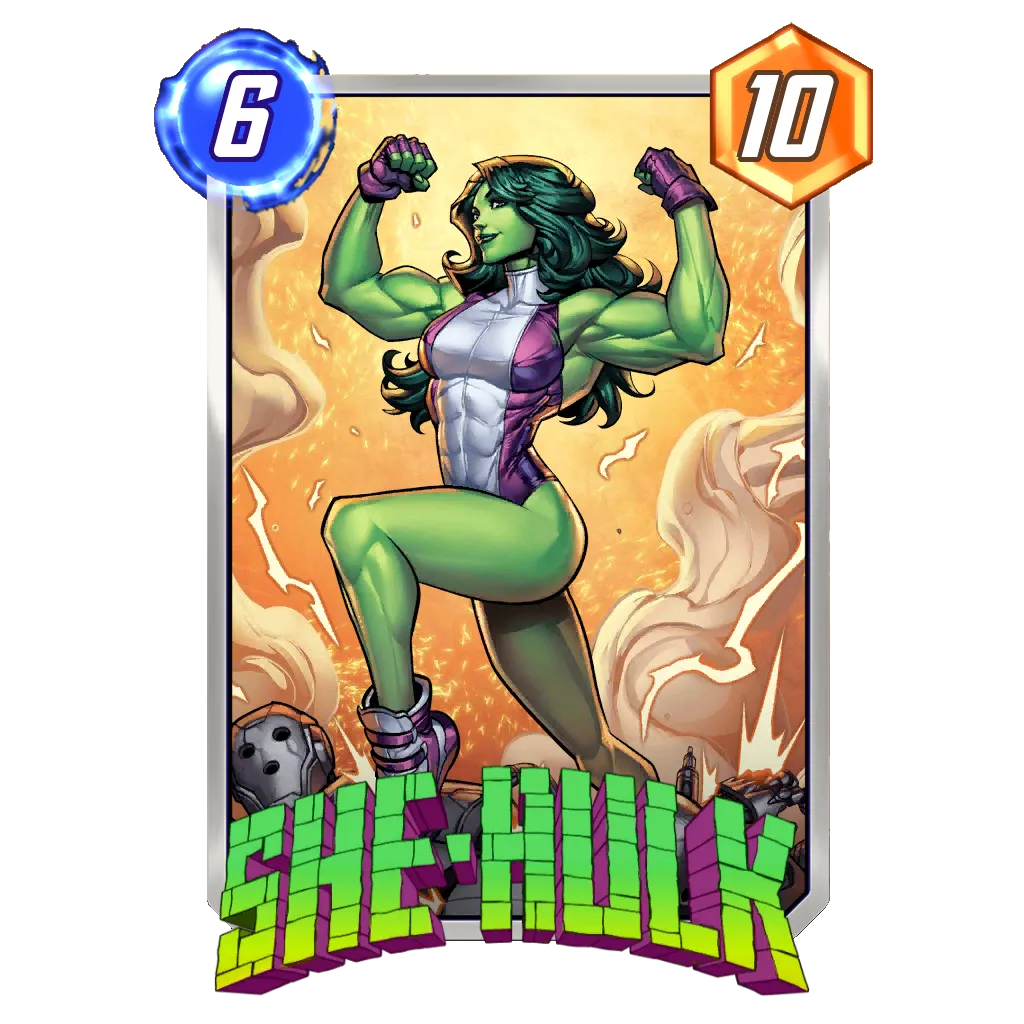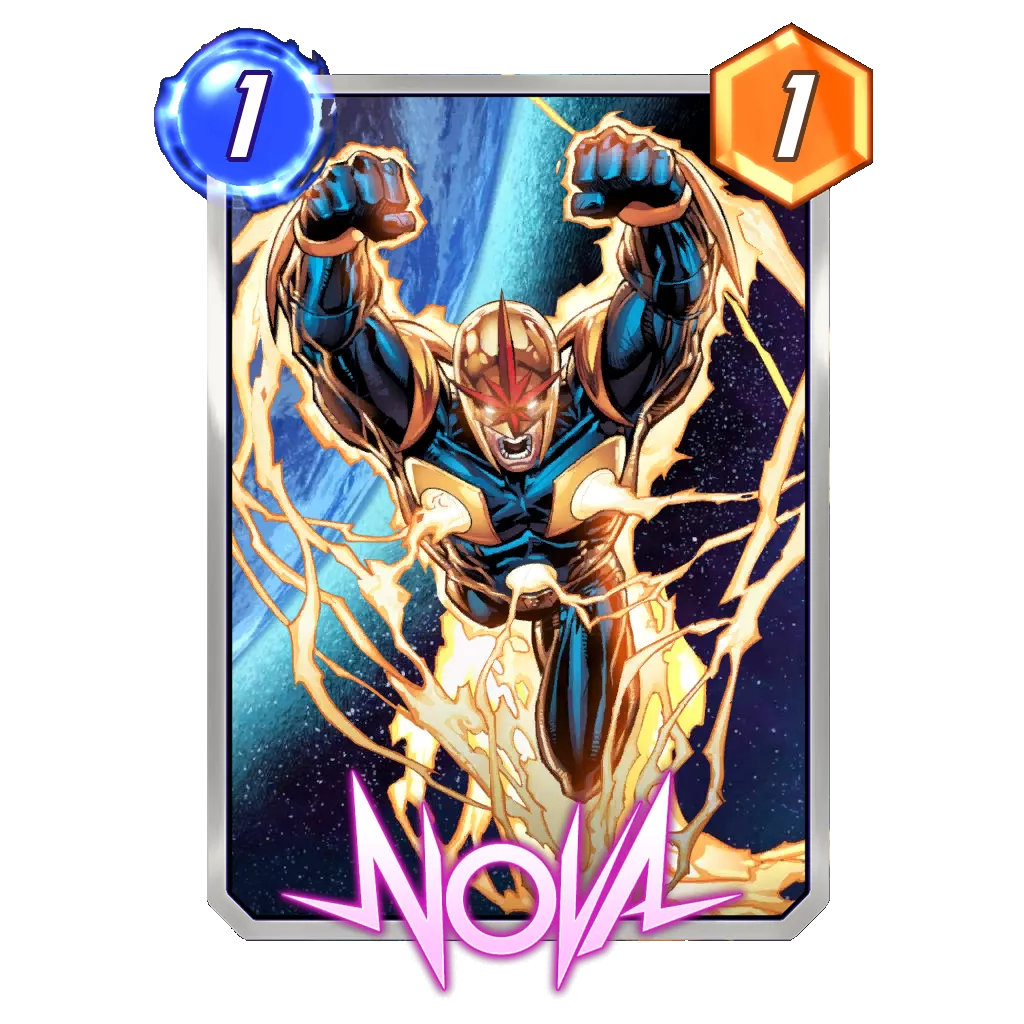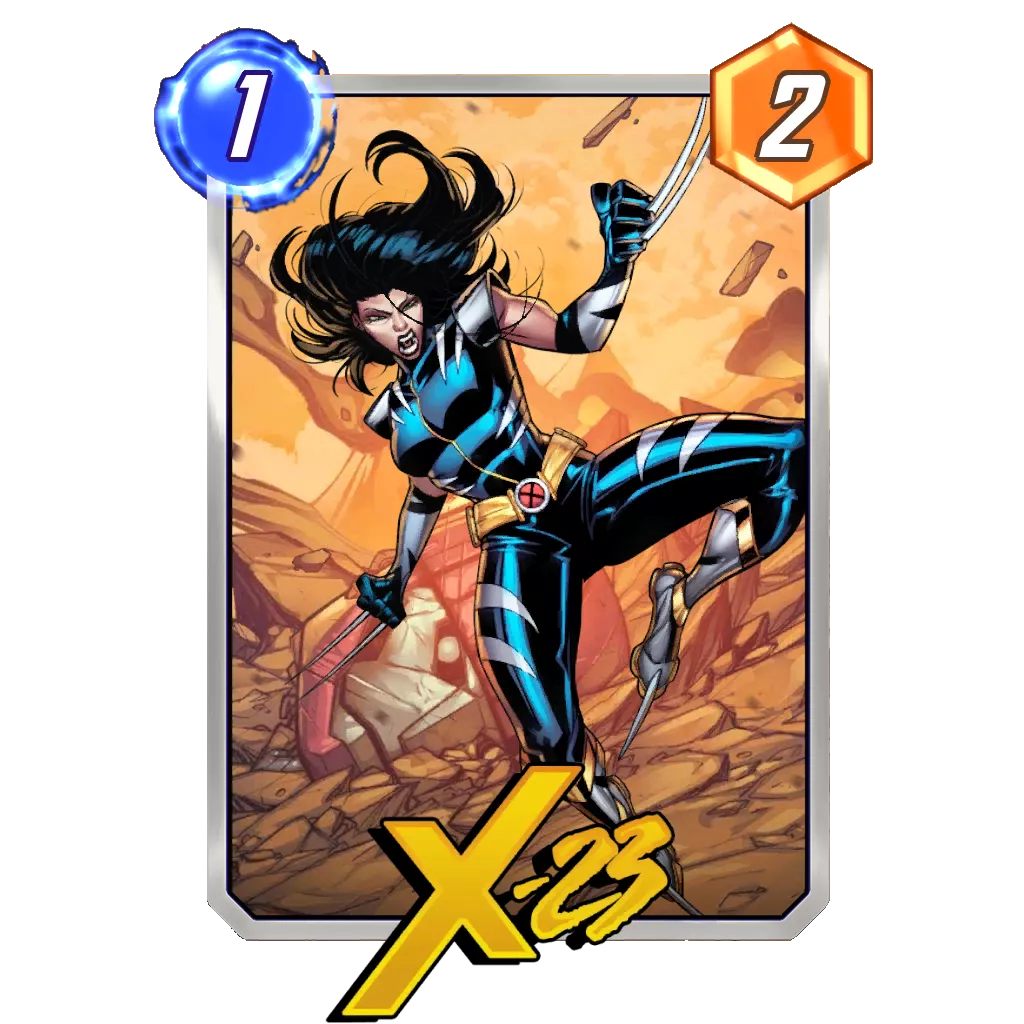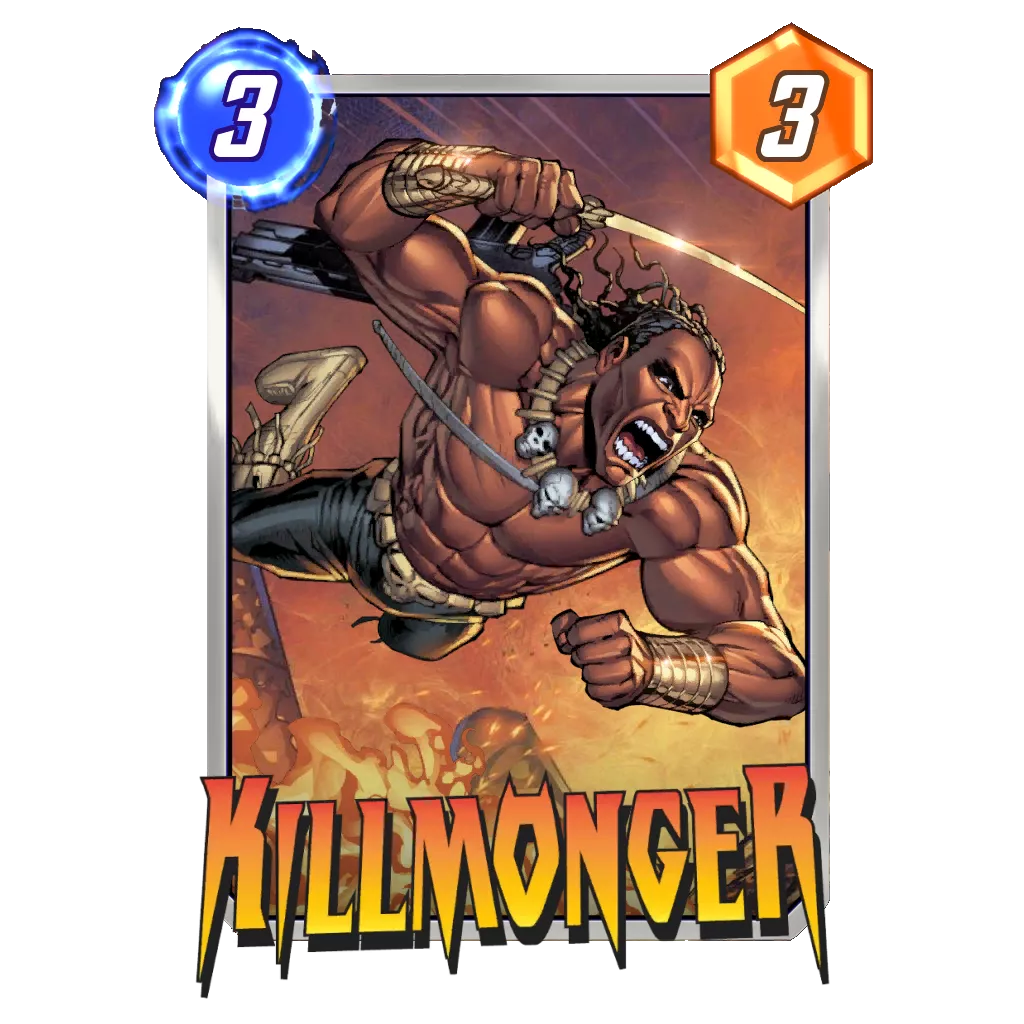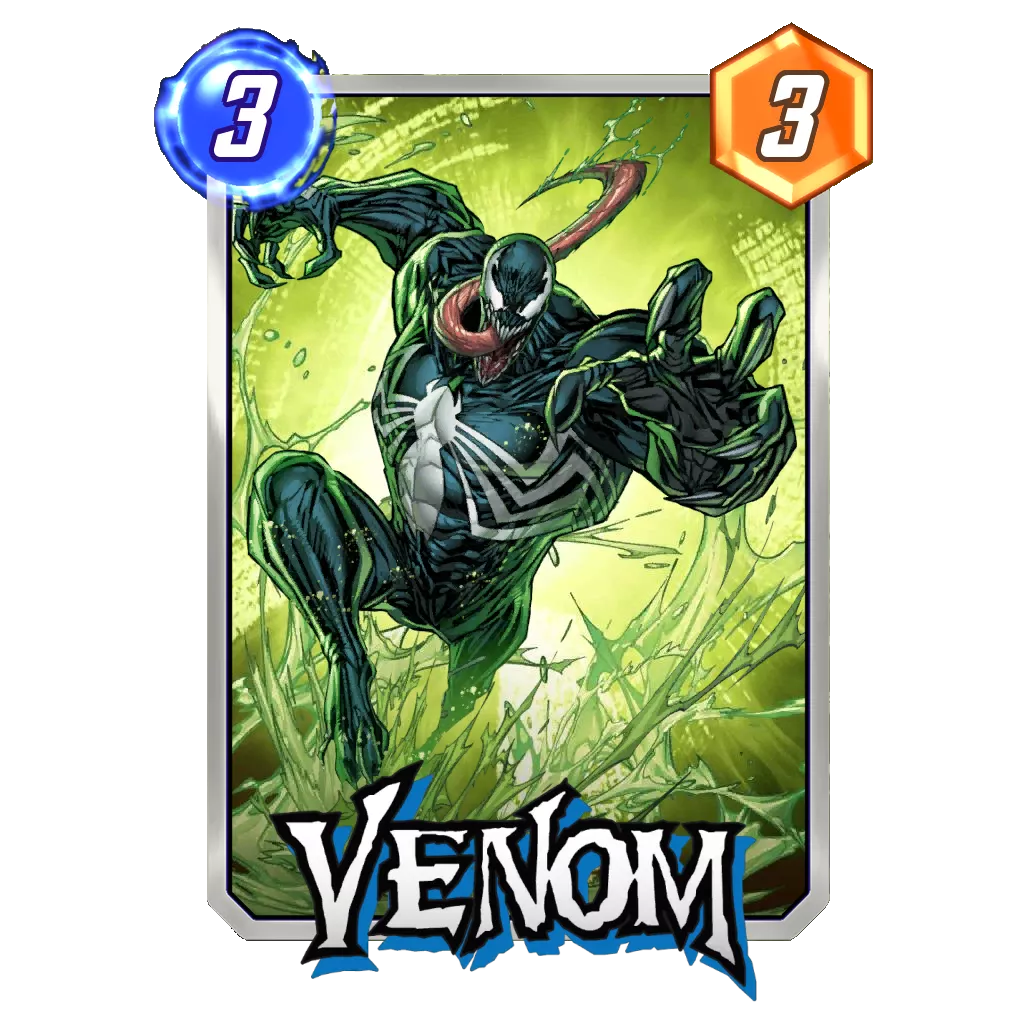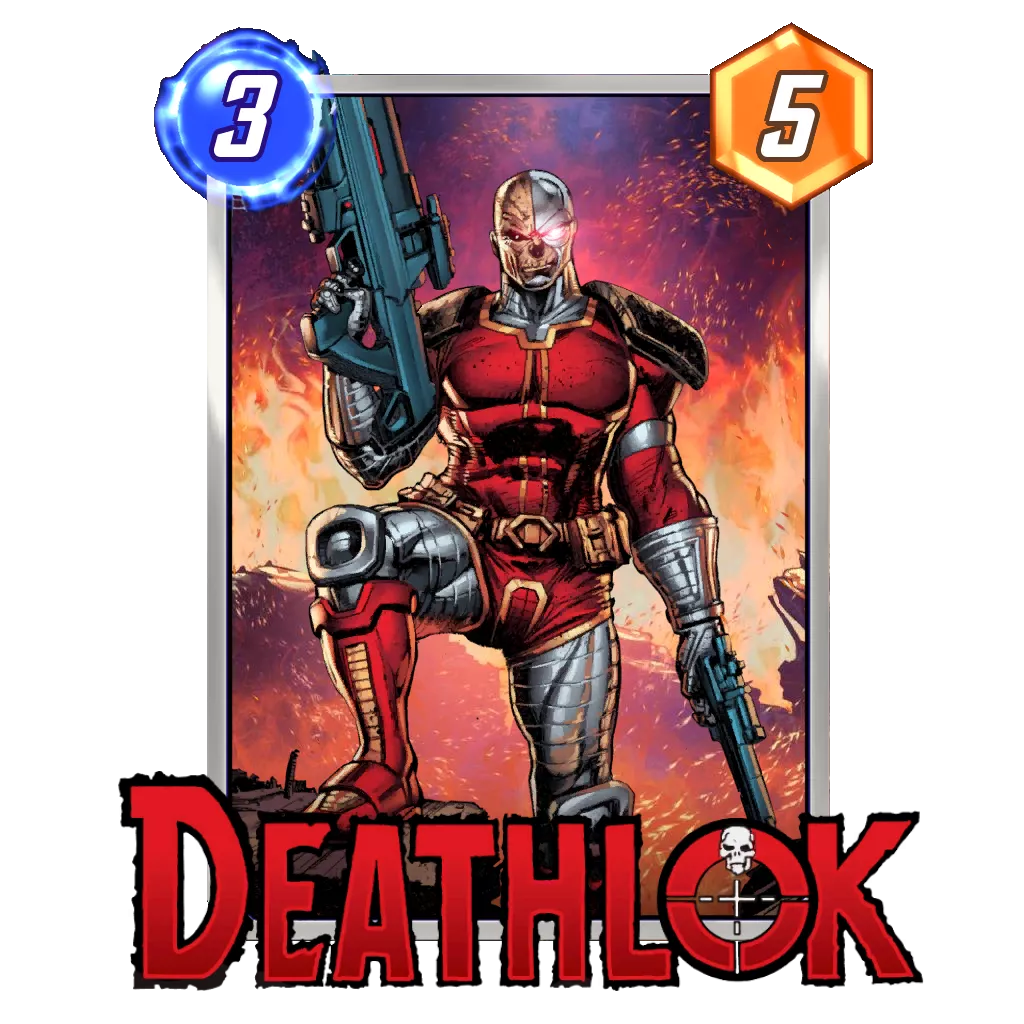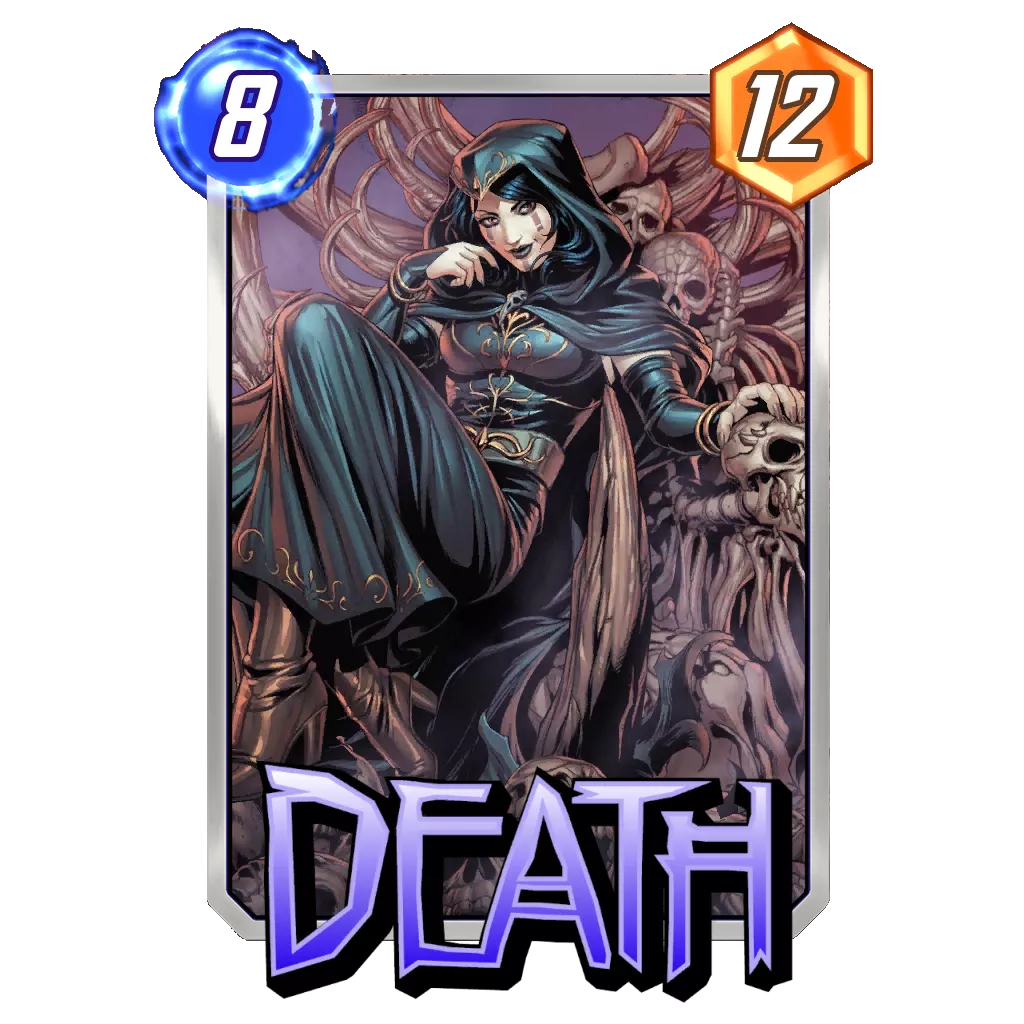Table of Contents
Welcome to our Marvel Snap Meta Tier List for Conquest mode! Each week, we review the best decks in the ever-changing Marvel Snap metagame. Then we bring you the decklists, and we provide an in-depth report about them. This report contains information like how their ranks are justified, how to play the decks, and how to build the deck with alternate cards to accommodate different collections.
Marvel Snap Conquest Meta Overview
As we make the most of this “break” week with no balance changes, decks have started to become refined without the worry of them changing soon. Conquest has been a great place to see what was and was not worth building around. Wave, in particular, appears to have regained a lot of the momentum she lost during the summer, as the card is part of all three Tier 1 decks this week. The card was naturally joined by Doctor Doom, her most popular pairing since the latter was unnerfed at the end of August. Alioth almost made it as well, but that card doesn’t seem to benefit Evolved DoomWave so much, and America Chavez has remained part of the best performing build. Still, the first lesson we can take from looking at the dominating decks is that one should have powerful cards at the top of the curve, as combo decks don’t seem to have such a good environment to abuse right now.
Going past this trio led by Wave and Doctor Doom, Tier 2 decks feature a ton of diversity. Six decks broke the 55% Win Rate barrier this week. Shuri, Loki Collector, and Galactus were expected to be there, but it’s pretty surprising to not see one or two of them in the higher tier. Alongside these three are two decks on the rise: Discard Dracula and Cerebro 5. Both have gained significant momentum lately, either thanks to buffs or a nice environment for the Move synergy. Lastly, we have Iron Patriot returning to the fray; it’s finally back on some players’ radars after being left for dead for two weeks following the Absorbing Man nerf.
If we look at the popularity of each deck, one might still consider Loki and Alioth to be too popular to call the metagame balanced. Indeed, Loki Collector, Ramp, and Galactus represent more than all the other decks on our list combined this week. Loki remains incredibly popular with a 17% play rate, and the next most popular decks are Galactus and Evolved DoomWave, both 9% below the Season Pass card.
Nevertheless, even with Loki Collector regaining a large part of the fan base it lost after the change to The Collector, it is a great sign to see other decks able to rise to solid play rates. This shows that there is interest from the community to create a much more diverse environment than we had in the past two weeks (when either Loki or Alioth felt alone in the metagame during their respective release weeks).
Happy Tier List, everyone!
Marvel Snap Conquest Meta Tier List
| Tier | Deck | Guide |
|---|---|---|
| Tier 1 | Evolved DoomWave | Guide 🆕 |
| Tier 1 | Ramp 🆕 | Guide |
| Tier 1 | Move DoomWave 🆕 | Guide |
| Tier 2 | Iron Patriot 🆕 | Guide |
| Tier 2 | Loki Collector 🔼 | Guide |
| Tier 2 | Discard Dracula 🔼 | Guide |
| Tier 2 | Galactus 🆕 | Guide |
| Tier 2 | Cerebro 5 🆕 | Guide |
| Tier 2 | Shuri Sauron 🔽 | Guide |
| Tier 3 | InSheNaut 🔽 | Guide |
| Tier 3 | Deadpool Destroy | Guide |
Disclaimer and Tier Explanations
Conquest is not played as much as the Ladder, so it is difficult to have a clear representation of the metagame in the game mode. Indeed, there currently is not enough data to precisely assess the power of each deck – even more so when the Proving Grounds have become the default unranked mode for Marvel Snap. Nevertheless, by scanning social media, looking at what players are having success with, and which decks are performing on Ladder, we can form an educated opinion about the best performing decks in Conquest, as well as those worth keeping an eye on.
This Tier List won’t be as detailed as the Ladder one; instead, it will focus on the very best decks right now and a few more worth keeping in mind (similar to the Silent Performers in the Ladder Tier List). I would rather keep this to a shorter list for now so I can provide a more in-depth reasoning, rather than a longer list that I would have to extrapolate on.
Tier 1: Very high Win Rate decks over the last week. These decks look great in the current environment, either because of their overall strength, or thanks to a few match ups they can abuse. Depending on which reason prevails, a deck in Tier 1 can be considered one of the best archetypes in the game, or a great counter to the latest trending archetype.
Win Rate > 60%
Tier 2: Strong decks that are either not completely refined or have a weakness holding them back from Tier 1. When everything goes according to plan, these decks can reach the top of the mountain. However, considering one has to win a lot of matches in a row to successfully run the gauntlet, it is unlikely one of these decks will not face a counter or a deck with a higher points potential that it will have to overcome at some point during a full Conquest run.
60% > Win Rate > 55%
Tier 3: Weaker synergies compared to Tier 1 or Tier 2 if we look at their potential or match up table. Tier 3 decks will typically be decks that can make the most of a metagame that has completely forgotten about them (or if one of their good match ups is particularly popular). As such, if we add in the surprise effect, these decks are able to compete against the best.
55% > Win Rate > 50%
No matter which Tier a deck is ranked in, keep in mind that they represent one of the Top 10 or 15 archetypes in the game for Conquest. Also, decks with less than 1% representation are left out, as their sample size is too small to give us a real representation of their strength.
Meta stats and analytics directly from our Marvel Snap Tracker can also be found here.
Tier 1
Evolved DoomWave
Rank Justification:
Established as one of the best decks in the game for a few weeks now, I was curious to see if the buff to Shadow King could limit how well a High Evolutionary deck would perform. It appears the change didn’t cause much trouble for Evolved DoomWave, which kept gaining popularity. It’s now up to 8% of the metagame, and the performance has remained stellar at around a 60% Win Rate.
It is difficult to find a lot to say about the deck to be honest. Evolved DoomWave has managed to be one of the few decks that consistently tops the rankings during September, while every other deck was heavily impacted by either Alioth, Loki, or a balance change. As such, the archetype feels fully refined at this point, and it should retain the top (or at least a Tier 1) position until something new happens. Mobius M. Mobius could be exactly that, but we’ll only know next week.
How to Play:
Similar to other High Evolutionary decks, Evolved DoomWave tries to create power while not spending all of its energy every turn. If you have Evolved Hulk in hand, one energy is worth two power, plus the other bonuses you would get from the cards you have on the board. If you have at least two of your four cards (Sunspot, Evolved Misty Knight, Evolved Cyclops, Evolved Hulk), it is usually worth looking for a play that leaves an energy to spare. Otherwise, Sunspot or Evolved Misty Knight alone are rarely worth the deal of one energy for one power.
More often than not, the turns you are likely to leave some energy on the table are Turns 4 and 5, which are typically dedicated to Evolved Cyclops and Wave, respectively. Turns 2 and 3 will depend on your hand, but you tend to play a 1-Cost, 1-Cost, 2-Cost pattern over the first three turns. Then, you will naturally float some energy on Turn 6 if you played Wave.
Outside of this signature High Evolutionary game play, the rest of the deck is centered around Wave limiting what can be done on Turn 6, which usually rewards the player in the lead. By that point, you have two options: go tall with Evolved Hulk, or go wide with Doctor Doom. Considering you run America Chavez, this choice is usually set in stone by Turn 4, or Turn 5 if you are still missing a key card. This makes it easier to craft a game plan where your big 6-Cost card can be at its best and seal the deal.
Another big strength of this deck is its ability to play into any kind of location and impact those that have been locked during the whole match. Indeed, with Jeff the Baby Land Shark and Doctor Doom, you can easily reach any location. Then, Sunspot, Evolved Misty Knight, and Evolved Cyclops are also able to impact a location after it’s impossible to play there, like after Professor X has locked it down. In that regard, knowing early on where your opponent might be playing some of their space limiting cards can have a big impact on the match.
Potential Additions:
Alioth is seeing play instead of America Chavez on occasion, but it seems like the added consistency is more important to the deck right now.
Ramp
Rank Justification:
Ramp is the best representation of the current metagame because it shows how the endgame is at the core of the meta environment. Through Wave, Alioth, and Galactus, the deck is able to mitigate a lot of the ground it loses early on, and it make the game about who can navigate the last two turns best.
In the past, the deck was considered too predictable because it was often forced to pick a play pattern early on and stick to it. One card per turn usually killed any ability to surprise the opponent. Then Alioth joined Marvel Snap and gave the deck the ability to cancel a full turn on its own, which is the perfect ability when you are limited to only one card.
As it stands, Ramp has kept the possibility of simply playing on curve for six turns, from Nebula up to Odin on your Doctor Doom, and just push for a points driven battle on all three lanes. However, if your hand doesn’t allow that, you could always take the Galactus option and then leverage Alioth or Leader on the remaining lane.
I have to admit I wouldn’t rank the deck this high myself, but the numbers for this week have been great for Ramp. Plus, such a straight-forward deck makes it pretty simple to figure out when to Snap and when to Retreat, which is a very important contributing factor to the deck doing well in Conquest.
How to Play:
The first three turns with a Ramp deck usually are very simple to figure out. Nebula, Jeff the Baby Land Shark, and either Electro or Wave is the default pattern (as long as locations do not open other possibilities). The defining moment is when you play Wave or Electro and pick what your late game will look like:
- Play Galactus and try to dominate on one lane.
- Play Doctor Doom or Leader, both of which are great with Odin as a follow up to make sure you get points everywhere.
In both scenarios, Alioth can really shine shine. Obviously, the card is seen as the best follow up to Galactus. But, as long as you can figure out which lanes are out of reach or don’t require more investment form the opponent, Alioth can destroy the opponent’s strategy.
One very important thing to consider in that second part of the game is priority. All of your cards are based on On Reveal abilities. With priority, you can remove Cosmo from the equation and destroy opposing cards before they reveal with Galactus or Alioth. You also make sure Leader and Doctor Doom aren’t tampered with if the opponent adds cards to your side of the board or changes a location. In order to seize priority, your first three turns are very important.
The Galactus plan will push you to invest everything onto the same lane, while the “go wide” scenario doesn’t want to see a full lane early in the match. In that sense, look to form a game plan as early as possible so that you have much easier decisions to make later on in the match.
Potential Additions:
Some decks are removing Galactus for Professor X, which is another way to limit the opponent’s playing ability to maximize Alioth (which can come down a turn earlier).
Snowguard is also seeing play at times because it helps you do more in the early game (and it synergizes with Devil Dinosaur pretty well).
Move DoomWave
Rank Justification:
If Ramp is the inflexible archetype that is looking to repeat the same scenarios over and over, Move tries to remain as flexible as possible. At least until Turn 5 when Wave comes in and limits the game so Alioth, Doctor Doom, or Aero can close the deal. Looking at the numbers, there isn’t much of a reason to prefer one or the other, so their popularity is likely based on someone’s preferred play style (or how easy they are to learn).
Still, if the past has proven anything, it’s that the more flexible deck usually withstands the test of time a little better. Indeed, Move is still waiting for a clear counter card to slow it down, as only nerfs have managed to take it down from its top rankings during August.
Now that the deck found a new package to abuse and no longer requires Legion or Captain Marvel, many are calling this deck the future best in the game.
How to Play:
Move DoomWave is looking to create points through the Move synergy during the first four turns. Angela and Kraven, in particular, will serve as the lane anchors by growing anywhere form six to ten power over the course of the match. Then, the deck can count on Silk, Spider-Man, and Miles Morales to add solid points for cheap in order to take the lead going into Turn 5. Apart from Silk dictating where you want to play, the deck aims to be as flexible as possible. In an ideal scenario, you want to start focusing on priority around Turn 3 or Turn 4.
At this point, the deck will look to use Wave in order to limit the match to one card. Feel free to pair it with any 2-Cost card you have available in hand. Then, just like the other decks in Tier 1, Alioth or Doctor Doom can come in and win the battle of “who has the best card to play on Turn 6.”
Aero is the flexible card in that late game pattern. It sometimes replaces Wave on Turn 5, but usually it’s to control where the opponent places their sole card on Turn 6.
Potential Additions:
Nebula is the flexible card in the deck, but it should probably be replaced with another 1-Cost card for stability. America Chavez could also be considered in that slot.
Tier 2
Iron Patriot
Rank Justification:
This is another archetype that benefits from Alioth and Doctor Doom at the top of the curve, except, this time, we have Iron Lad instead of Wave in order to maximize the value of the deck. Apart from these additions, the main reason we are seeing Iron Patriot make a comeback is because the deck does well into the three decks in Tier 1.
Indeed, it is almost impossible to wrestle priority away from the Forge, Brood, and Absorbing Man pattern, which means that builds looking to play Wave should not have their Alioth or Doctor Doom reveal first on Turn 6. That makes them open to the risk of those same cards ruining their day from the Patriot player’s side. Plus, with Patriot‘s buff to the Doombots, the deck is well equipped to keep the lead going into Turn 6.
Another point to note is the absence of Ongoing hate cards right now. Most decks are using Cosmo as their default tech card because of how strong the On Reveal synergies can be. This helps the deck play cards like Patriot and Iron Man proactively during the match without fear of them being heavily punished later on.
How to Play:
Ideally, this deck only has Turn 5 as a flexible option, and that is often where it plays Blue Marvel or Patriot. Otherwise, it is hard to deviate from this archetype’s go-to play pattern:
- Forge on Turn 2.
- Brood on Turn 3 (with five power thanks to Forge).
- Absorbing Man to copy Brood and create three 4-Power cards on Turn 4.
- Alioth or Doctor Doom on Turn 6. Patriot plus Silver Surfer can also be played here.
When this pattern happens, the deck is usually in the lead for most of the match and, therefore, possesses priority for the last two turns. This allows it to play the Turn 6 card, Alioth or Doctor Doom, in the ideal scenario with no worry of an opposing Alioth ruining its plan.
There are still a few things to keep in mind since this very anticipated scenario can be ruined by a few things:
- Cosmo counters almost any card in the pattern, and then the opponent will usually have priority going into Turns 3 and 4.
- Space will quickly fill on your side of the board – especially after Brood and Absorbing Man. Be careful not to lock yourself out of future plays.
- Outside this specific pattern, particularly Forge into Brood, the deck can quickly fall behind and be preyed upon by decks that are much stronger with priority available to them.
Potential Additions:
Wasp, Misty Knight, and Wave are the three most common inclusions. Considering how many decks are playing Wave right now, it doesn’t feel like this deck needs to include the card. Instead, it can focus on its own game plan and leave the disruption to the opponent.
Loki Collector
Rank Justification:
Although Loki is far from its top spot in the Ranked Ladder Tier List, the deck feels like the only one that is able to face Alioth and Doctor Doom on even ground. But, while the Ladder allows much more flexibility regarding the match ups you want to play against, Conquest has a much more narrow field. There’s also much more Galactus and Wave going around, which results in Loki not seeming as broken as it can be on the Ladder.
In those match ups, the deck needs to find Loki early on (often with The Collector or Quinjet as well) so it can change its game plan and steal the opponent’s patterns. Otherwise, Wave tends to be quite punishing, and the opponent knows exactly which lane they should not invest into thanks to The Collector‘s low cost.
Nevertheless, I would consider the gap in this week’s rankings to be despite this deck, not because of it. Indeed, even though Loki Collector did not break the 60% Win Rate barrier like other decks did, its power level feels much closer to the archetypes above compared to the ones left on our list.
How to Play:
Centered around its two signature cards (with support from Quinjet), Loki Collector aims to build a lot of points on two lanes while keeping as many options as possible open for later on. Indeed, if you commit too hard, you might lack the space required for the cards Loki generates, or you might let your opponent know too much about your potential. Speaking of potential, the deck creates many cards during the match, so its biggest strength is keeping the opponent in the dark as to what they should expect. It could be a disruptive card, a big bomb created randomly, or Legion to change the locations in play.
Early on in the match, the deck will set up its anchors, which are usually Angela and The Collector. As direct support to these two, you have all the cards at three energy or less that will generate cards or simply grow Angela. While you can use a lane as a bit of a dump for Cable, Snowguard, Quinjet, and Mirage, these cards represent a not insignificant amount of points. Keep in mind that Angela and The Collector could very well challenge a lane on their own if you support them enough, which means you can use some of the space in their locations for cards with minimal contribution to your end game score.
Depending on your opponent, the timing of your Loki will vary. If their deck is expensive or runs a lot of counters to your primary plan, you might want to switch early on and create a new game plan with their cards. Otherwise, Loki can be played on Turn 5 to grow The Collector and open a very flexible Turn 6.
One of the biggest upsides of this deck is its ability to always find new options and play patterns. As such, it is really important to set your mind early on whether you are looking to play with the cards in your deck or trying to generate a new way to achieve victory. Legion, in particular, is a card that will impact your decision to change your hand or not. It is expensive, but it can represent an alternate way of winning the match.
If you still have not drawn Legion by Turn 4, you might want to make the switch and have the option to play Legion if you draw it. If you already have Legion in hand, you need to decide which path you will prioritize. You can’t play Legion and play Loki in time to use the cards copied from the opponent’s deck.
Potential Additions:
The core of the deck is looking fairly set in stone at this point. Still, Jeff the Baby Land Shark, Cosmo, and Legion could be considered strong standalone cards and changed for something else if you want to target a specific match up.
Discard Dracula
Rank Justification:
The increased performance we saw on the Ladder appears to have transferred to Conquest for Discard Dracula. However, the deck suffers from the same problem as Loki: a lot of Wave and Galactus decks to beat (even if the metagame is slowly changing as we speak). Swarm has sometimes become more of a liability and can’t be leveraged too much because it could ruin your Dracula later on. This limits the deck’s ability to abuse cards like MODOK and Colleen Wing.
Still, with Hela Tribunal gone since Alioth joined Marvel Snap, the Discard synergy still has a proud representative in the top ten.
How to Play:
Entirely centered around the Discard synergy, Discard Dracula aims to create a ton of points on all three lanes while mixing in a touch of disruption. At the core of the game plan are Dracula, Morbius, and MODOK, three cards that are responsible for points and have the strongest abilities in the deck. The other nine cards could be considered support since they either provide discard or are a discard target themselves.
When playing this deck, a proactive mindset is crucial to succeed, as you can’t really afford to slow down the pace during a match. If you do, your points potential will immediately suffer from it. And points are the only weapons this deck fights with. This requires a good anticipation of your points total in order to project yourself into what the deck will be able to develop. Also, figuring out your play patterns early gives you time to consider which disruptive cards your opponent could use against you and help you time your Snaps.
When it comes to putting up lots of points, here are the common combinations for the deck:
- Dracula plus Apocalypse. Here, Lady Sif is great because it will target Apocalypse every time.
- Morbius plus MODOK. Swarm, Wolverine, and other discard fodders are perfect for your MODOK turn.
- Daken plus Silver Samurai. Although it is fewer points, it helps disrupt the opponent at the same time.
- Colleen Wing plus Swarm. If you can guarantee this discard, it opens explosive plays with 0-Cost cards later on.
Potential Additions:
Silver Samurai is probably the flexible card, with Gambit or Sword Master as the likely replacements depending on what you want to achieve.
Absorbing Man is still an inclusion in several lists, but the combo approach doesn’t seem to work well in the current metagame.
Galactus
Rank Justification:
It already looks like Galactus is suffering from too much popularity. The deck is a clear notch below the more flexible strategy that revolves around similar limiting concepts. Still, even if Ramp is probably the deck you should pick up if you like Galactus, this archetype does a better job at playing around Galactus specifically. If you find some match up where you think this sole win condition is the clear best path to victory, Galactus remains a decent option to explore.
How to Play:
This deck can follow two paths to achieve victory: either try to win two lanes, or play Galactus and win the remaining one.
If you look to win two, the basic pattern will usually be to use Professor X on Turn 4 on the lane with Nebula and Electro to secure that location. Then you can play Wave, Hobgoblin, or Iron Lad to set up the second lane, and you have Alioth secure it on Turn 6. Even with Electro in play, Jeff the Baby Land Shark is playable as your second card in a turn.
The pattern to win one lane is very similar, except Alioth serves to win the remaining one after playing Galactus on Turn 4 with Wave or Turn 5 with Electro. Then, the important part of the plan is to set up your signature card and seize priority if possible since it helps to make sure Galactus will reveal safely.
While both plans look too simple to work consistently, the fact that they both look very similar early on is a huge upside to pulling either of them off. Typically, you will play on one lane only in the first three turns, with Nebula, Jeff the Baby Land Shark or Daredevil, and Electro as the go-to starting pattern. Then, depending on your hand and what the opponent played, you can decide if you want to lock that lane with Professor X or play Galactus on another one.
Potential Additions:
Snowguard was played over Vision earlier this week. Orka is another popular card among the best 6-Cost inclusions.
Cerebro 5
Rank Justification:
After a solid showing on the Ladder towards the end of last week, Cerebro 5 saw a surge in popularity that helped us asses the archetype a little bit better. As it stands, the deck is great for beating Galactus (or any other deck with very important placement synergies). The problem, however, is these decks are already losing popularity, with more flexible options replacing them at the top of the rankings. With that in mind, it is only logical to see Cerebro 5 closer to the bottom of the top ten rather than fighting for the top spot.
Nevertheless, as long as both Alioth and Doctor Doom are five power cards, I don’t see this archetype ever being bad. These two seems to be able to support any kind of core among the best decks in Marvel Snap.
Also, this might be the first time Move has had two different archetypes featured this high in our Tier List. Sure, it’s supported by the current best package in the game in Wave, Alioth, and Doctor Doom in both cases, but it shows that Move is a solid synergy to consider when building a deck.
How to Play:
Cerebro 5 aims to build a lot of tempo through the first four turns. It does this by using all of its five power cards in order to get the lead and seize priority for the last two turns. Then, it will look to play the classic Wave into Alioth or Doctor Doom package. The emphasis with this deck should be to not waste any energy from Turn 2 through Turn 5 and develop as much power as possible before playing Wave.
Another upside of this deck is Cerebro not being a mandatory card to play. The natural five power of every card in the deck helps create enough power to challenge a lane most of the time. As such, Cerebro becomes more of a back up plan in case you don’t find Wave. That way you still have a very powerful Doctor Doom on Turn 6, and you should have enough power to keep priority against an opposing Wave.
Lastly, you have a bit of disruption available to you in the mid-game with Polaris, Spider-Man, and Negasonic Teenage Warhead. Even if these three are mostly used for their power, the ability to move or destroy opposing cards can sometimes turn a situation around or lock the opponent out of their preferred play patterns.
Potential Additions:
Jean Grey and Stegron are competing with Negasonic Teenage Warhead for the last spot in the deck. You could consider removing Wave and doing something similar to Iron Patriot (i.e. expecting the opponent to play the card often enough for it to not be needed in your twelve cards).
Shuri Sauron
Rank Justification:
The prevalence of Wave has push the Shuri Kitty build out of the way for now, and both Alioth and Galactus have been very difficult for Shuri to deal with. Indeed, if the lane with Armor is quite simple to win for the deck, the other lane can be a pain – especially now that Taskmaster is often very risky to play.
As such, against an opponent who would just abandon the lane you played Shuri on to focus on the other two, the last turn where the deck wins over the second lane is, at best, a gamble for Shuri Sauron.
How to Play:
Shuri Sauron is based around the idea of cancelling negative Ongoing abilities with Sauron and abusing Shuri to create a huge amount of points. In that regard, the deck is very rigid in the mid-game since Turns 3, 4, and 5 are almost always the same: Sauron → Shuri → any card worth doubling the power. Often times, Turn 2 will also be dedicated to Armor as a way to prevent an opposing Shang-Chi from ruining your plans. Speaking of Shang-Chi, Vision is another way to play around it, as hitting a moving target isn’t so simple.
This leaves only Turn 1 and Turn 6 to be truly flexible, with Nebula or Zero taking up the 1-Cost slot and Taskmaster usually being the default Turn 6 play alongside Ebony Maw.
If this very straightforward approach can lead to a ton of points on two lanes, it also often doesn’t equate to a lot of cubes. Indeed, unless you are Snapping aggressively, the opponent can see the points coming and will rarely stay in the game once you show Shuri (and they can’t handle it). This creates two important factors to take into consideration when playing Shuri Sauron:
- You have to accept Snaps early in the game, especially when Sauron and Shuri show up.
- You need to find lines of play even when you don’t have the best play pattern with the deck, especially when the opponent does not Snap. Even without Shuri, the deck can develop a solid amount of points, and Enchantress is able to steal a few wins.
The last important point to cover is positioning, especially when you don’t draw into Sauron or Shuri. Indeed, while both cards will dictate a lot of your strategies, there are other pairings to know about:
- Nebula and Armor is nice against Killmonger, and you could even follow it up with Ebony Maw if you don’t expect Sauron to show up.
- Enchantress can cancel the abilities of Lizard, Typhoid Mary, and Red Skull.
- Taskmaster into an unprotected card is better to play with priority. On the contrary, if the target can’t be destroyed, playing without priority protects Taskmaster. Position your cards in order to gain or lose priority depending on the situation.
- Invisible Woman allows you to hide Taskmaster so it copies your last played card on Turn 6 (or the card that reveals before it behind Invisible Woman). This is a great way to lose priority and make an opposing Shang-Chi worthless.
Potential Additions:
Enchantress is the thirteenth card in the deck, and it usually replaces America Chavez or Nebula.
Tier 3
It just isn’t a good time to be a combo deck right now. InSheNaut has suffered a huge blow to its Win Rate because it is unable to adapt to the Wave, Alioth, and Doctor Doom metagame.
Destroy has joined InShetNaut in Tier 3, and it still struggles to meet its full potential. Wave limits Deadpool pretty effectively, while Cosmo gained a ton of popularity in this On Reveal-based environment.
InSheNaut
Deadpool Destroy
Closing Words
Until someone manages to break the mold, it feels like the Wave, Doctor Doom, and Alioth trio is bound to dominate with only Loki in its way. Soon, Mobius M. Mobius will join the game, and that could be the solution to the Wave problem. It protects your cards from being set to four energy and also impacts Loki‘s reduction in the process.
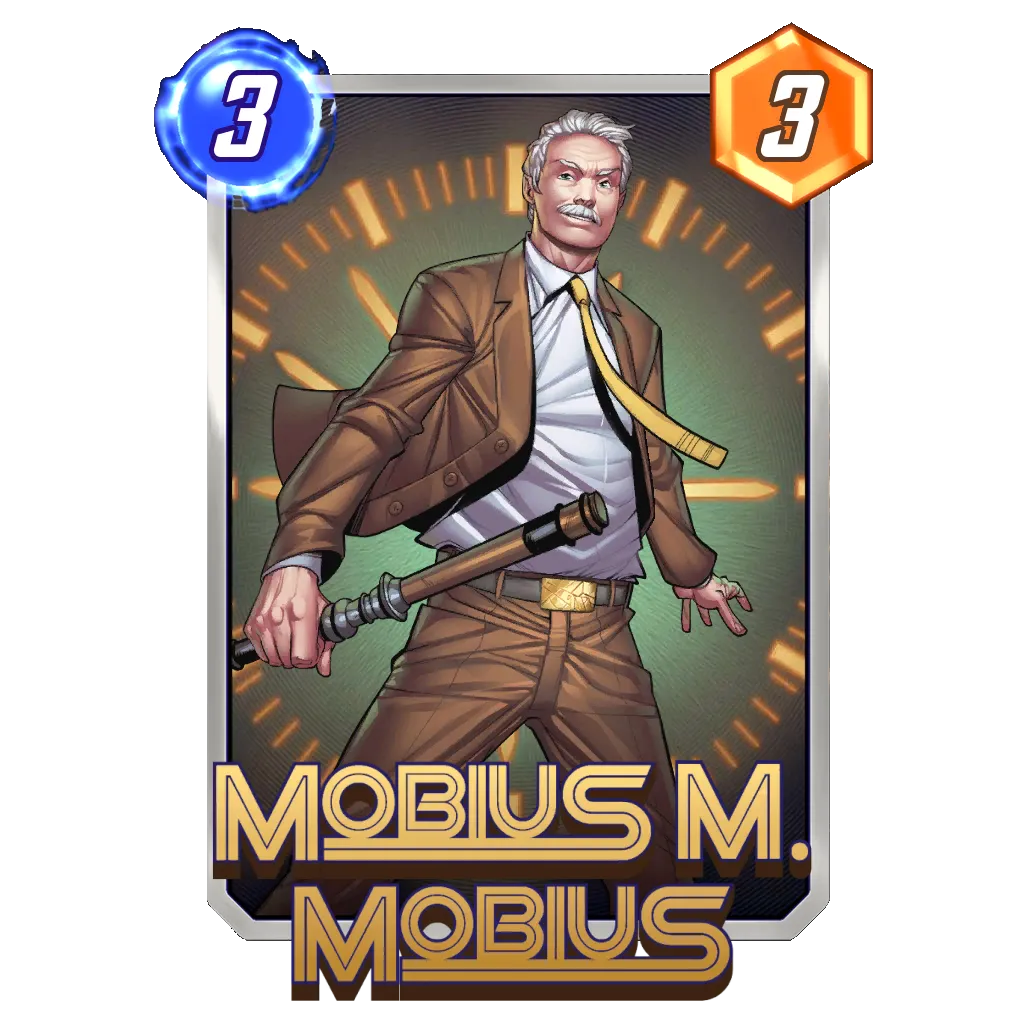




If the card is as good as everyone expects it to be, it could completely change the landscape of the current metagame and impact all of this week’s Top 5. It might also not do enough, as most of those decks could function without Wave (just like Iron Patriot is doing) and play Mobius M. Mobius themselves.
Until then, it feels like not much else has to be said. I will keep it quick and wish you a great time in Marvel Snap! As usual, if you need anything, you can find me on the Marvel Snap Zone community Discord, or follow my Twitter page where I share decks and biased opinions about the game.
Good Game Everyone.

⭐ Premium
Enjoy our content? You can Support Marvel Snap Zone and your favorite content creators by subscribing to our Premium community! Get the most of your Marvel Snap experience with the following perks for paid membership:
- No ads: Browse the entire website ad-free, both display and video.
- Exclusive Content: Get instant access to all our Premium articles!
- Meta Reports: Exclusive daily meta reports, such as the Ultimate Card Metrics Report, Top 10 Decks of the Day, Top 30 Cards, and Top Card Pairs tailored for you!
- Team Coaching: Join our free weekly team coaching call sessions on the Discord server. Claim your Premium role and gain access to exclusive channels where you can learn and discuss in real time!
- Premium Dashboard: Get full instant access to the member-only dashboard, the all-in-one page for all your benefits.
- Support: All your contributions get directly reinvested into the website to increase your viewing experience! You get also get a Premium badge and border on your profile.
- Special offer: For a limited time, use coupon code SBYREX4RL1 to get 50% off the Annual plan!
























